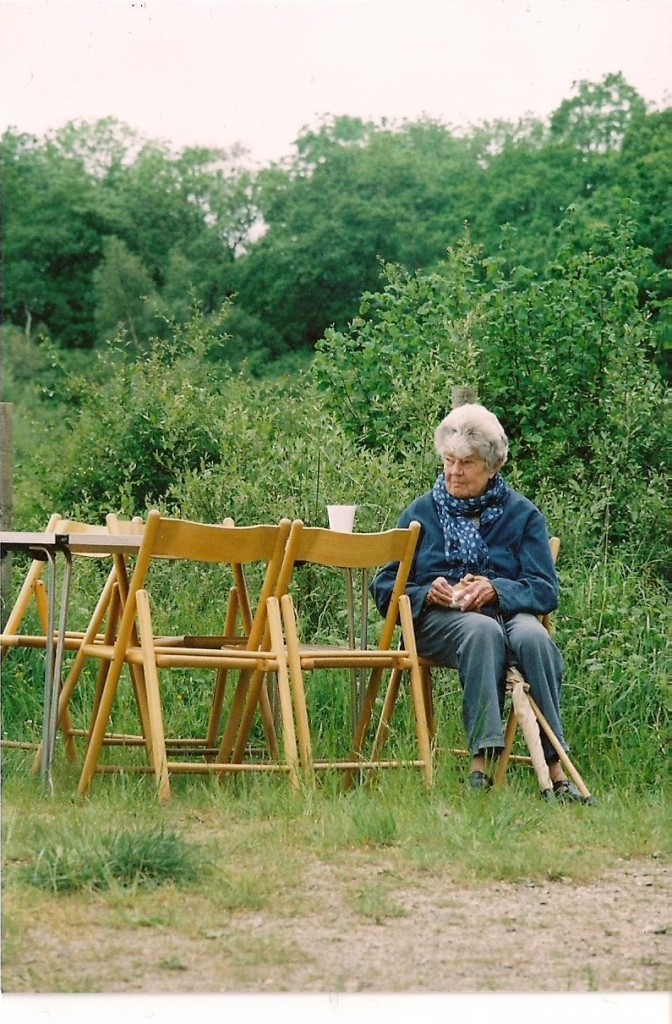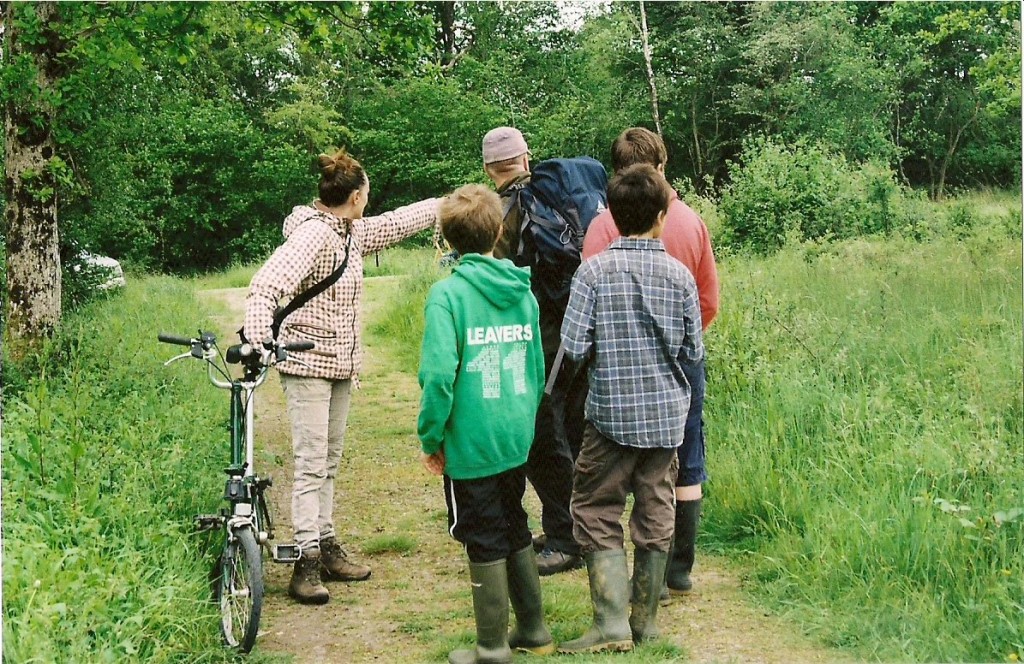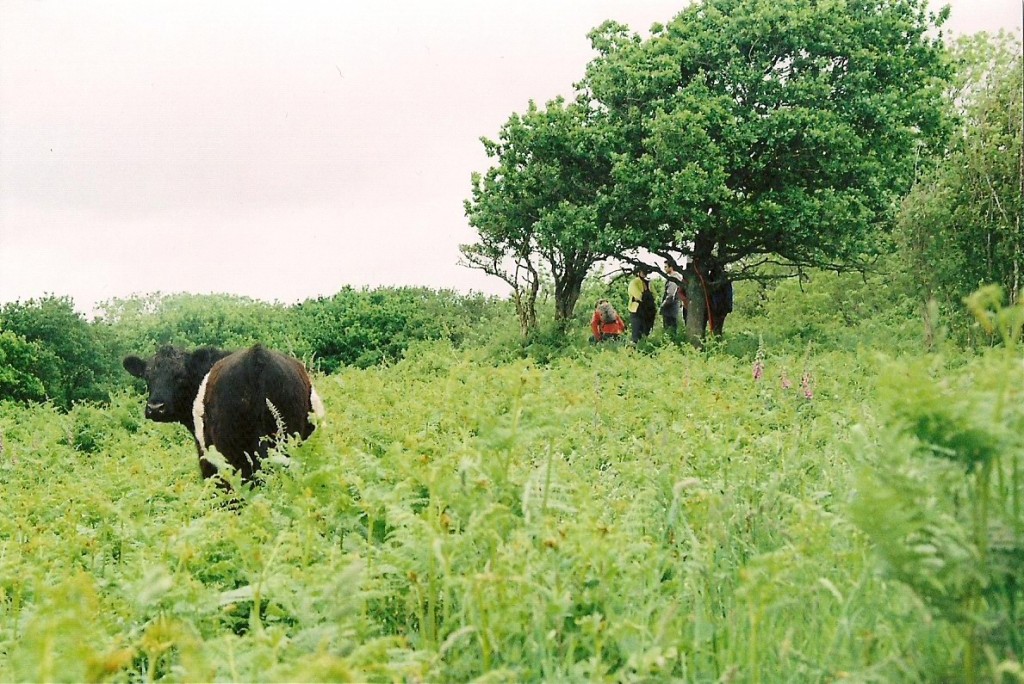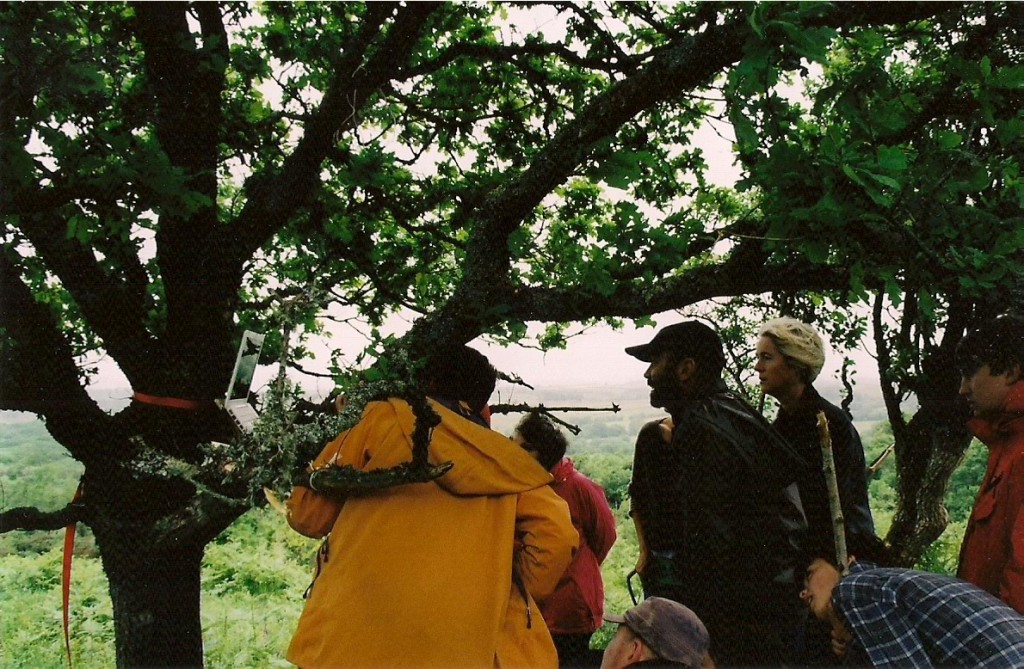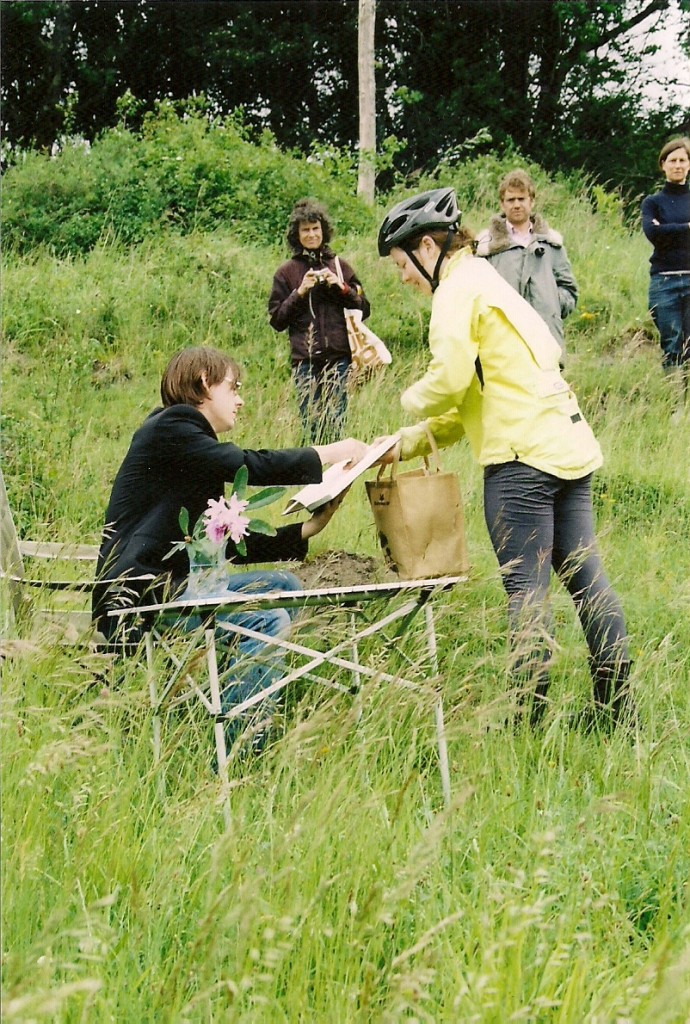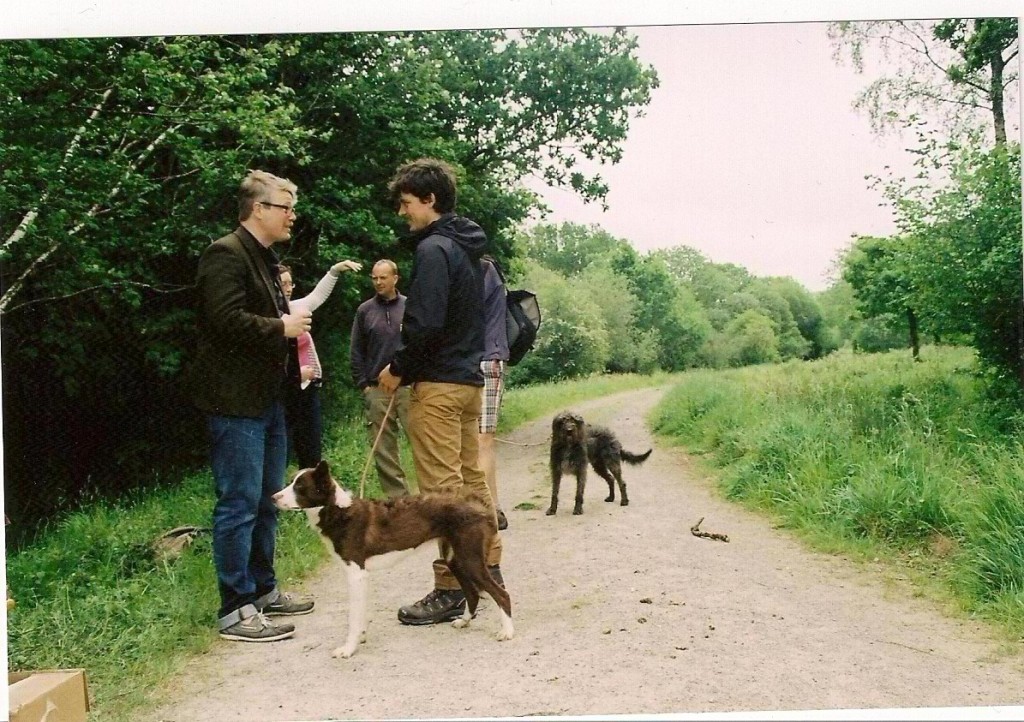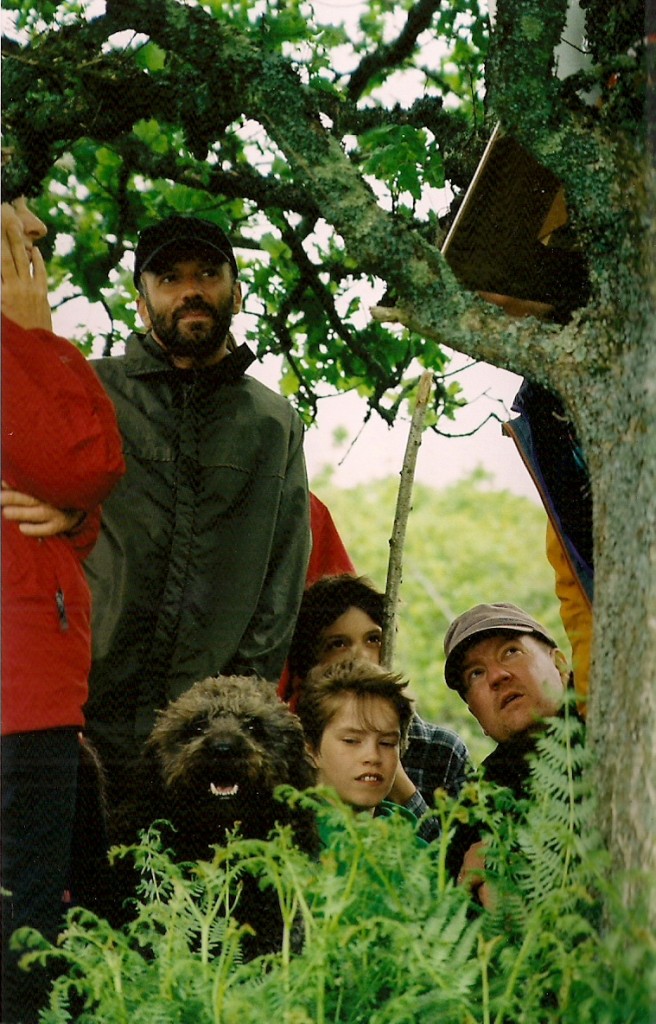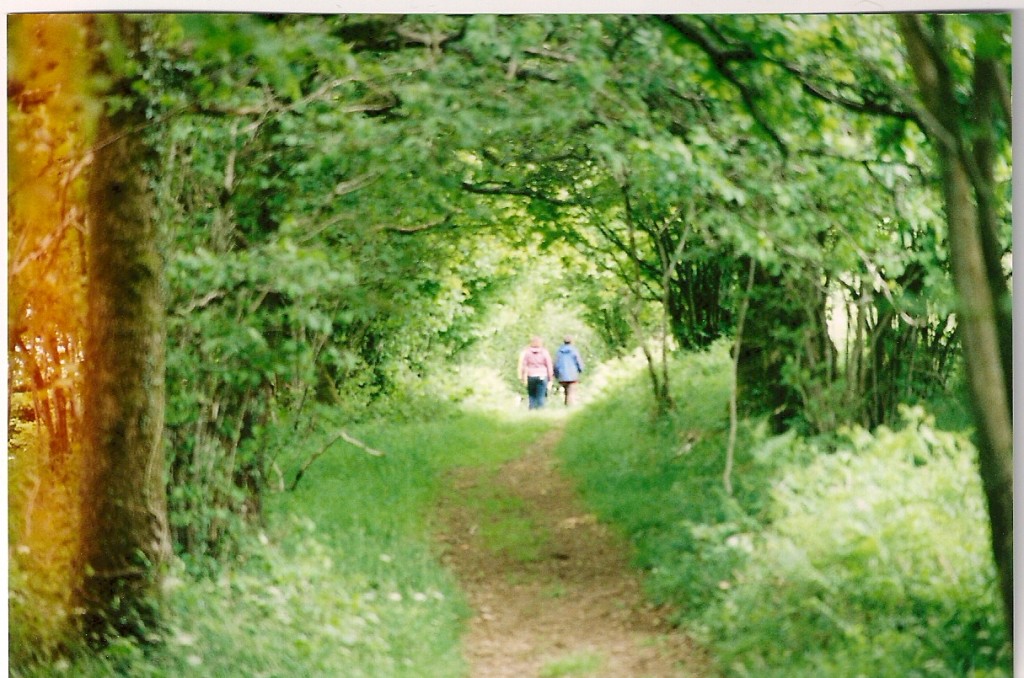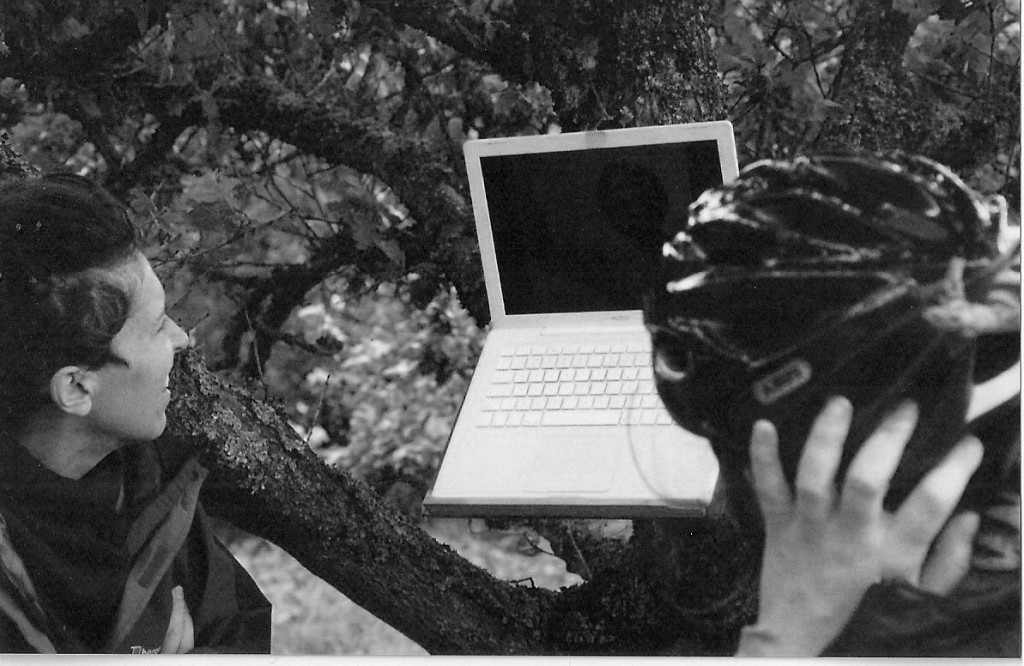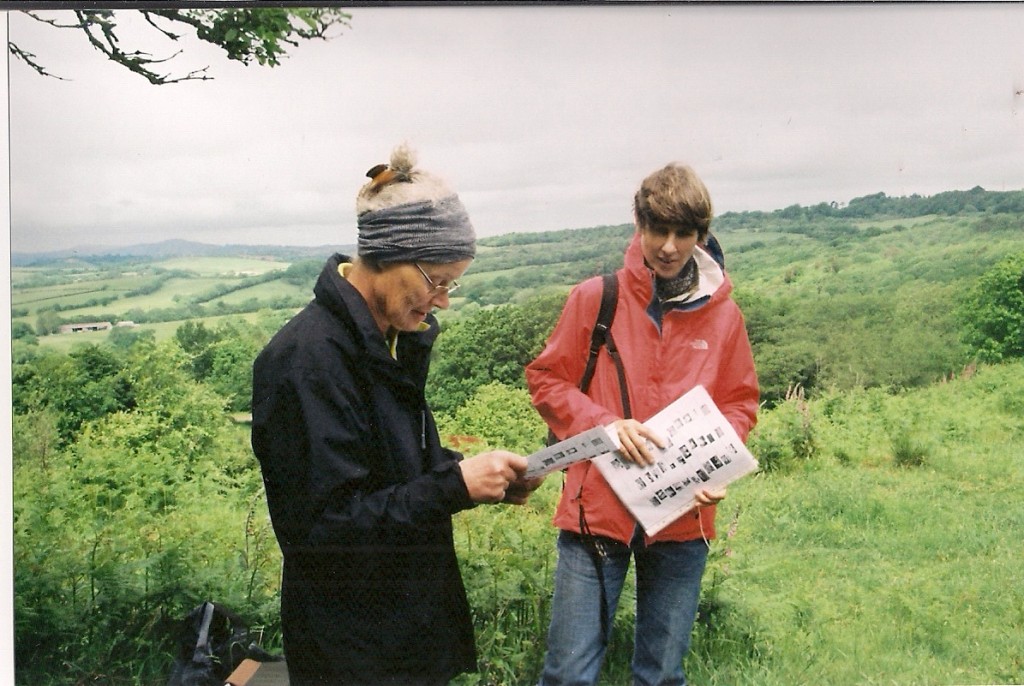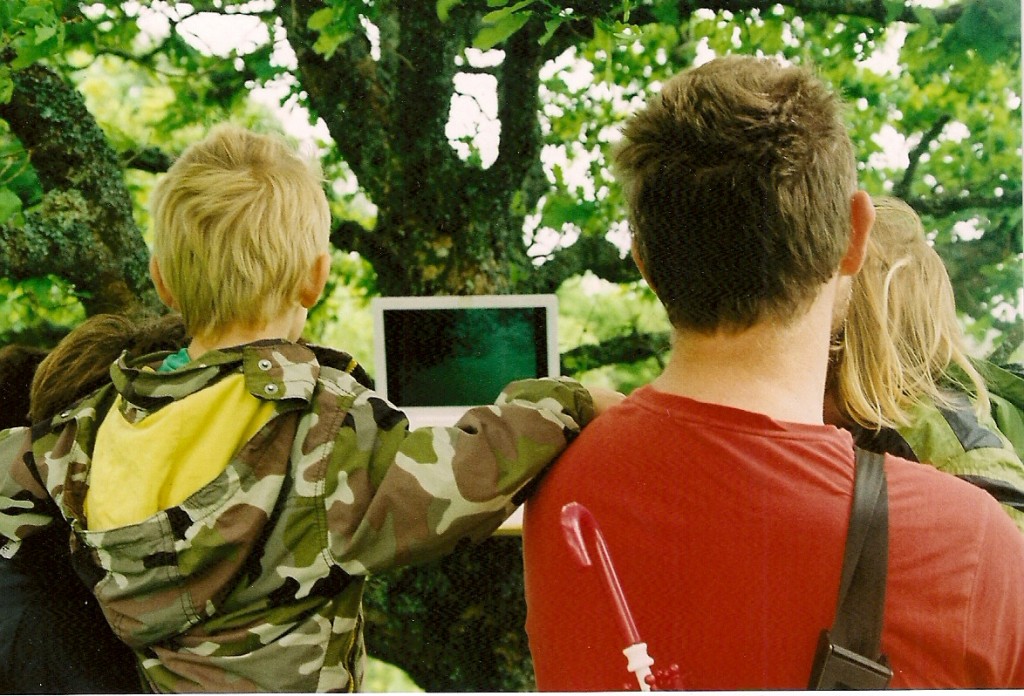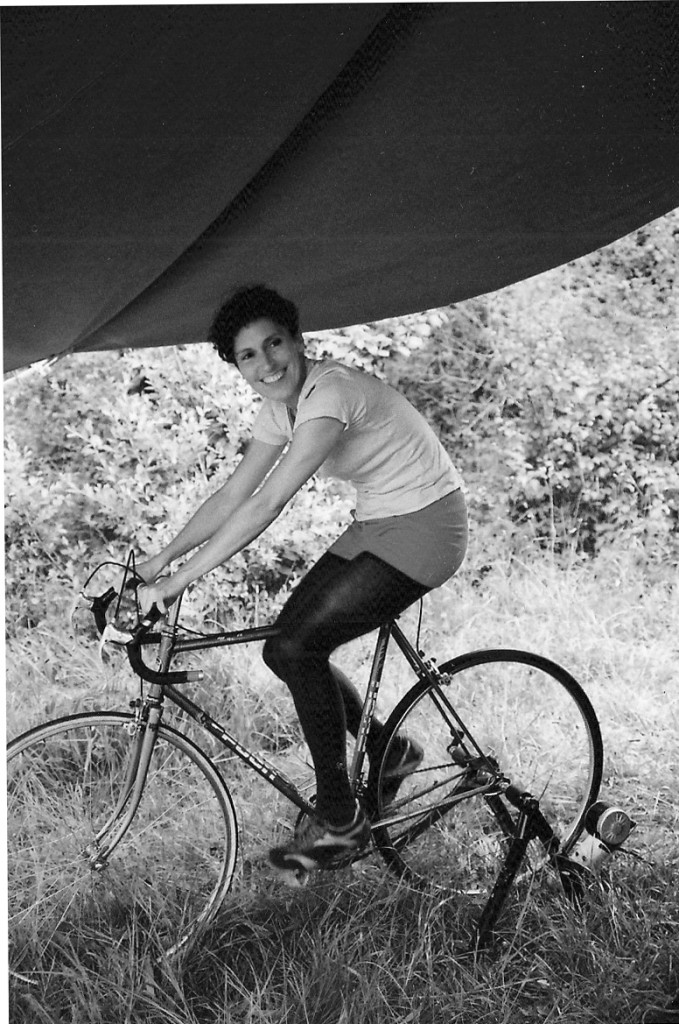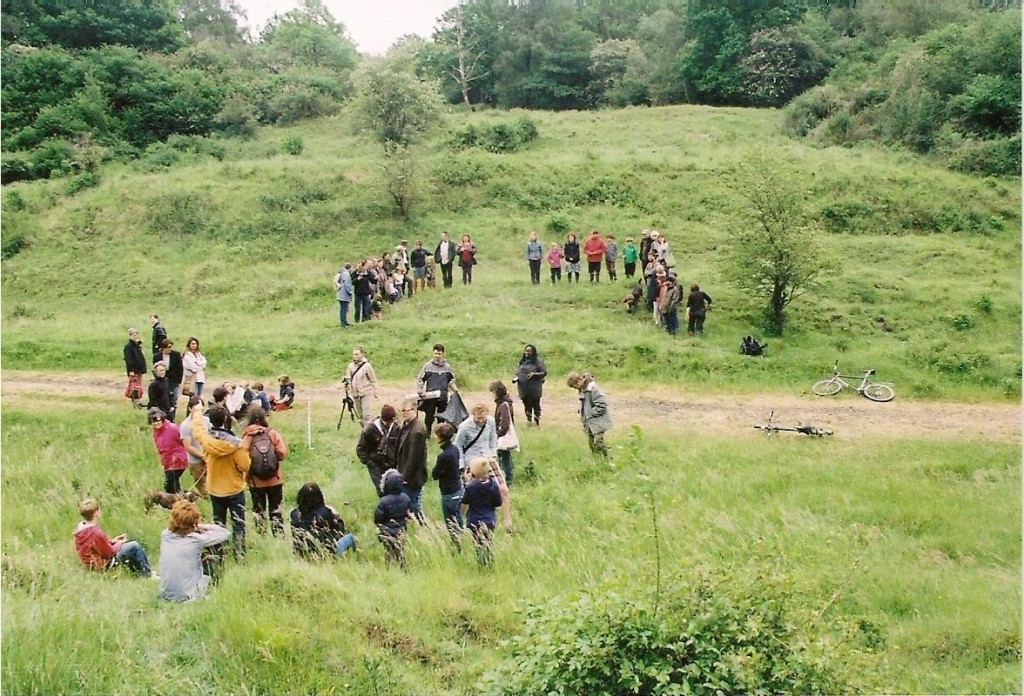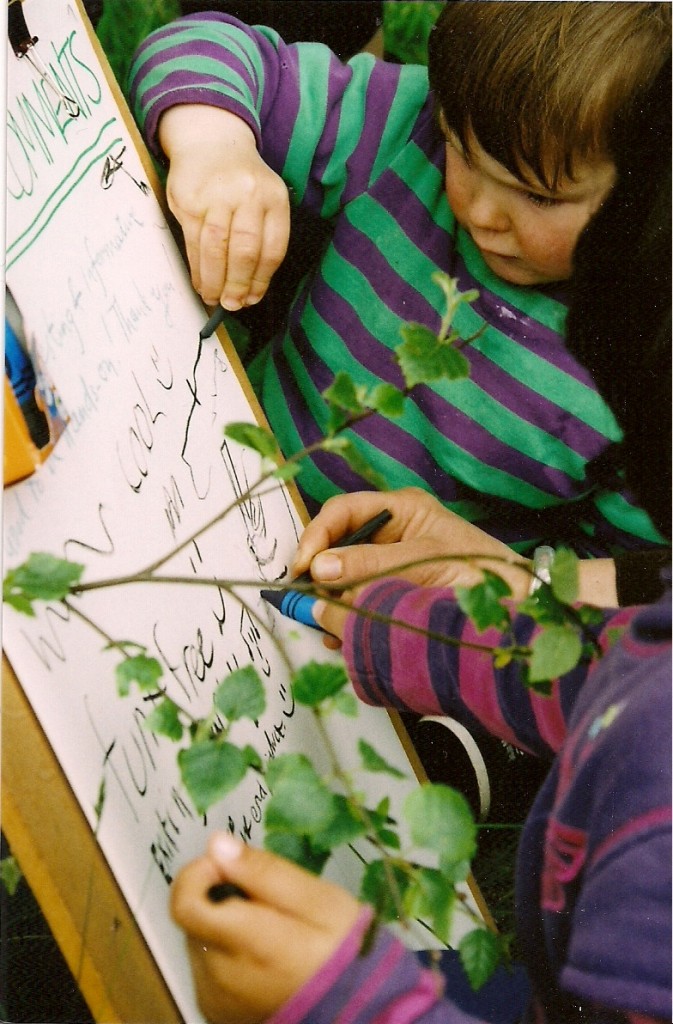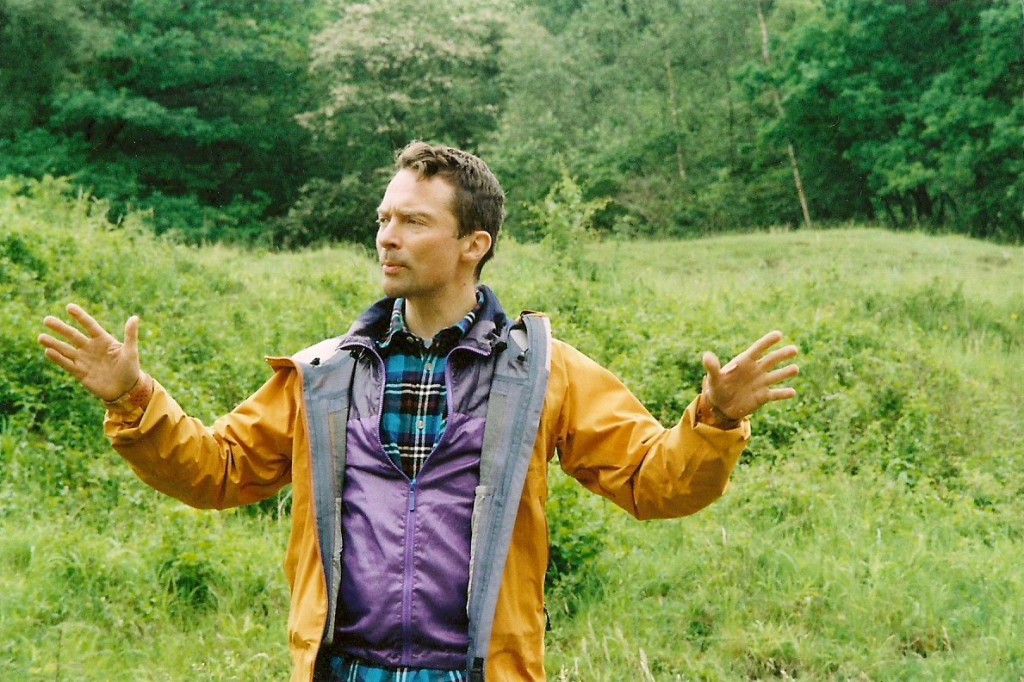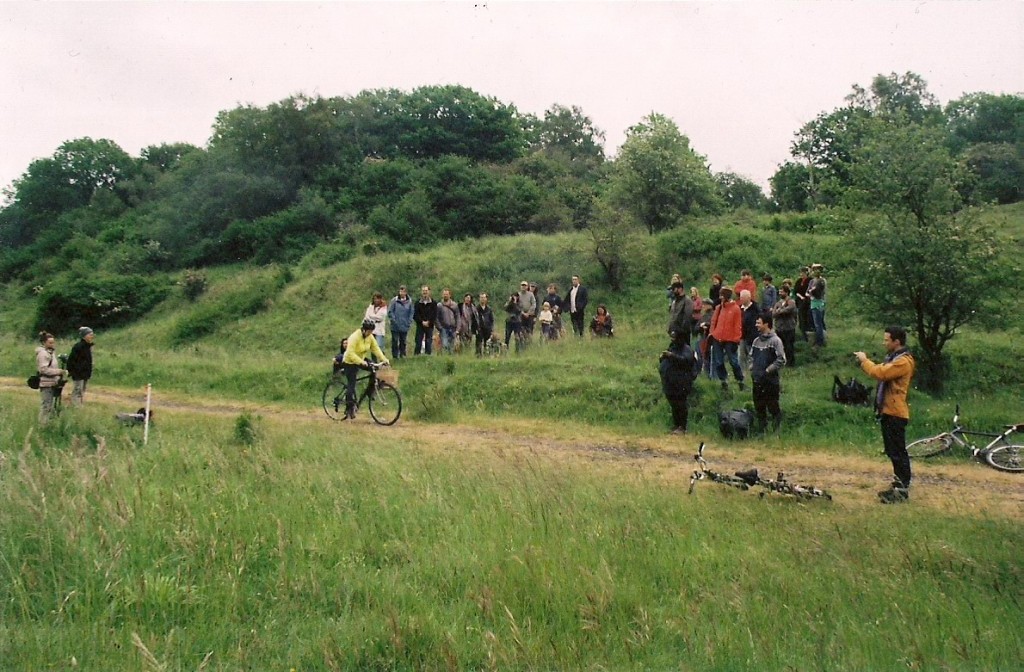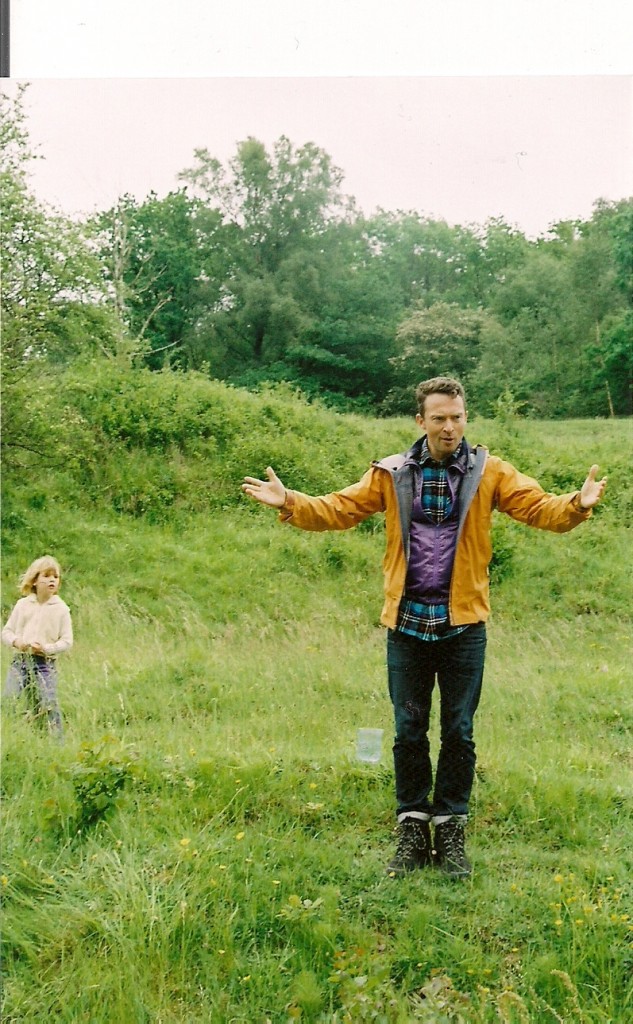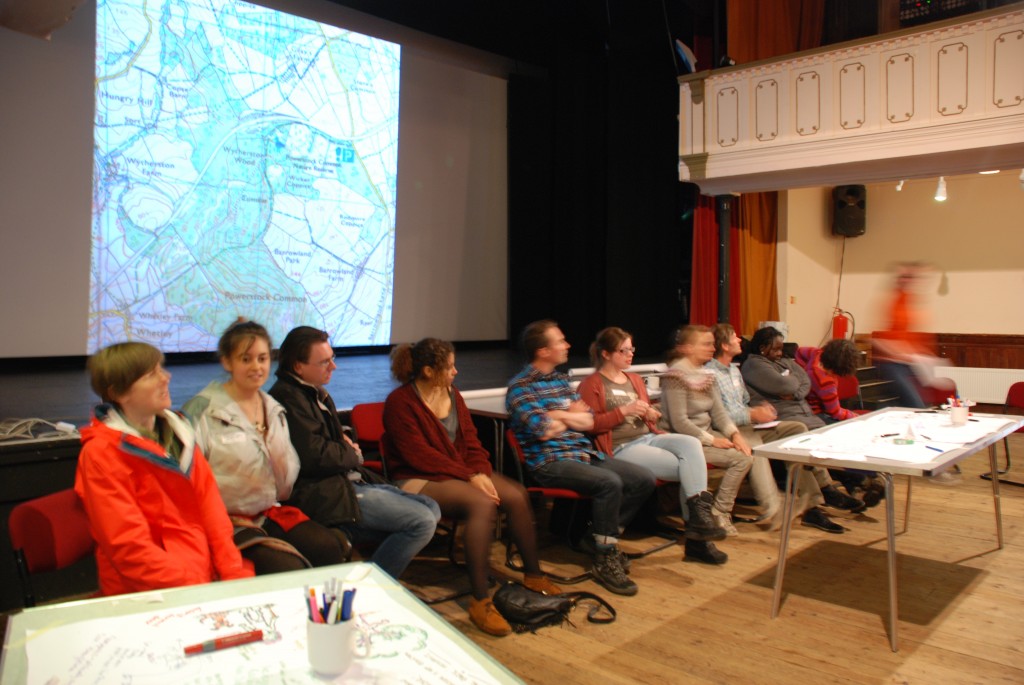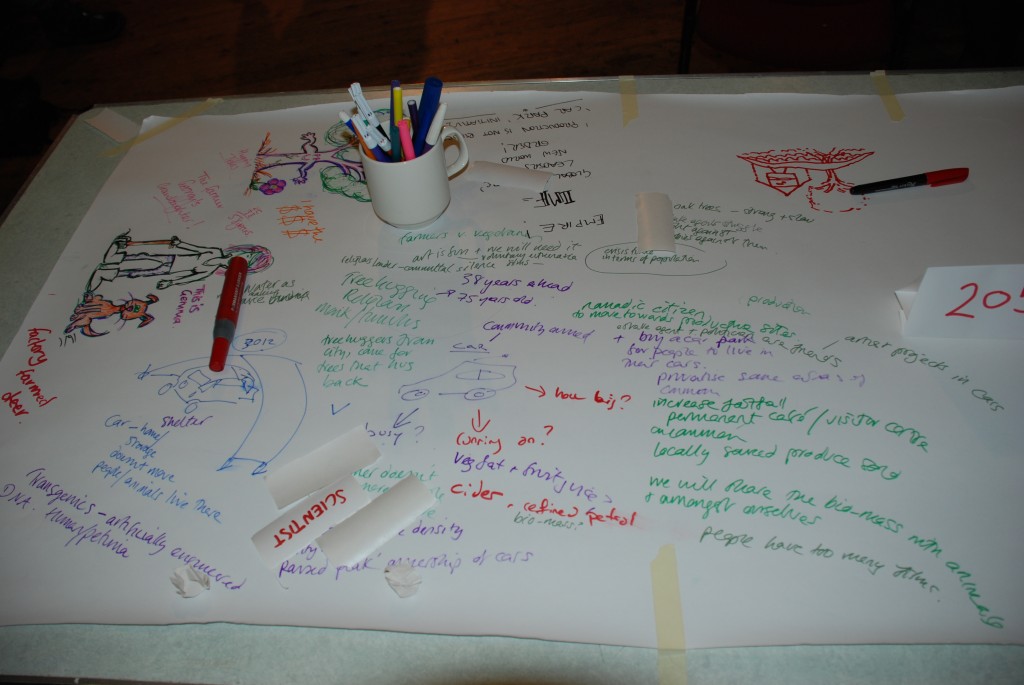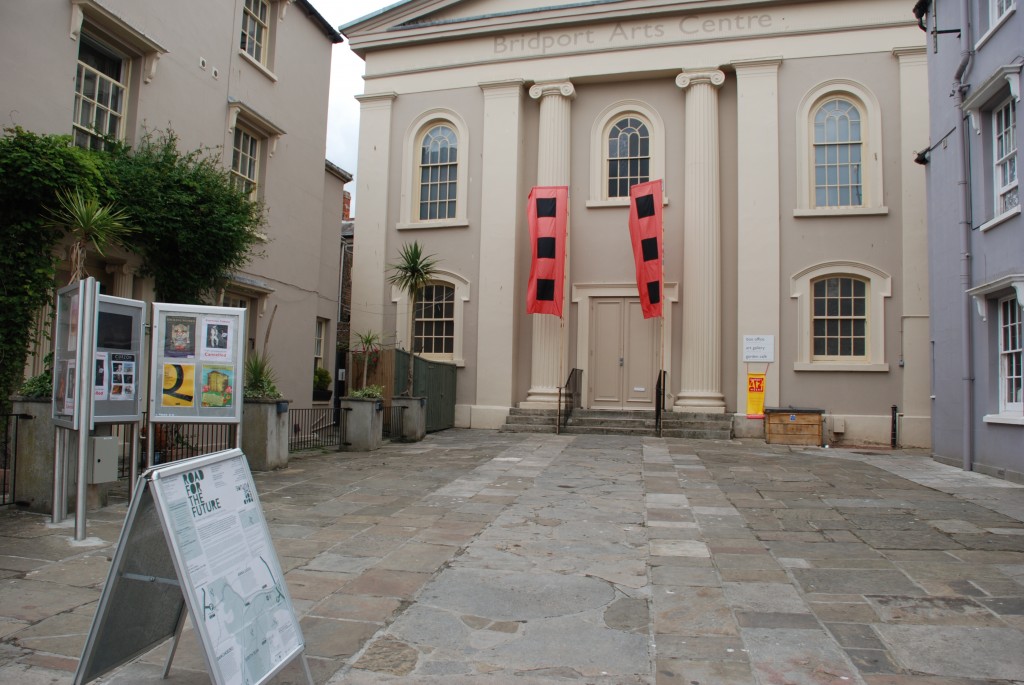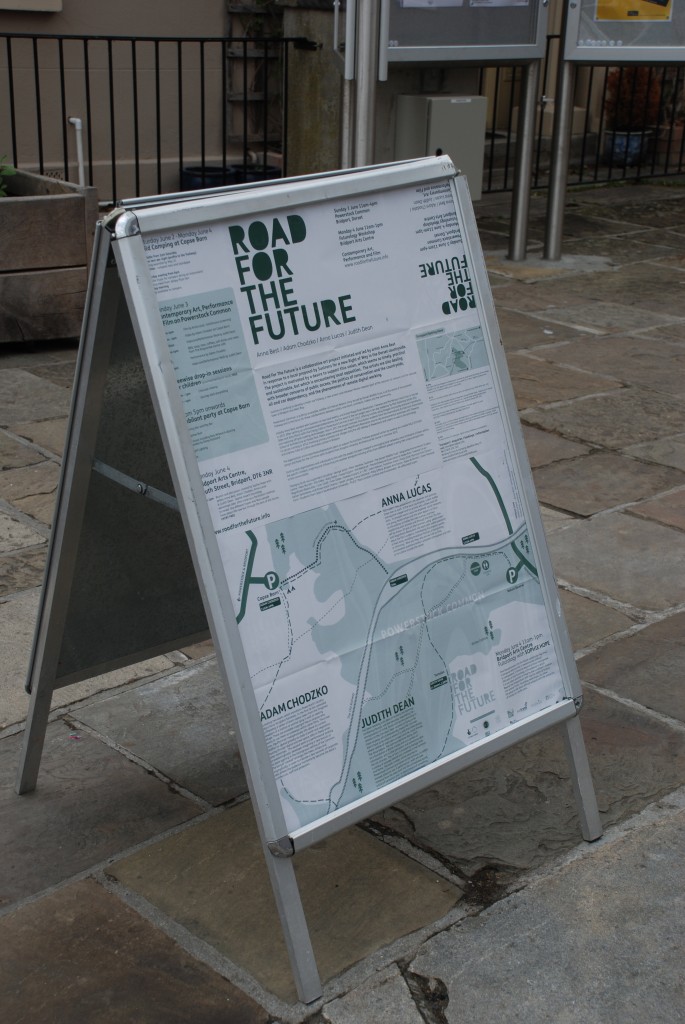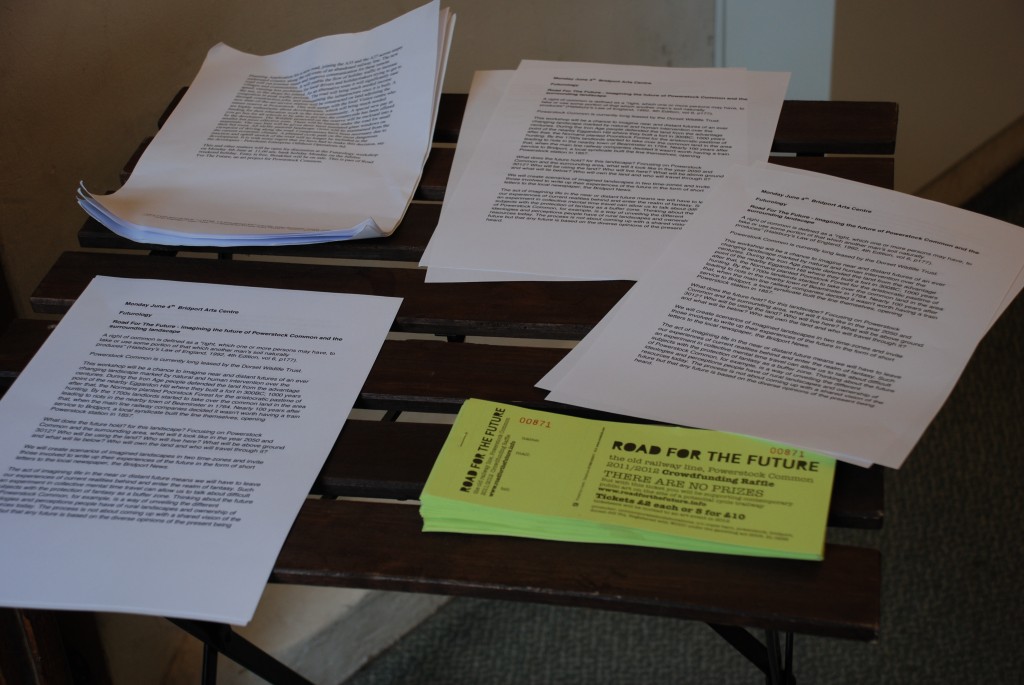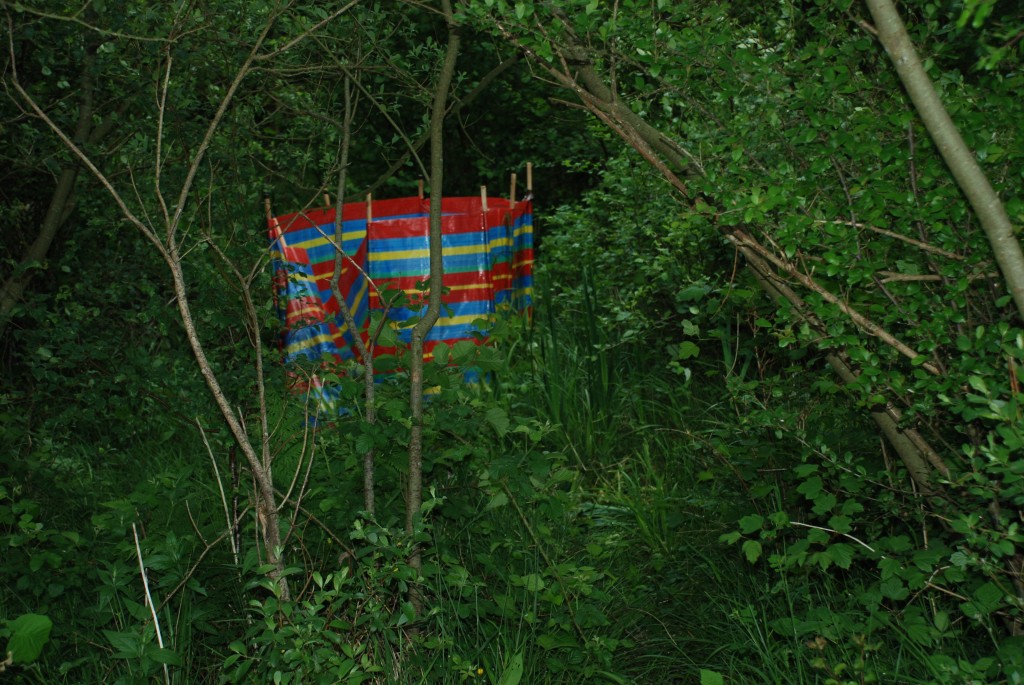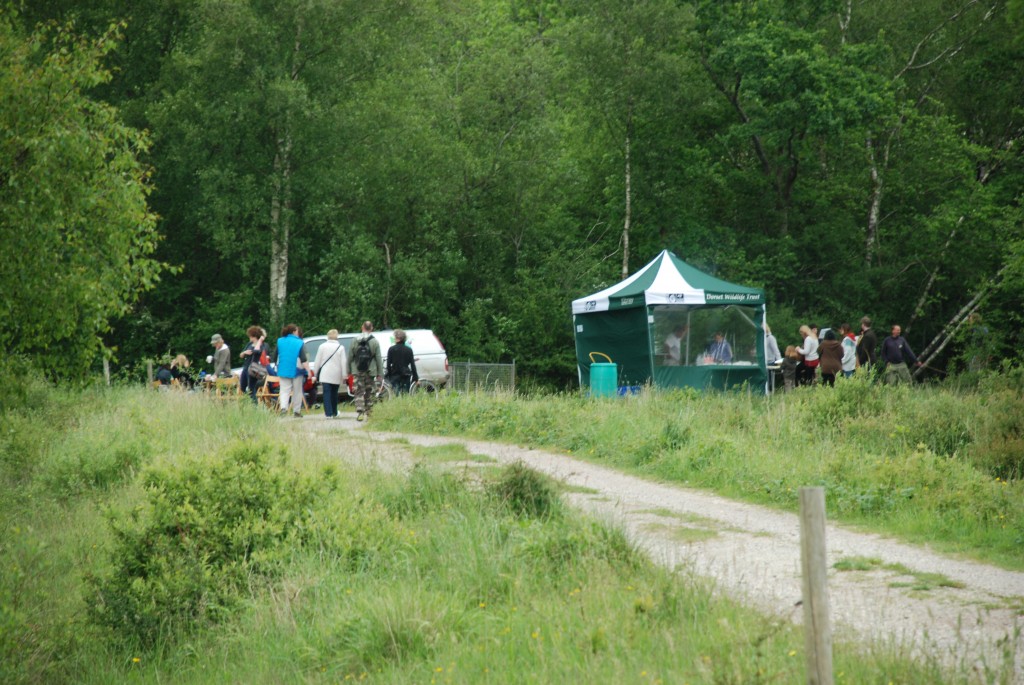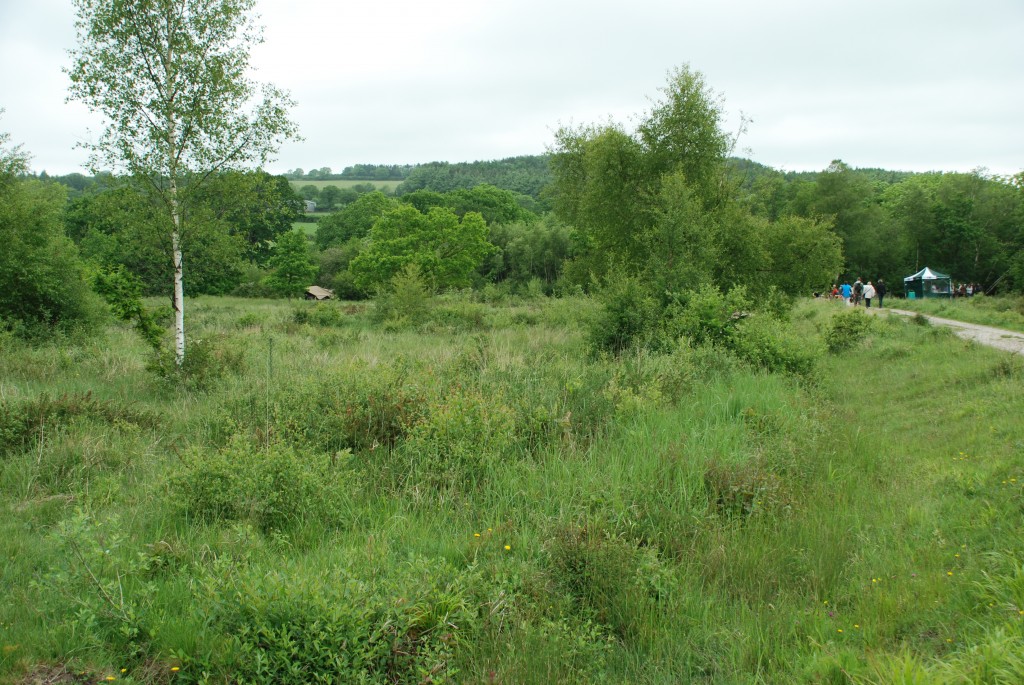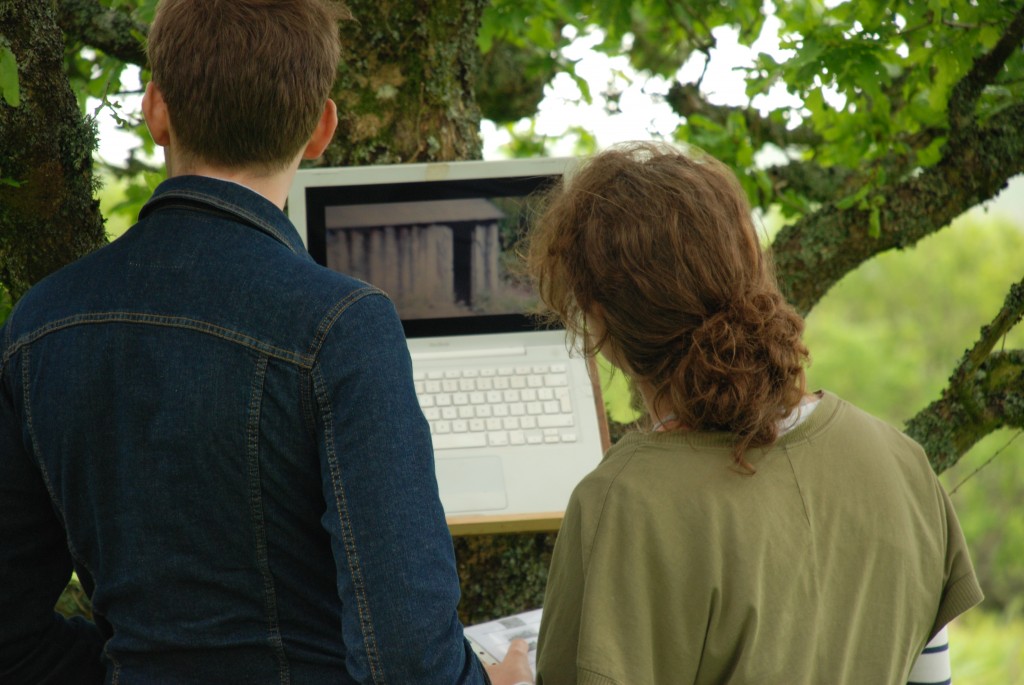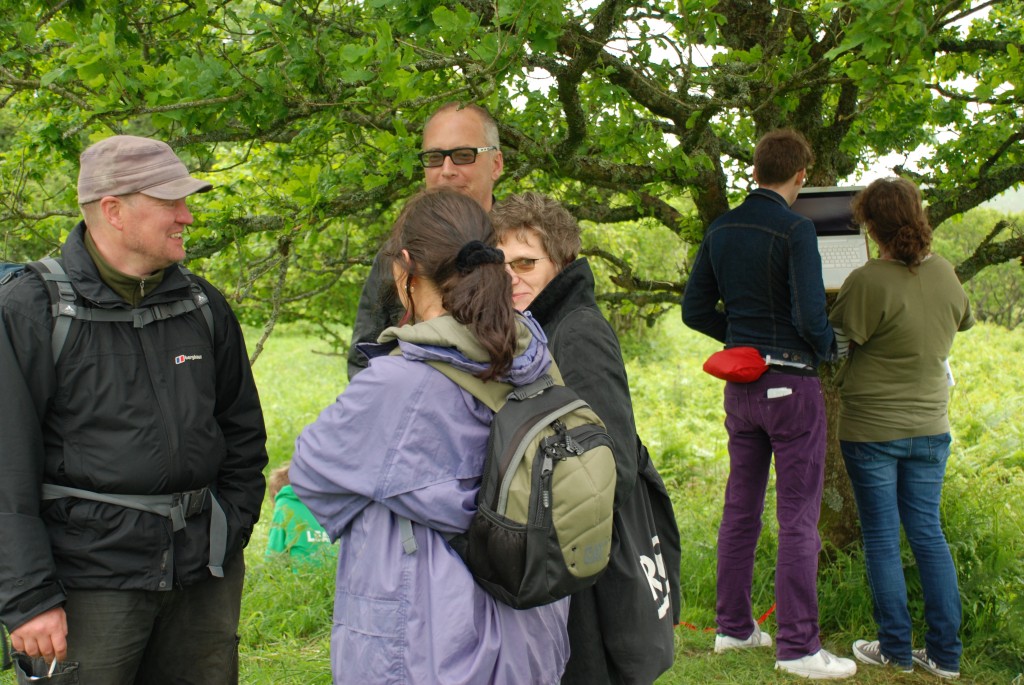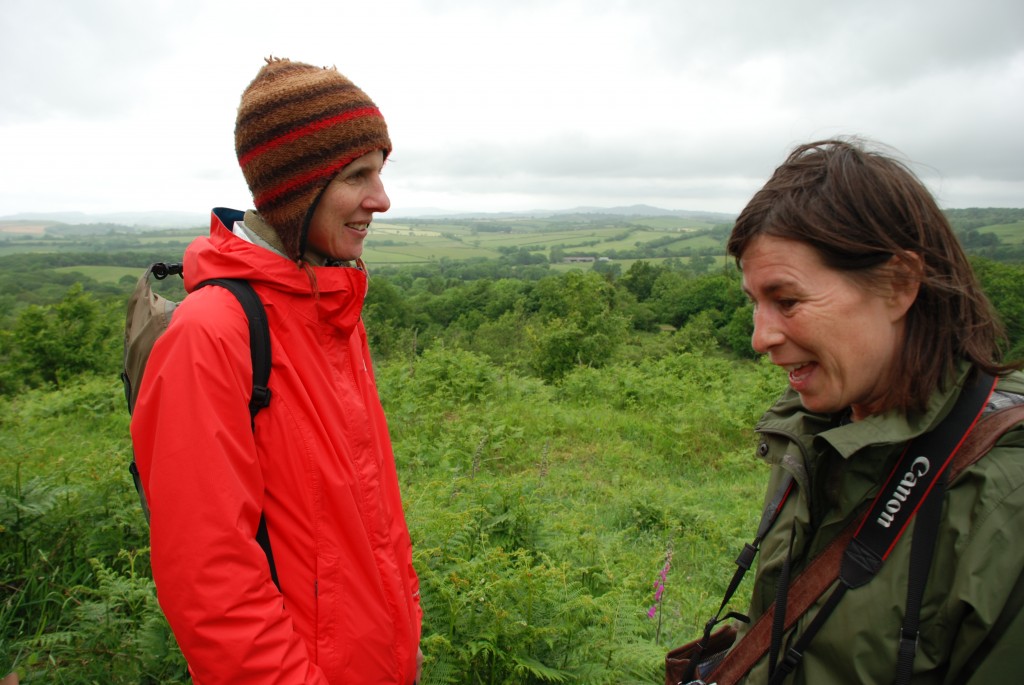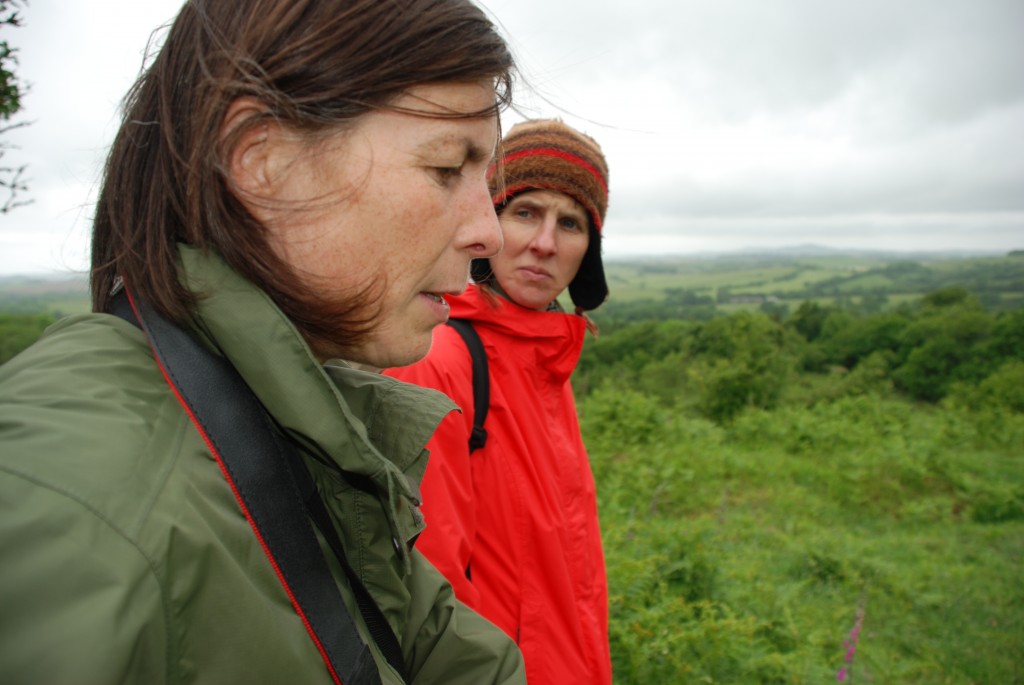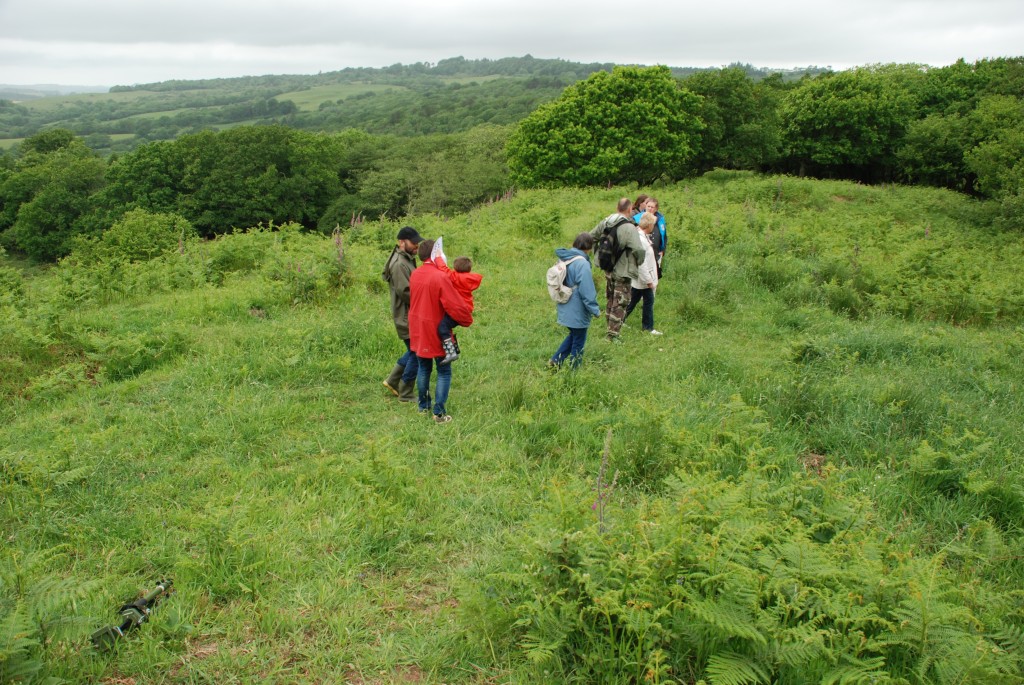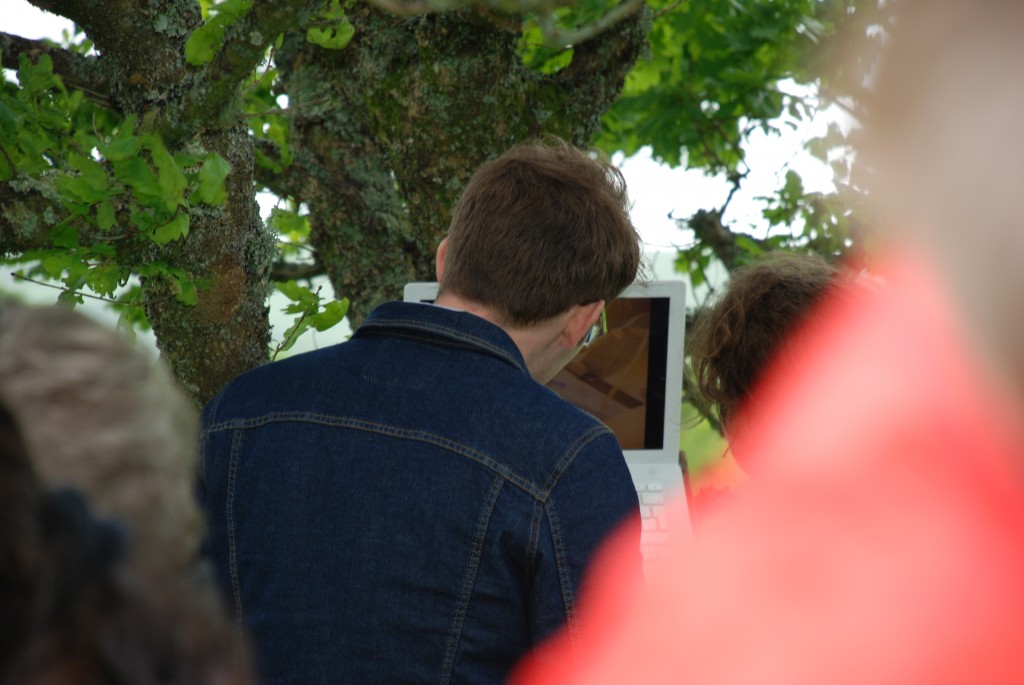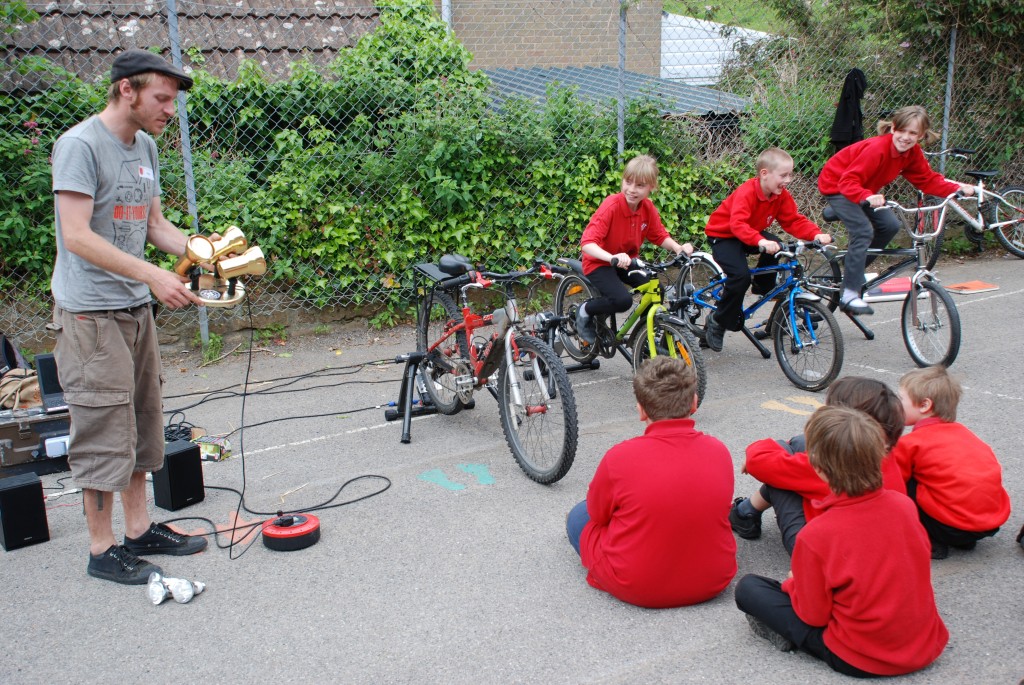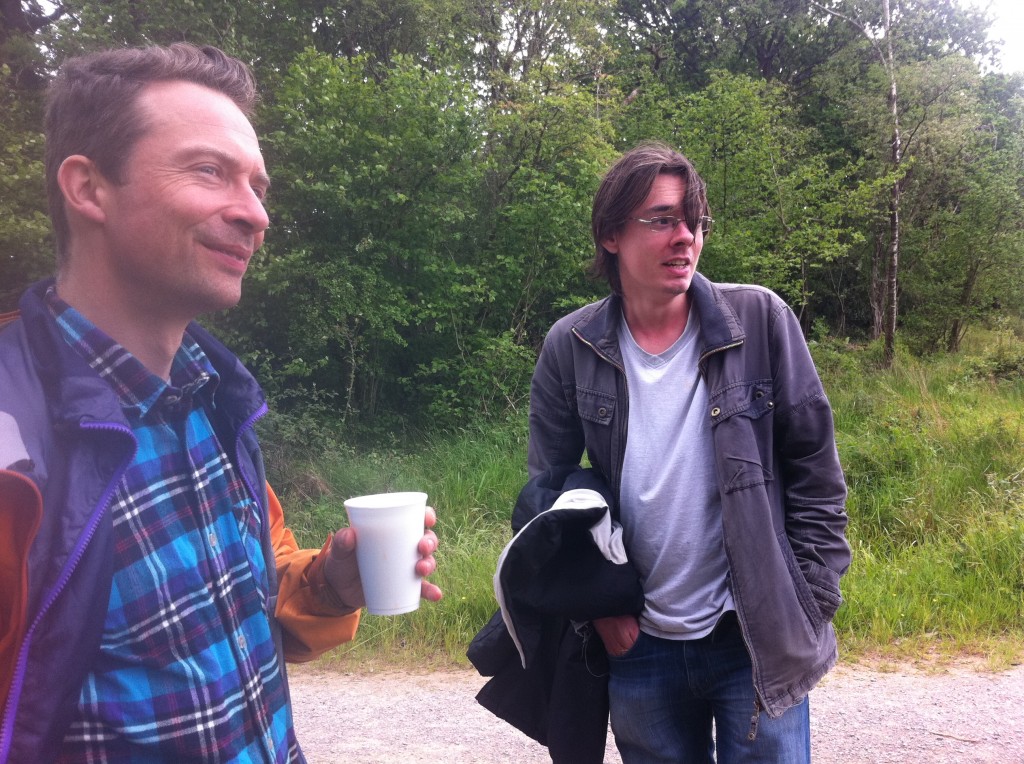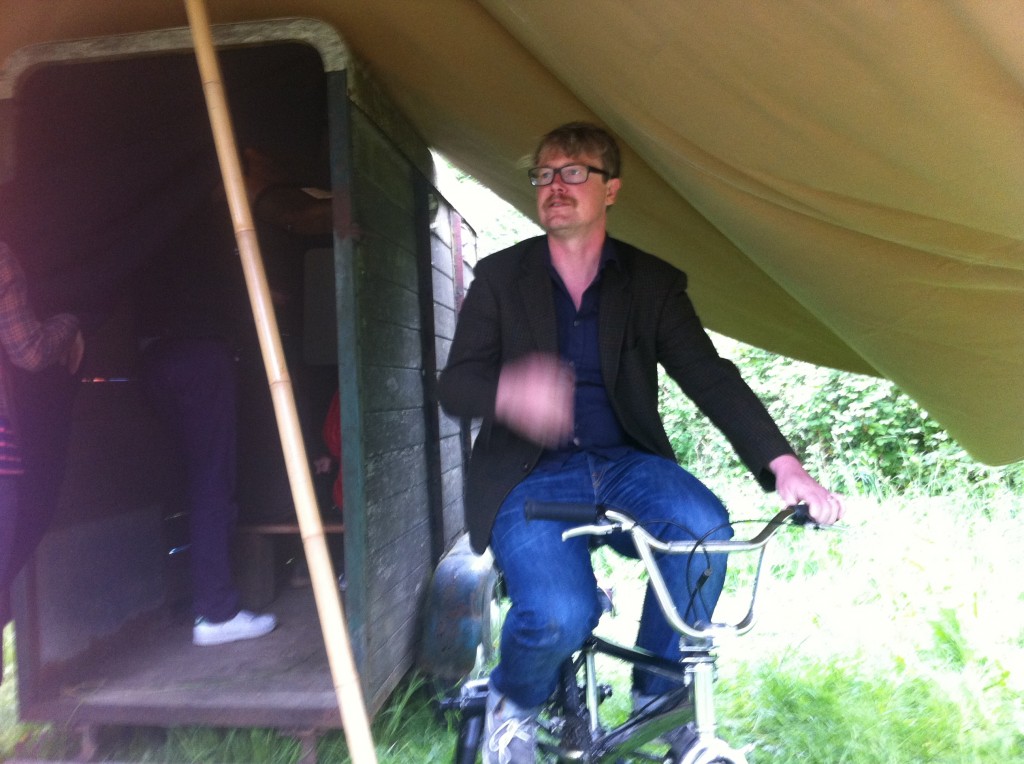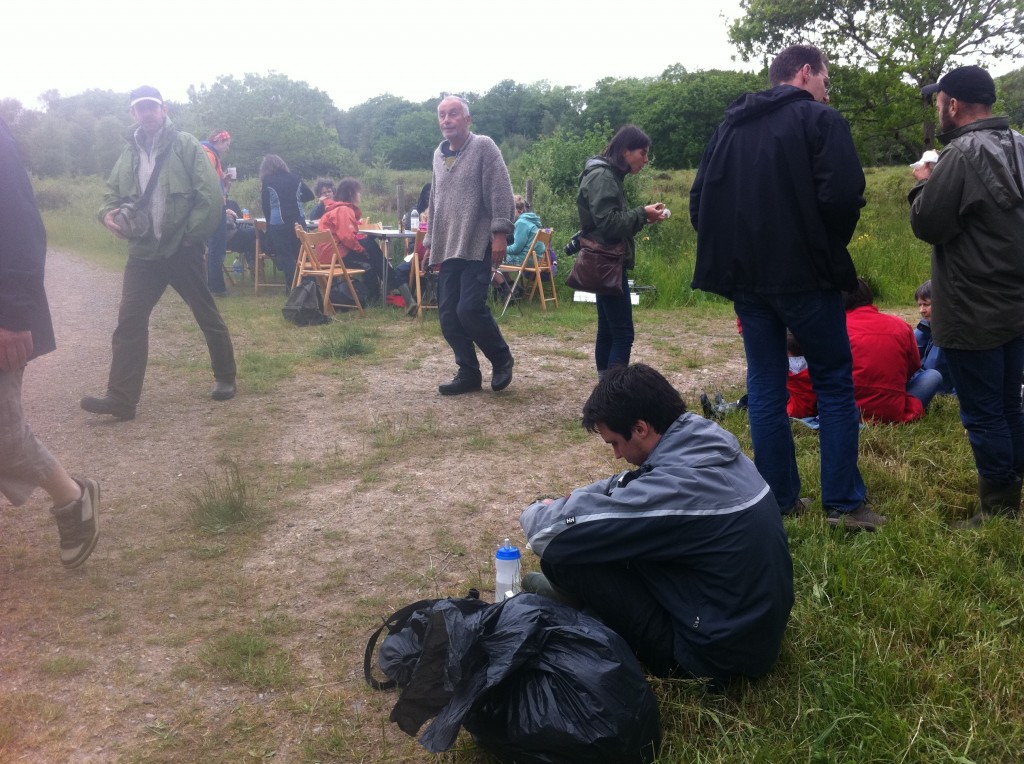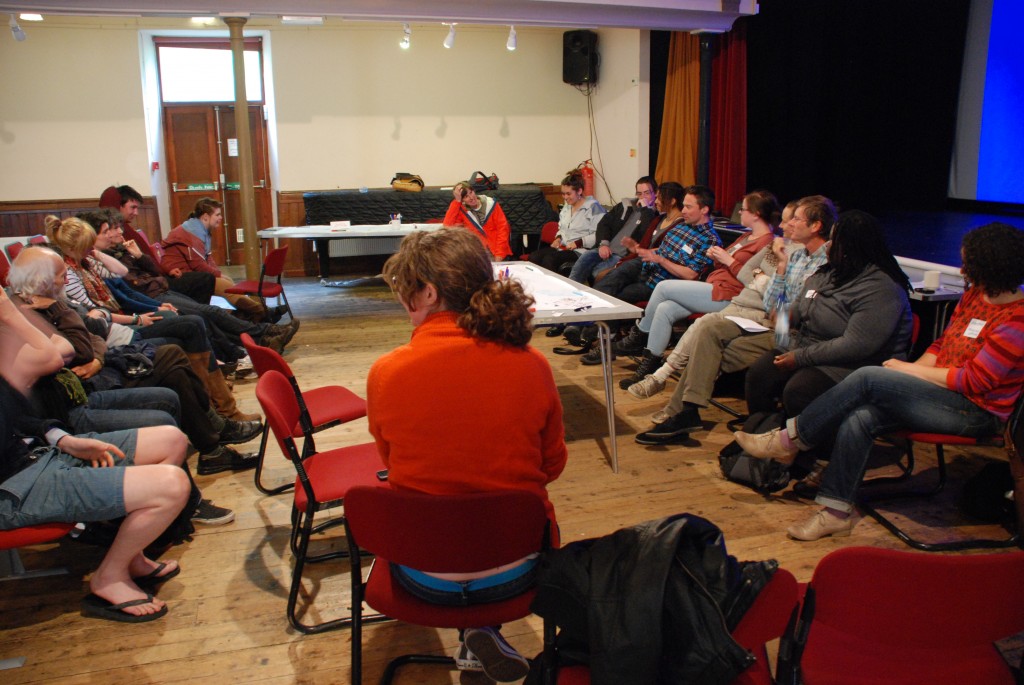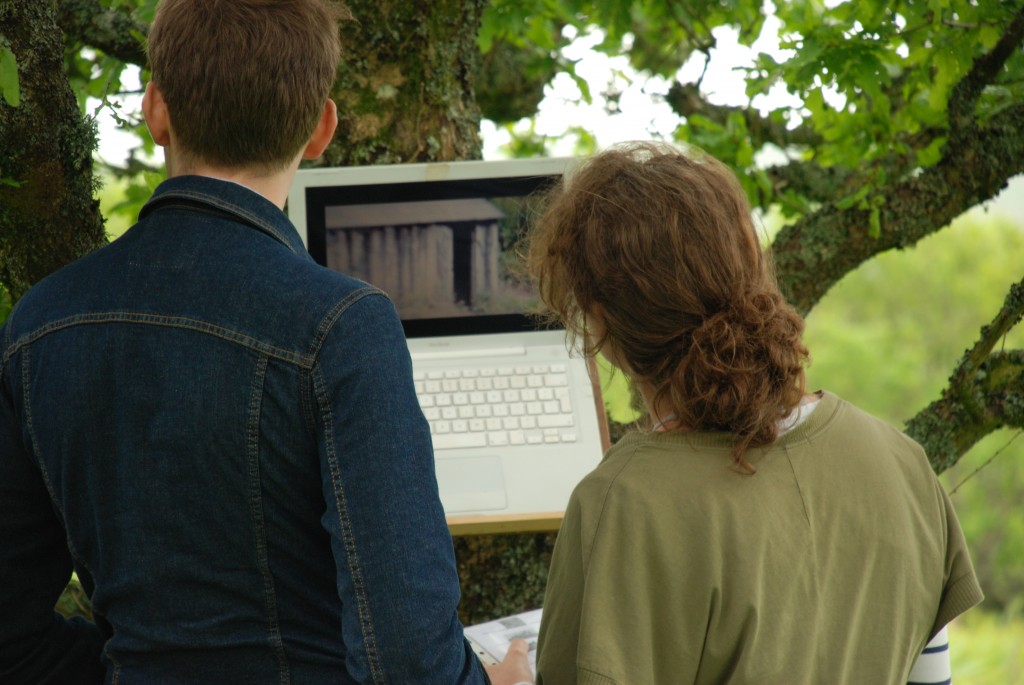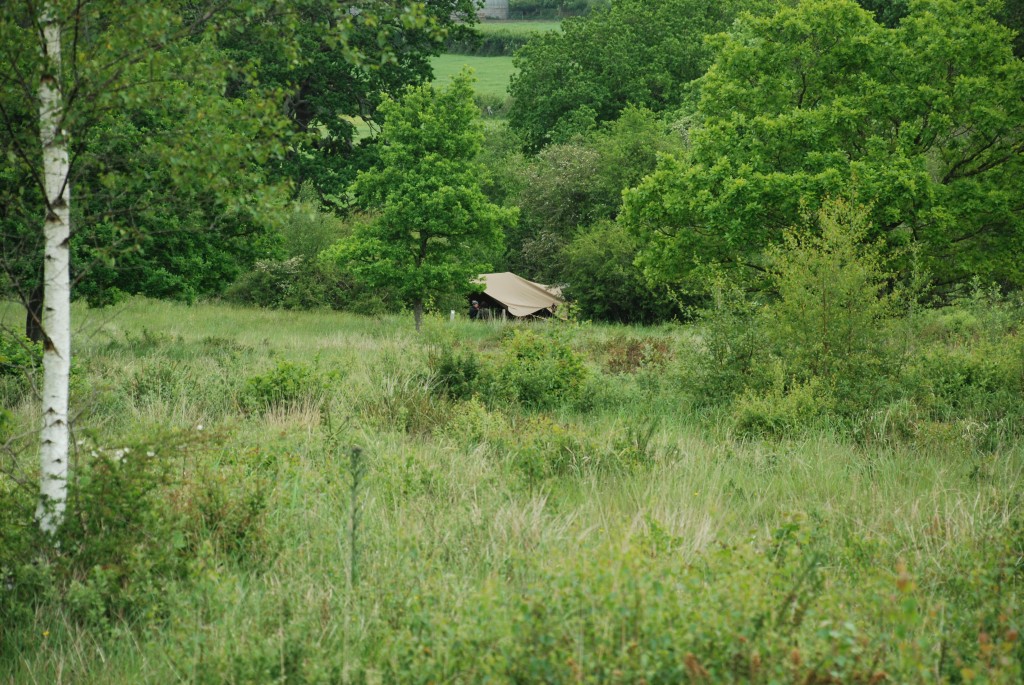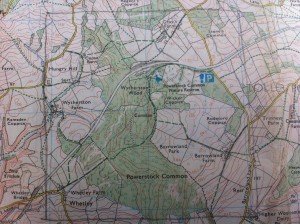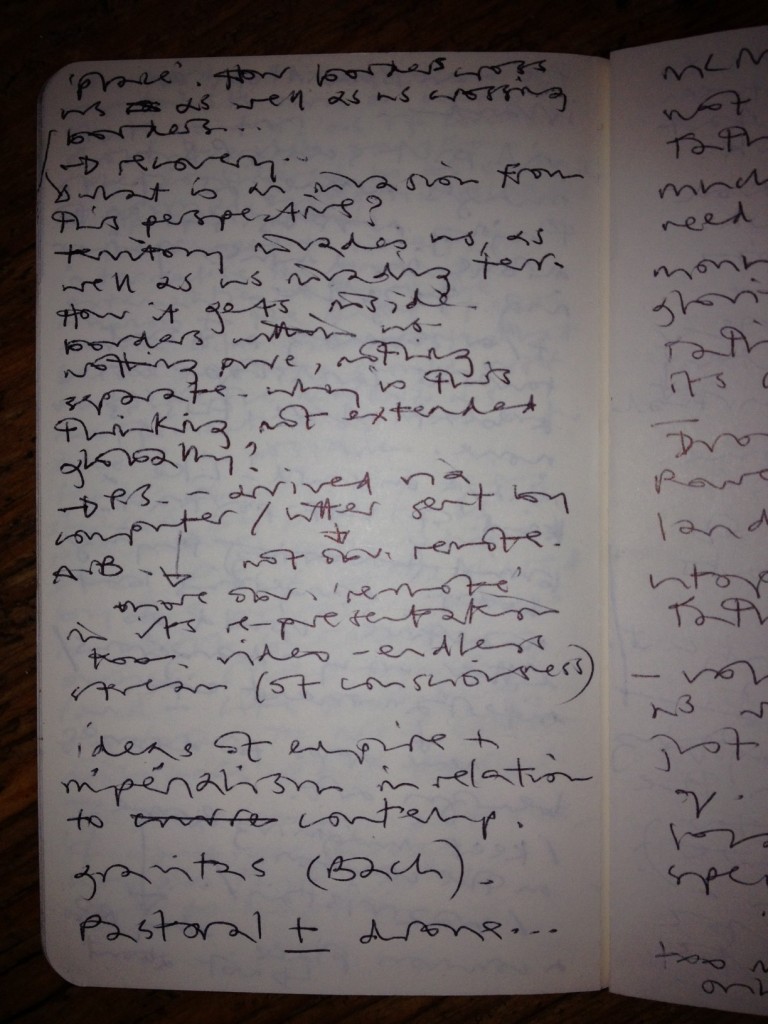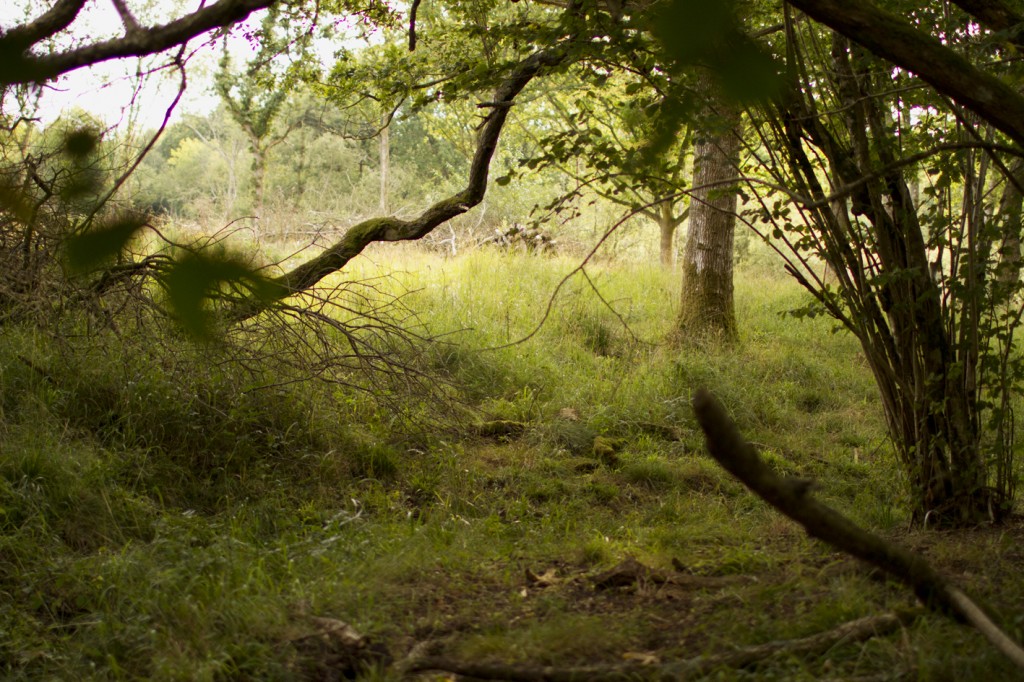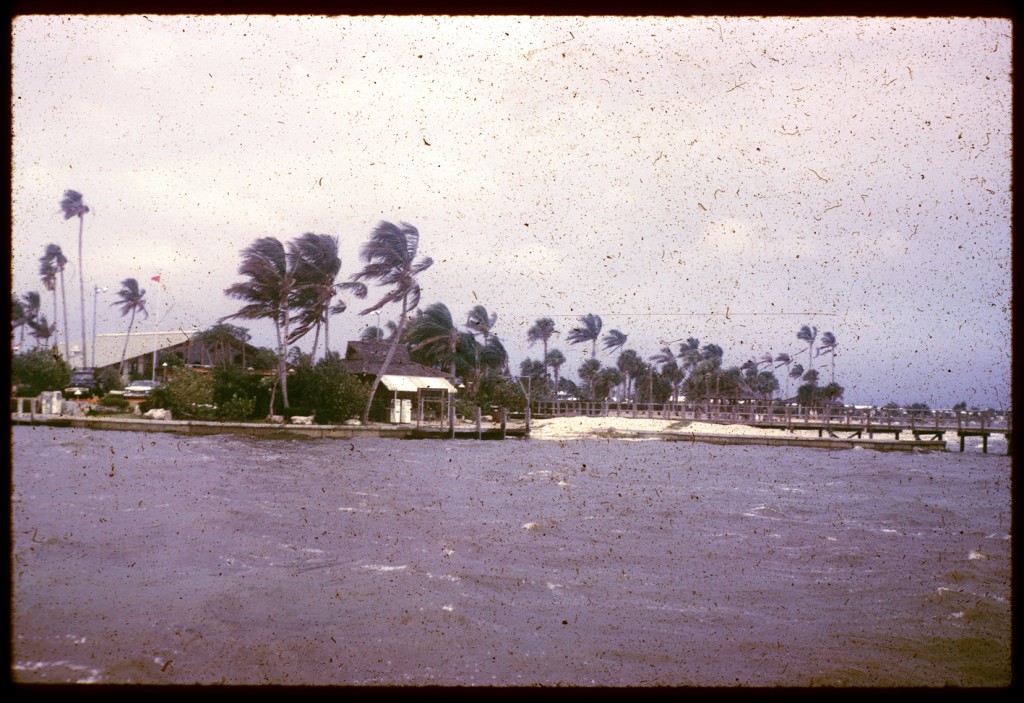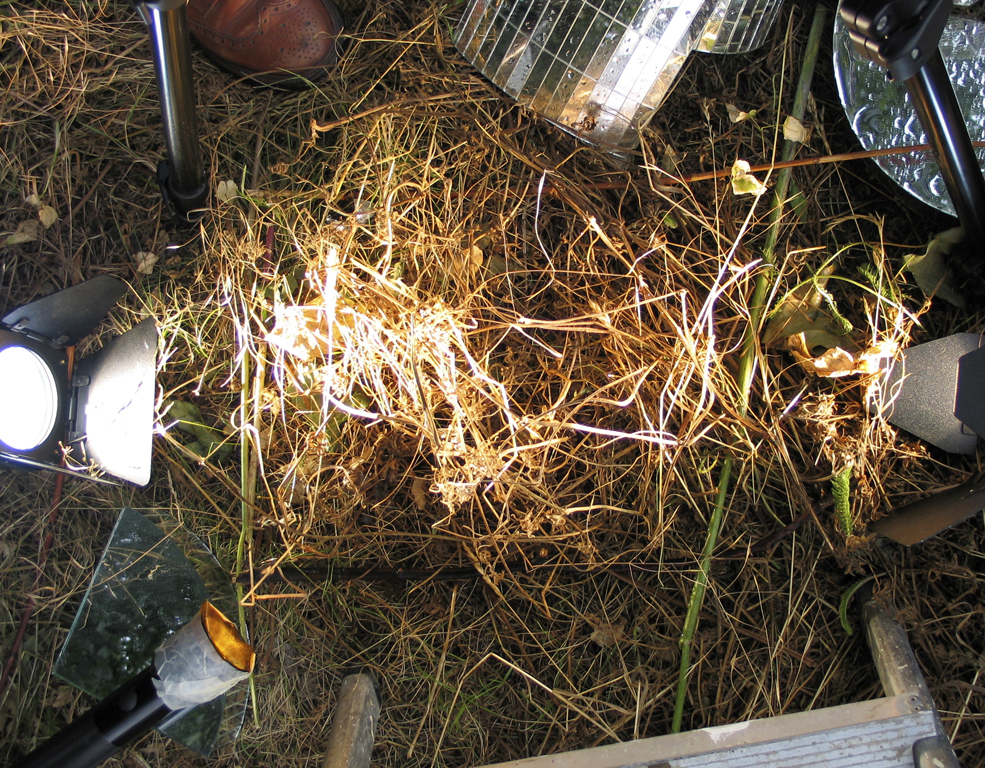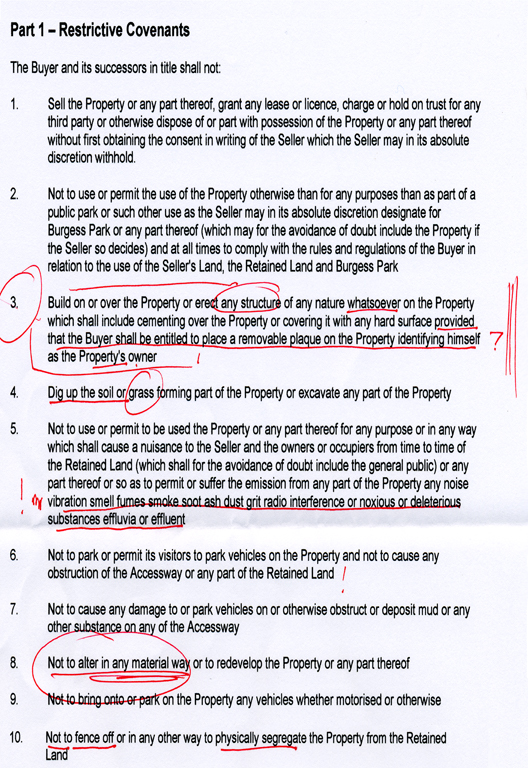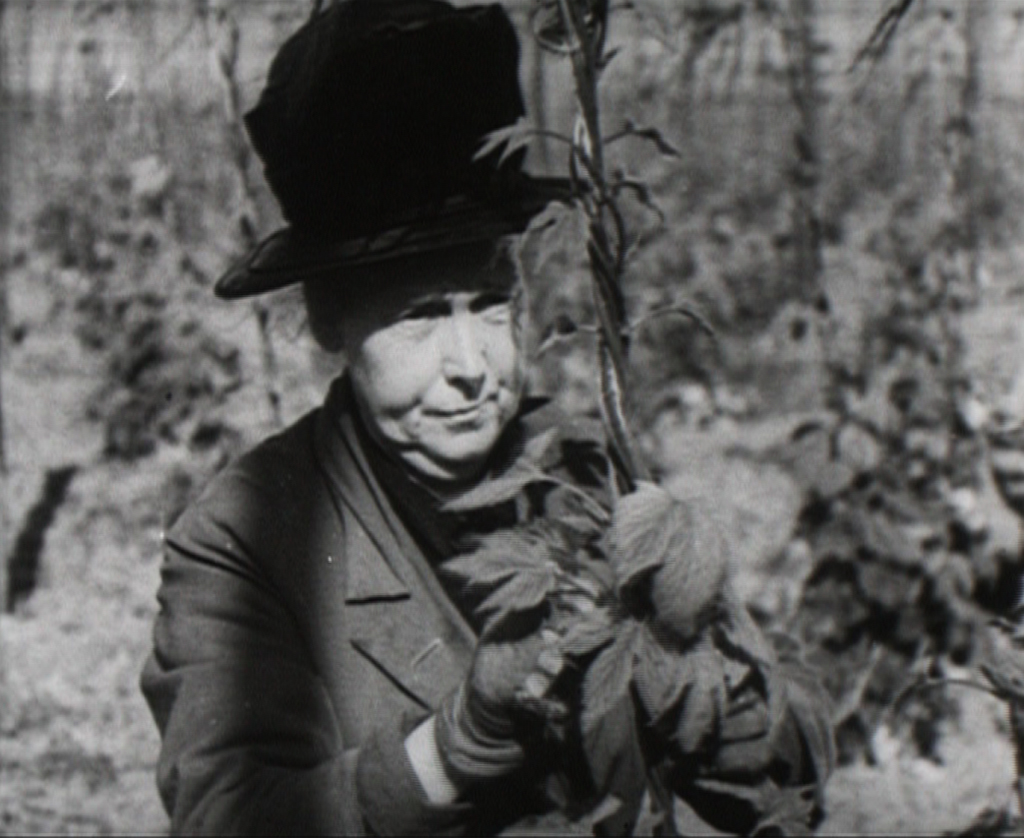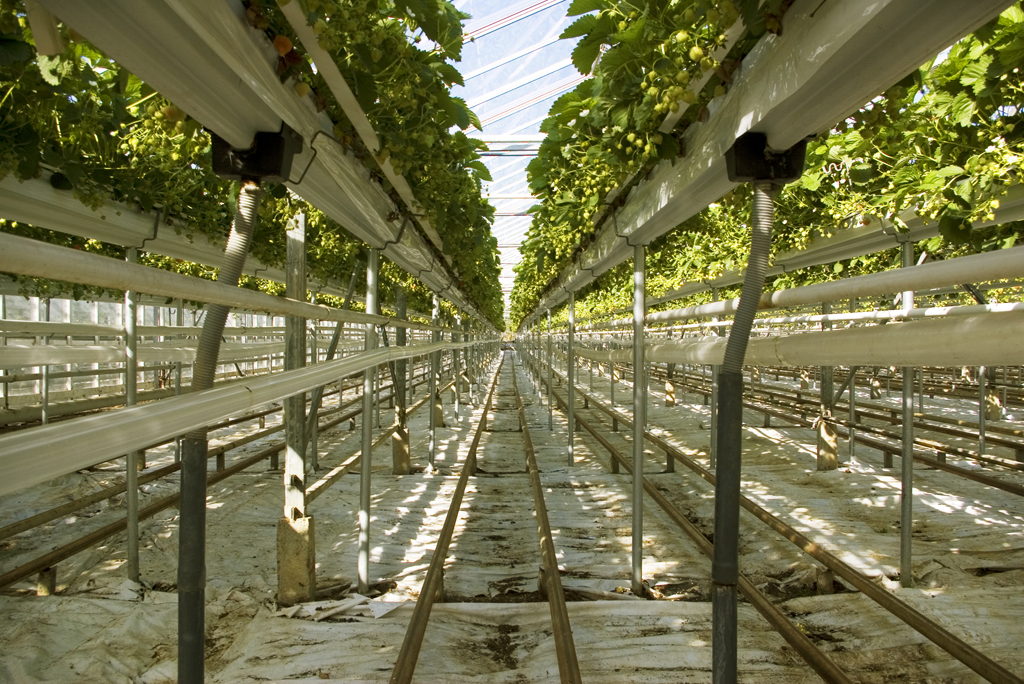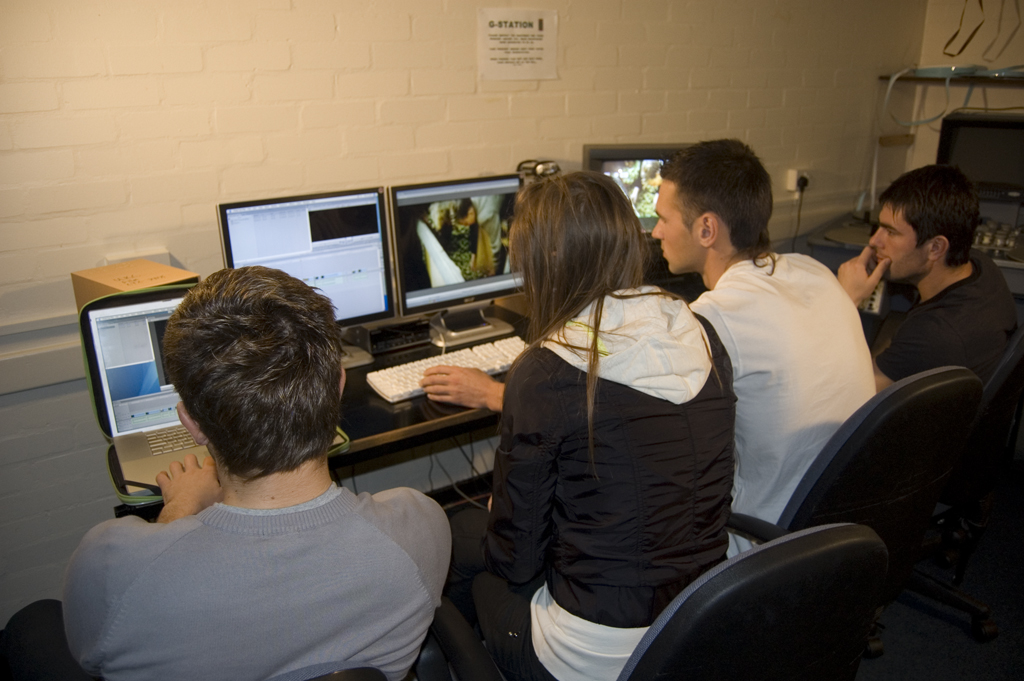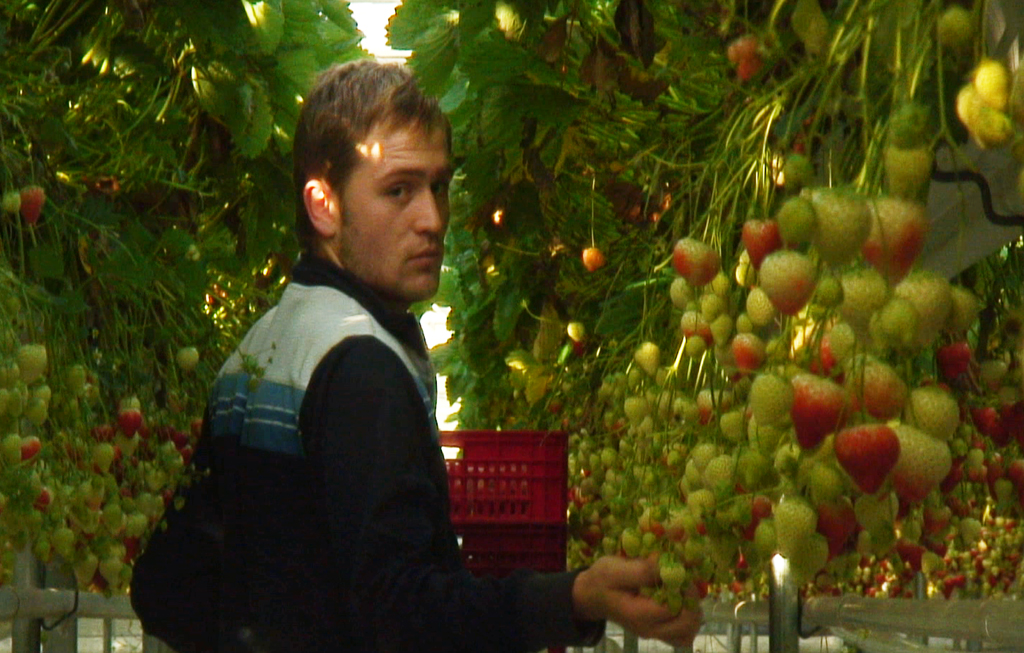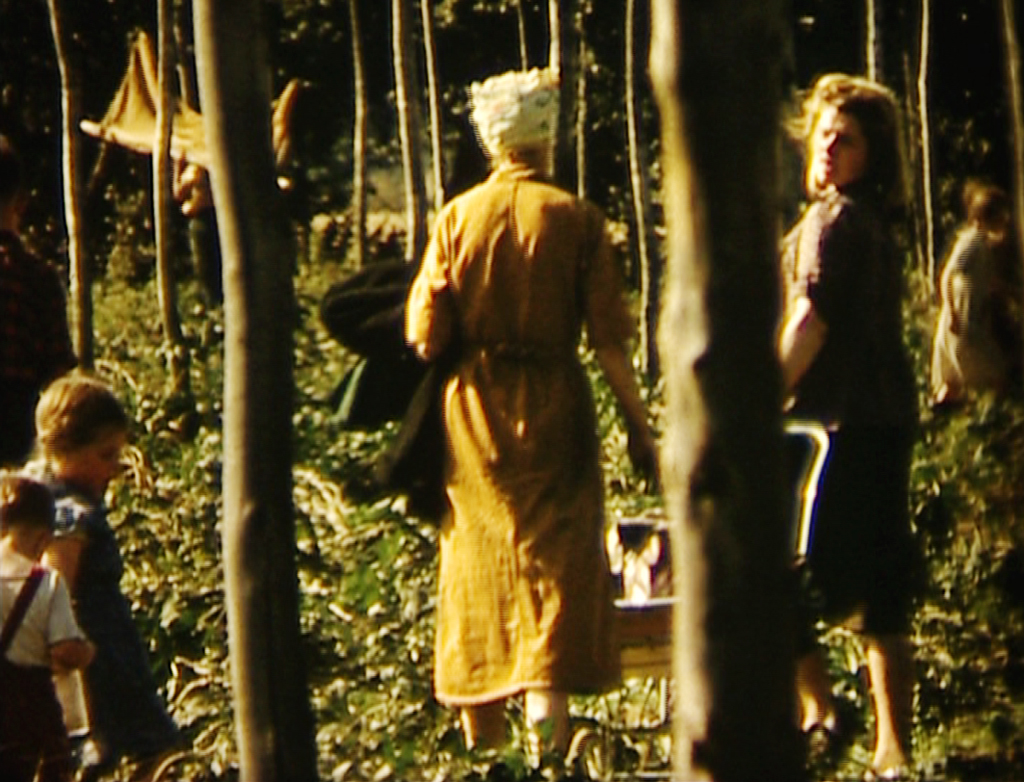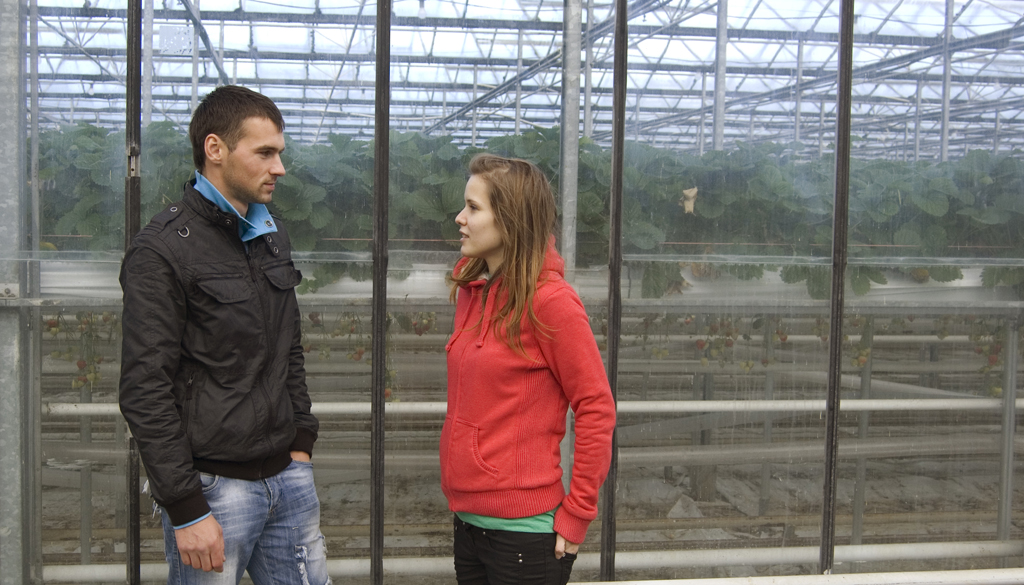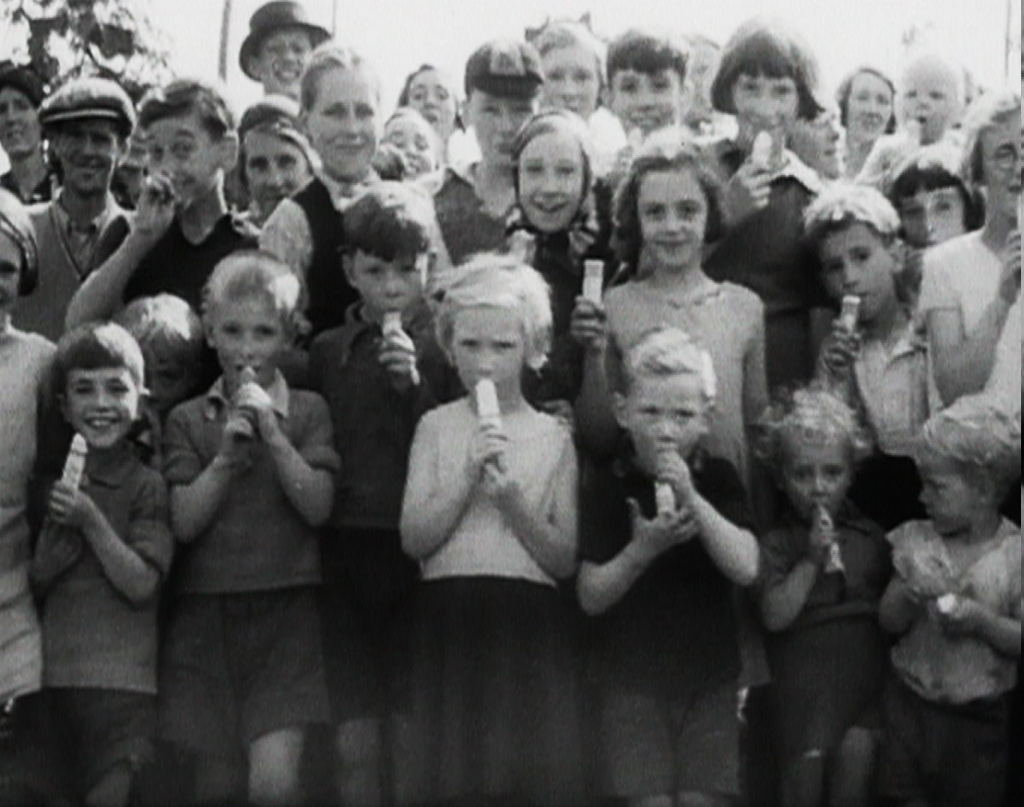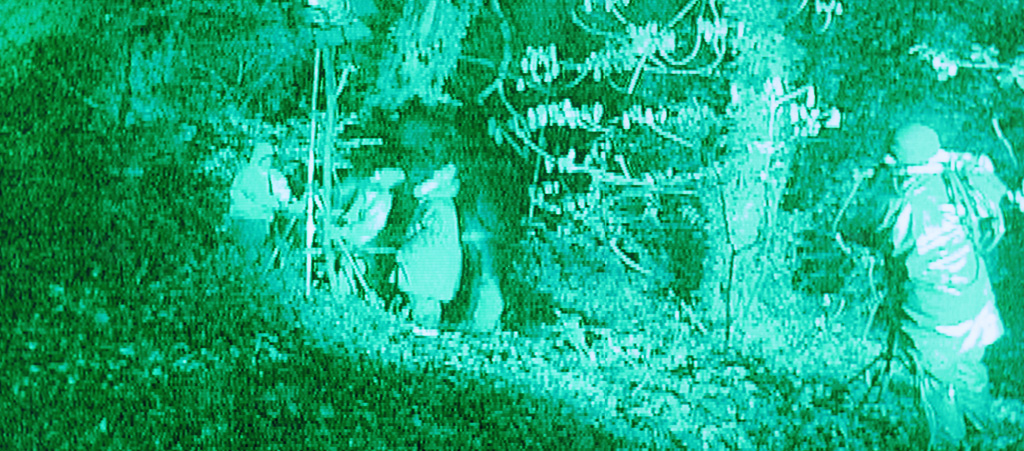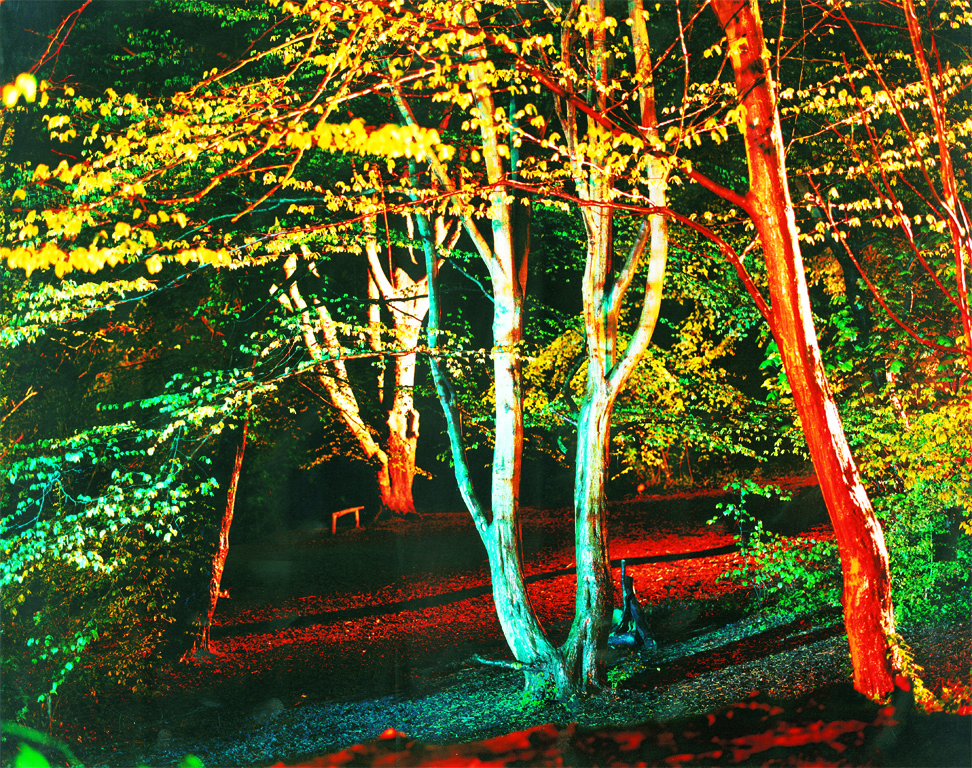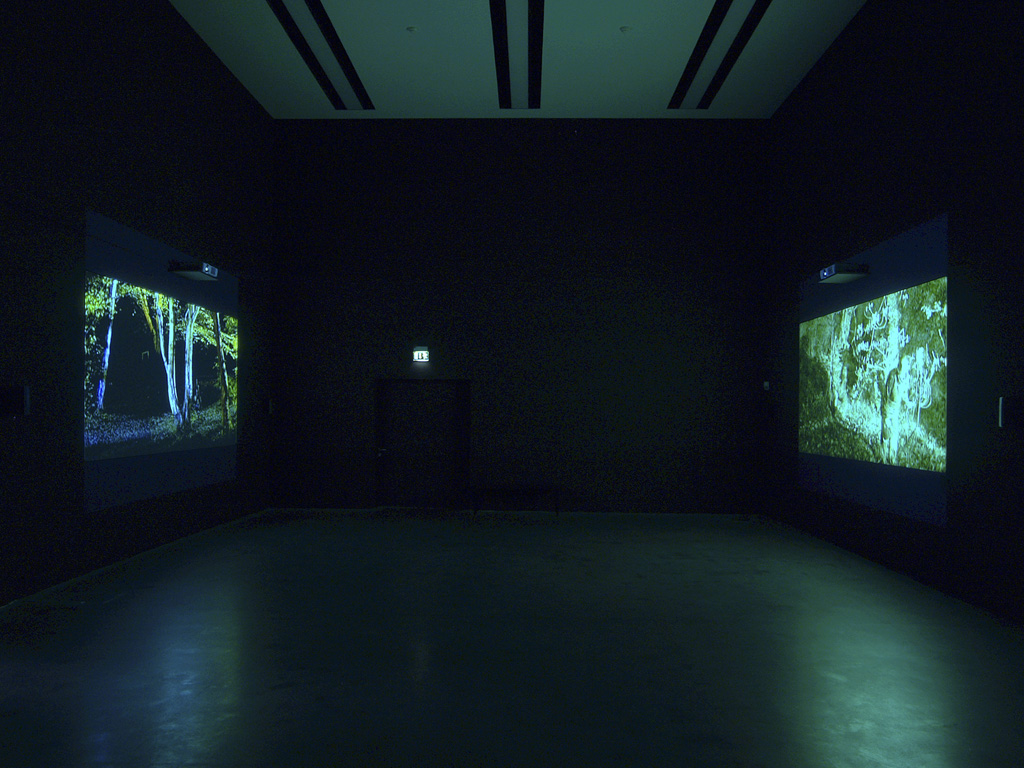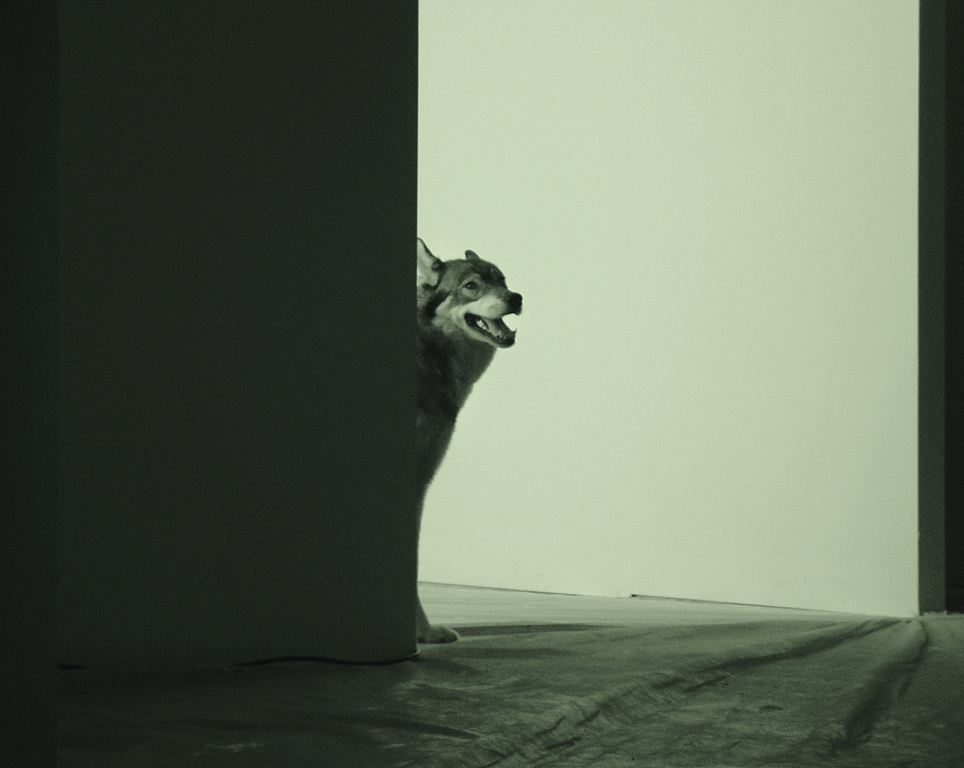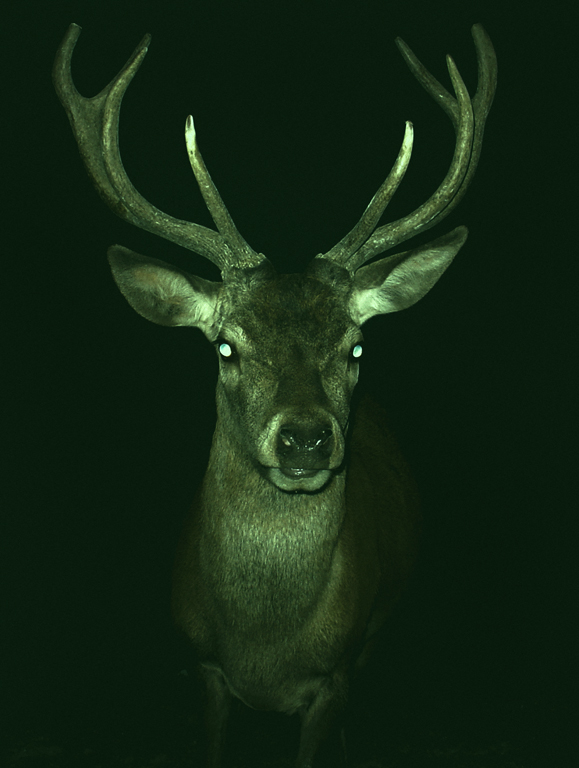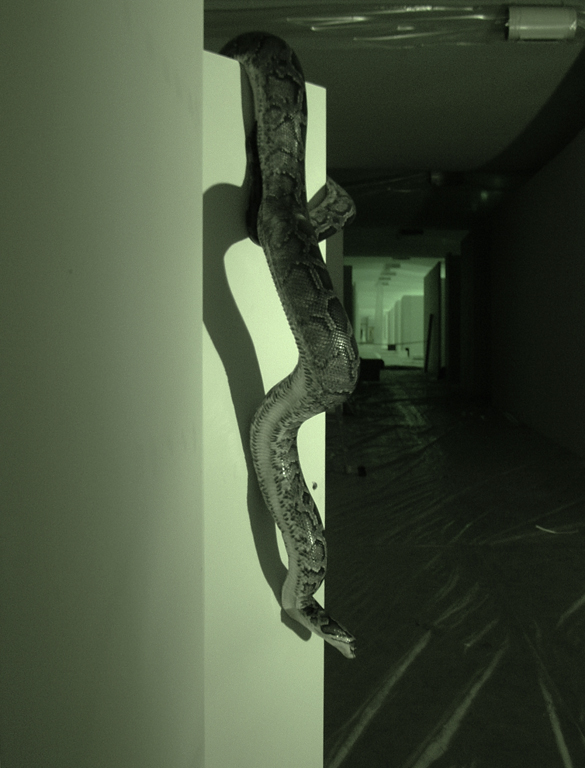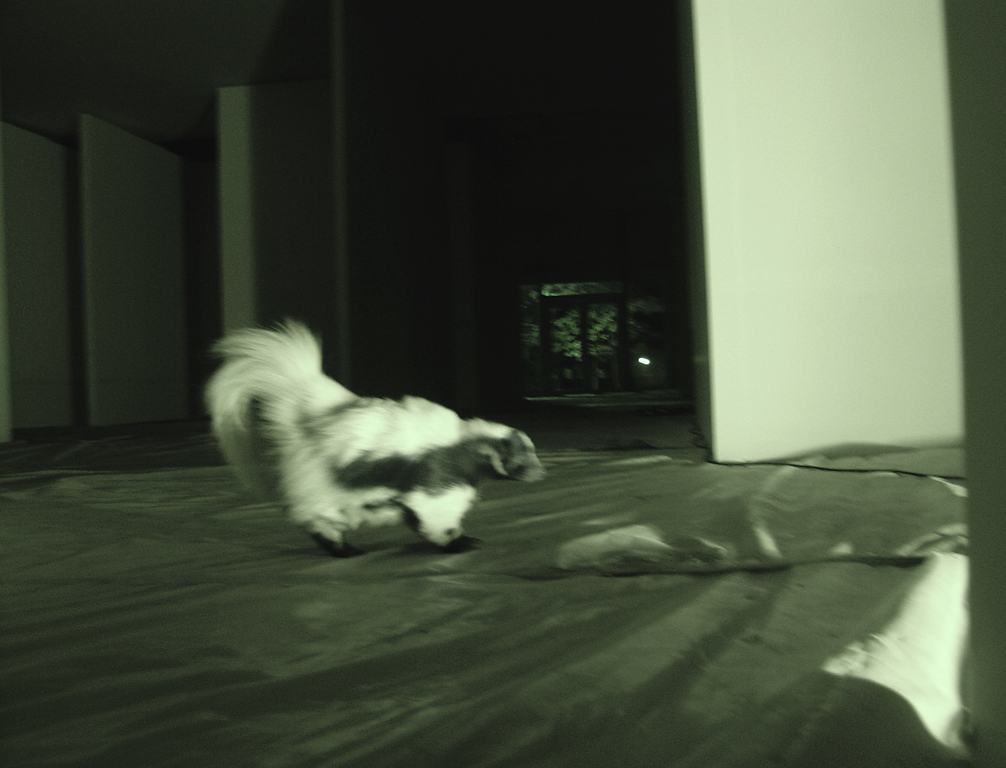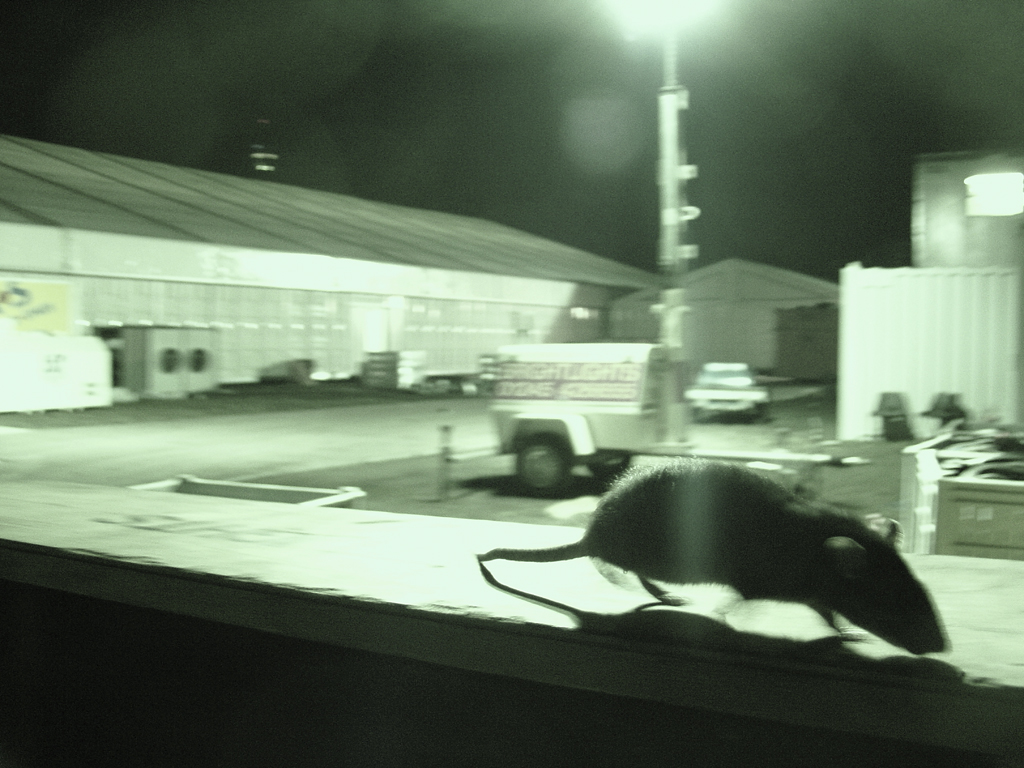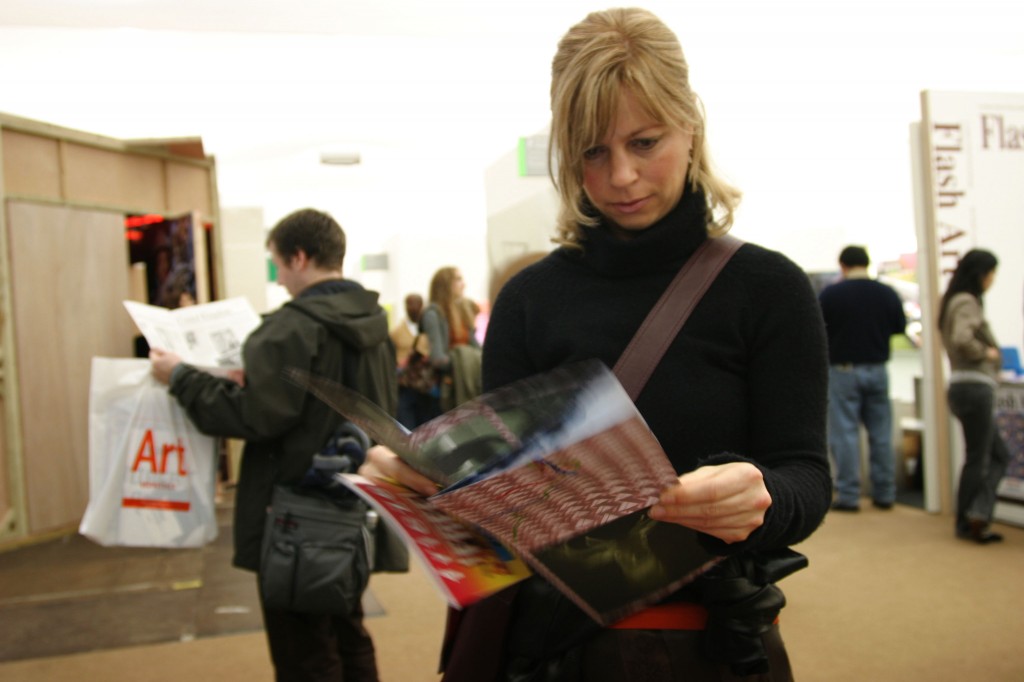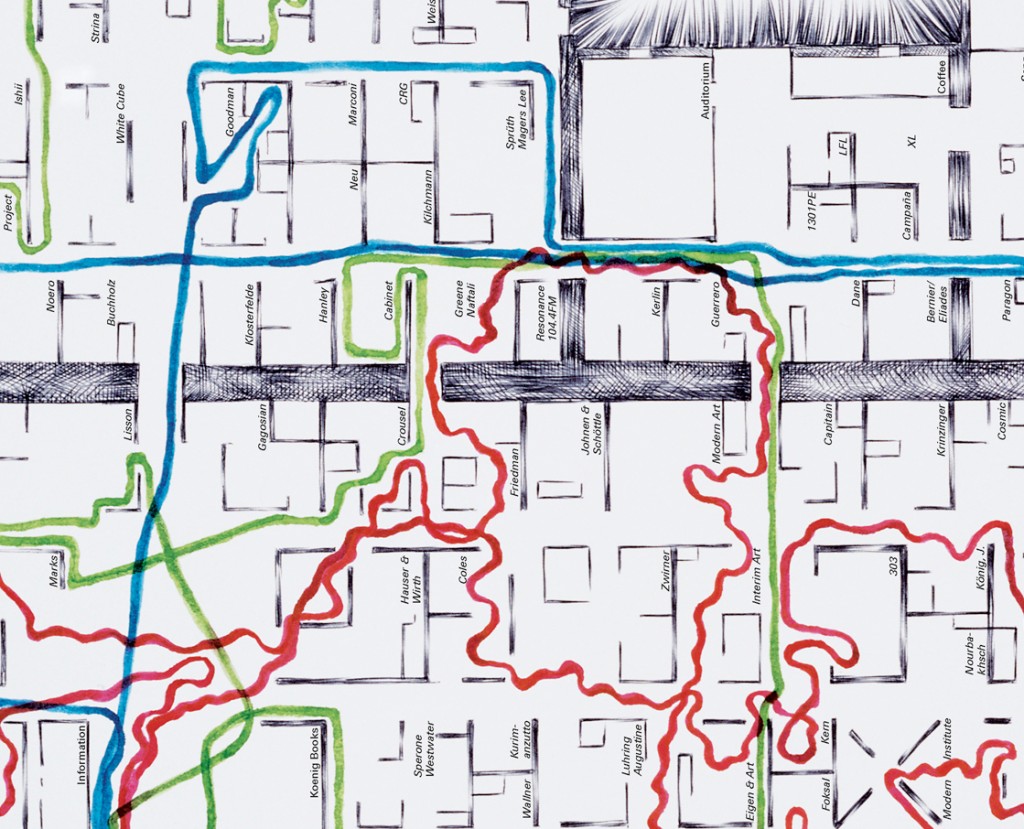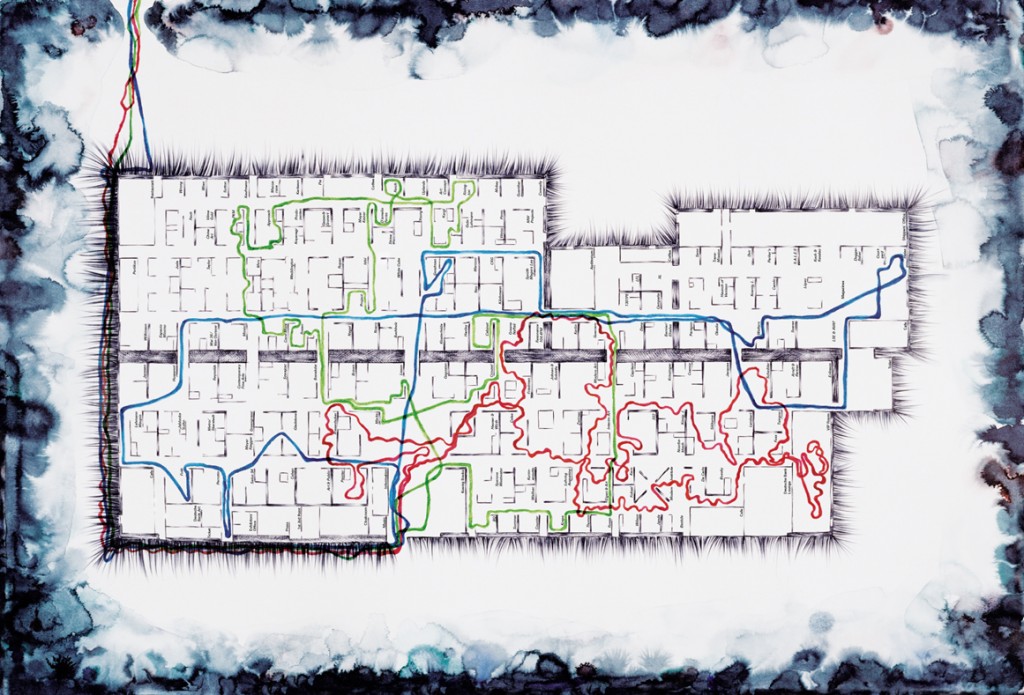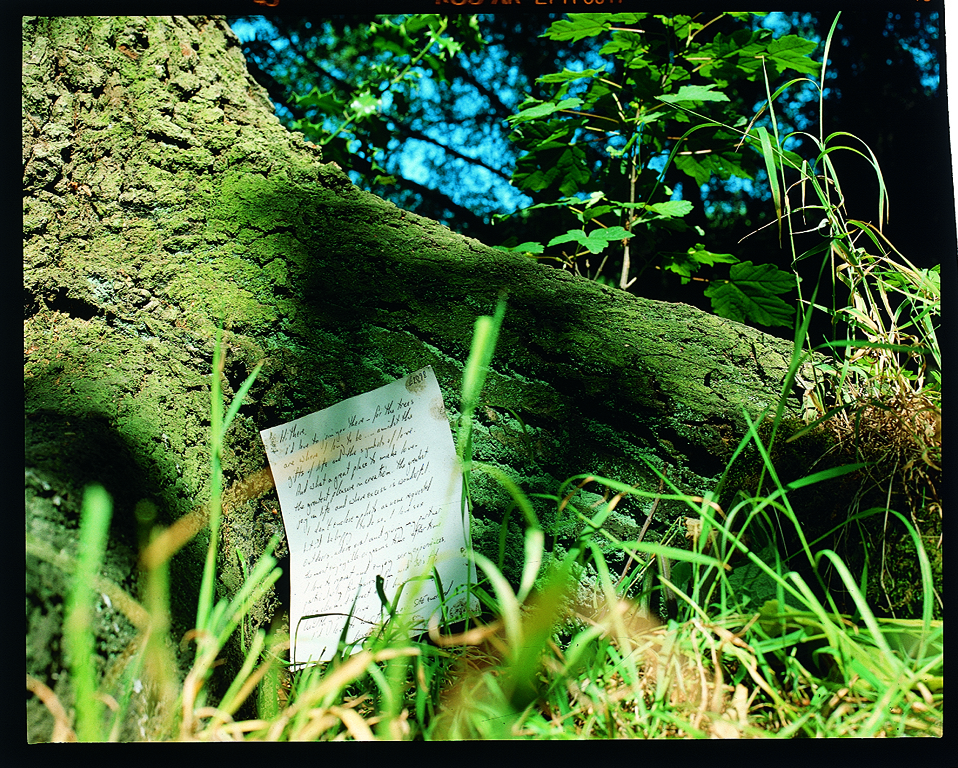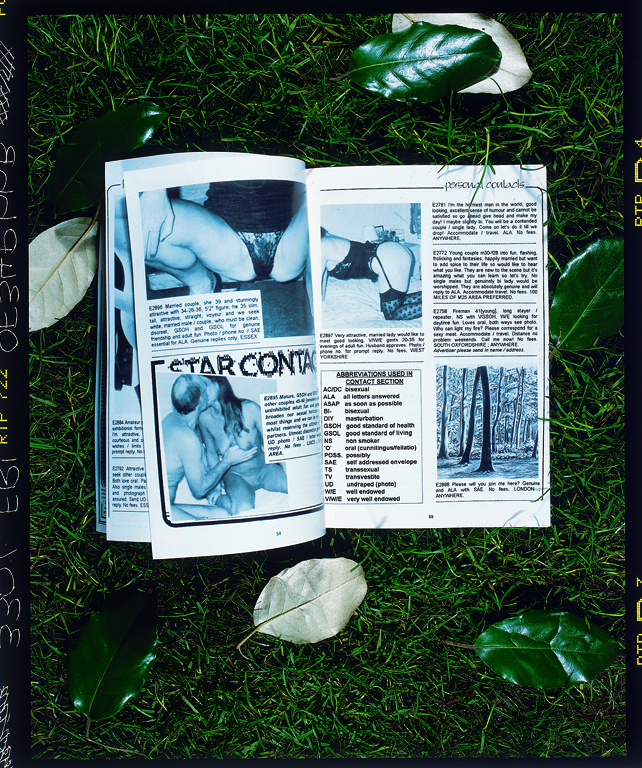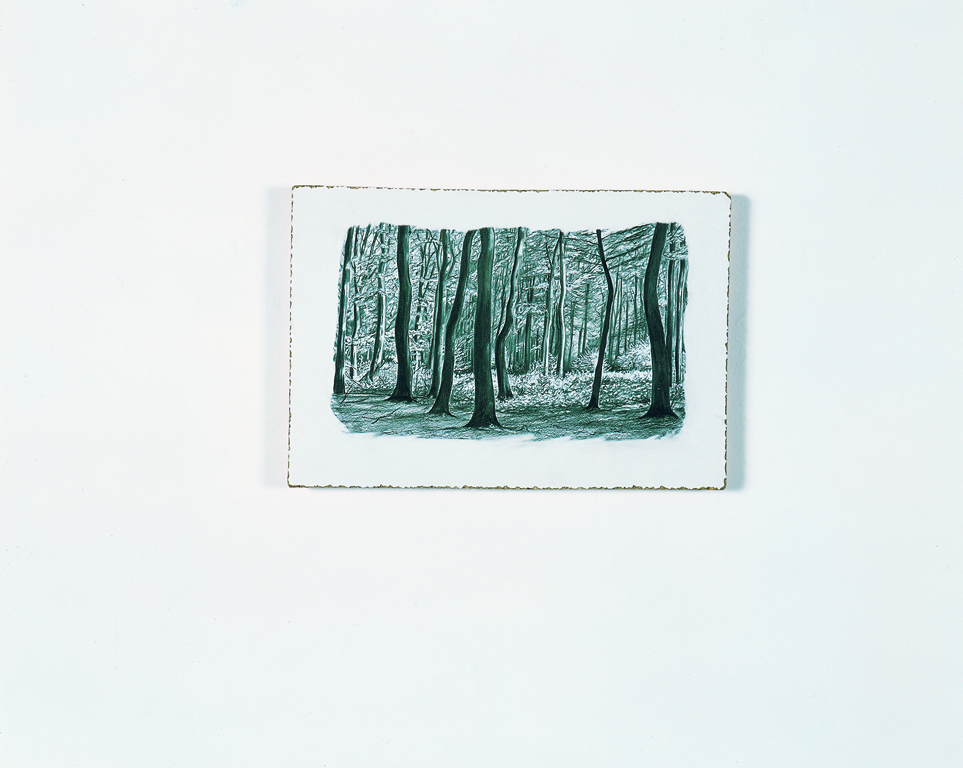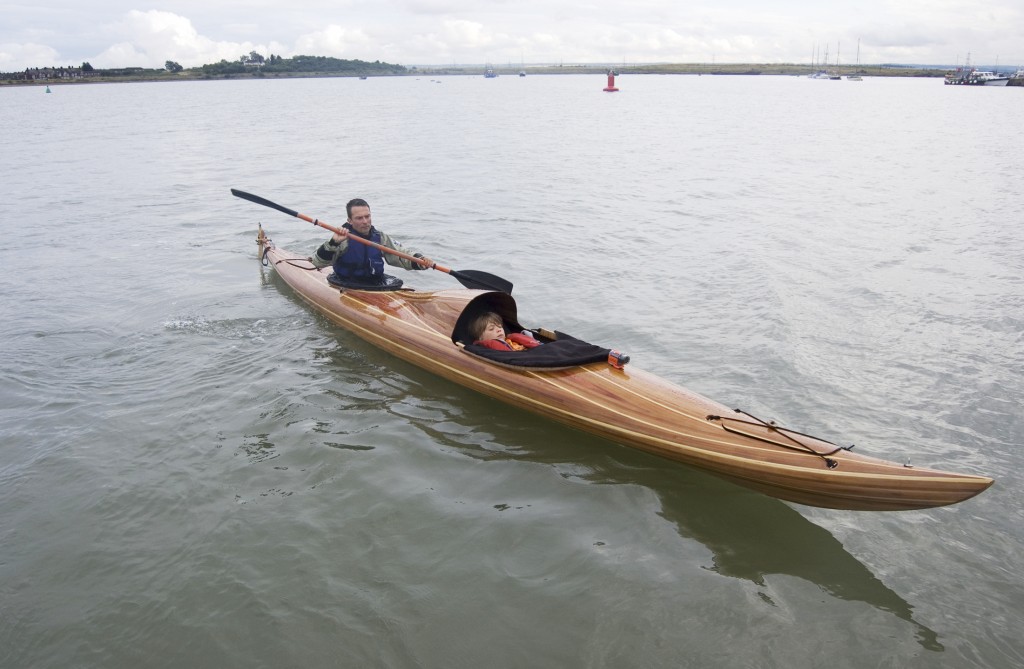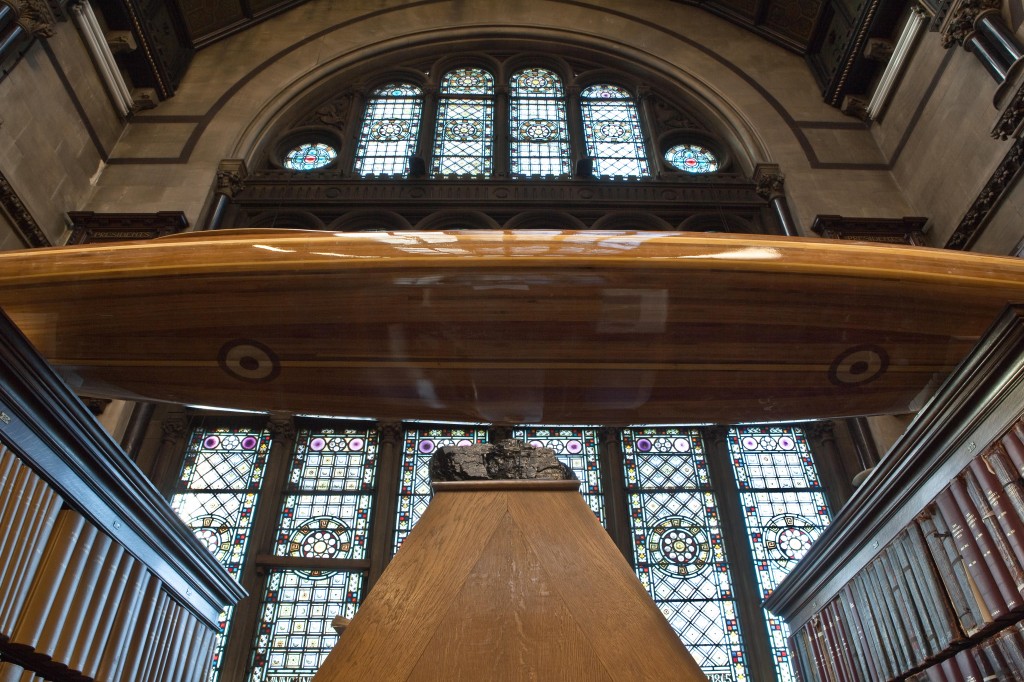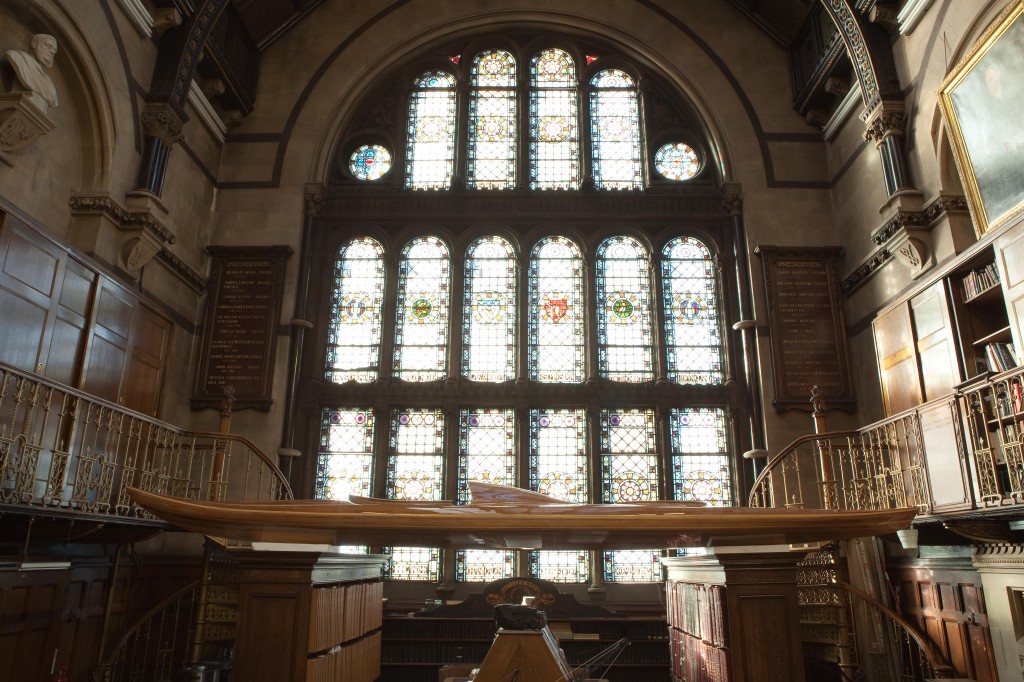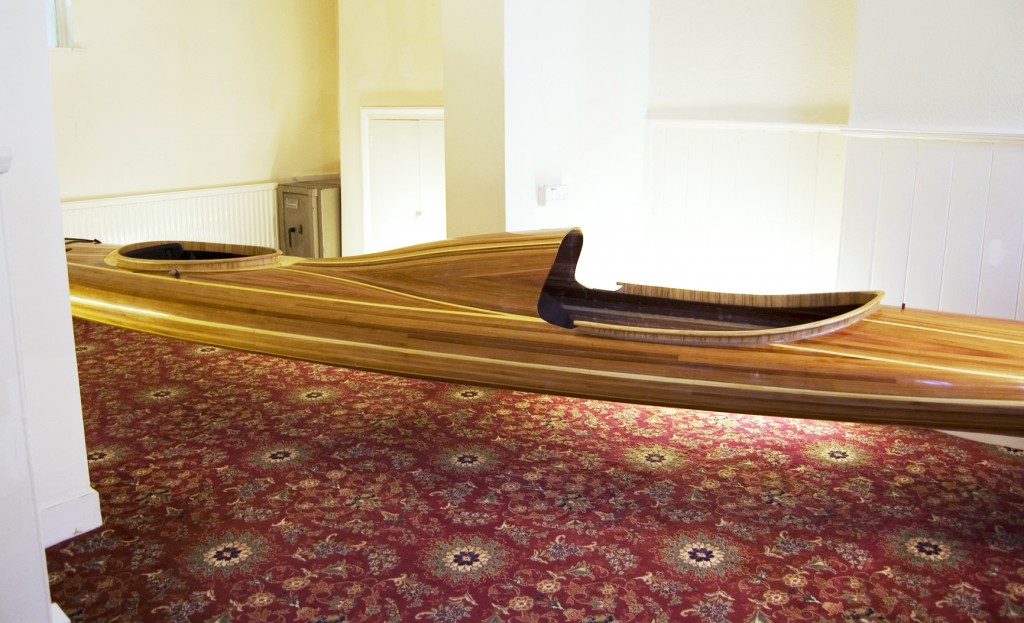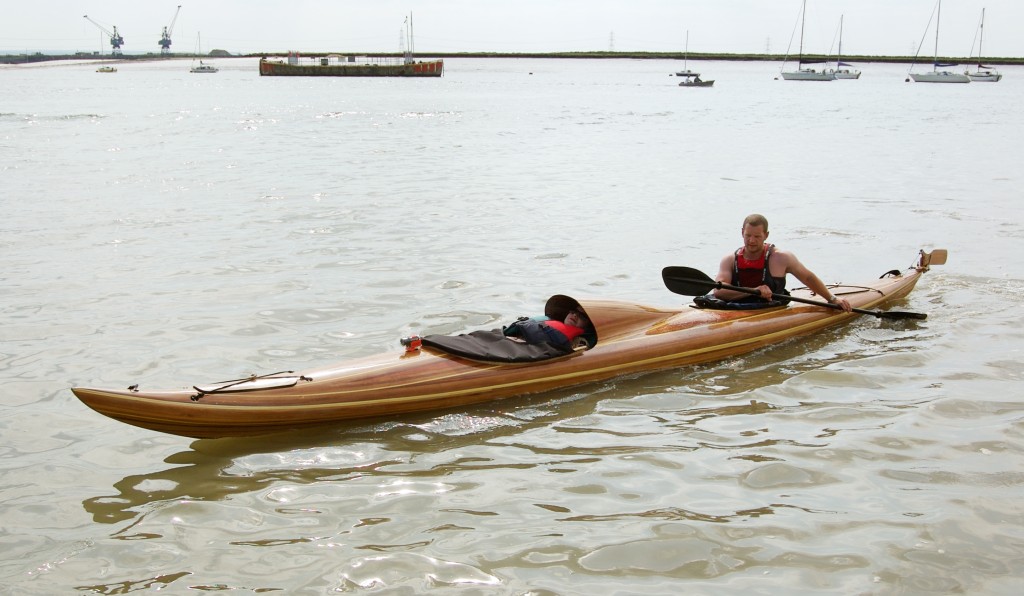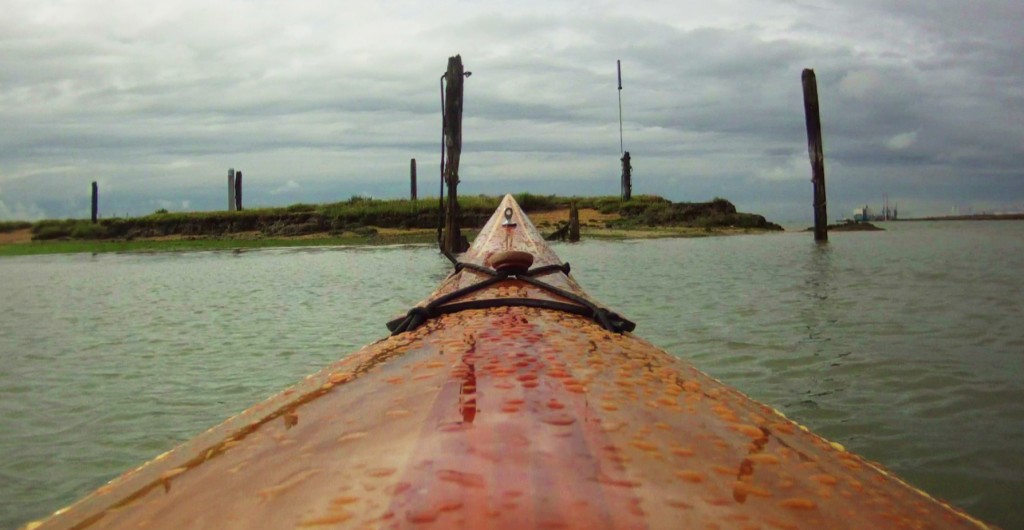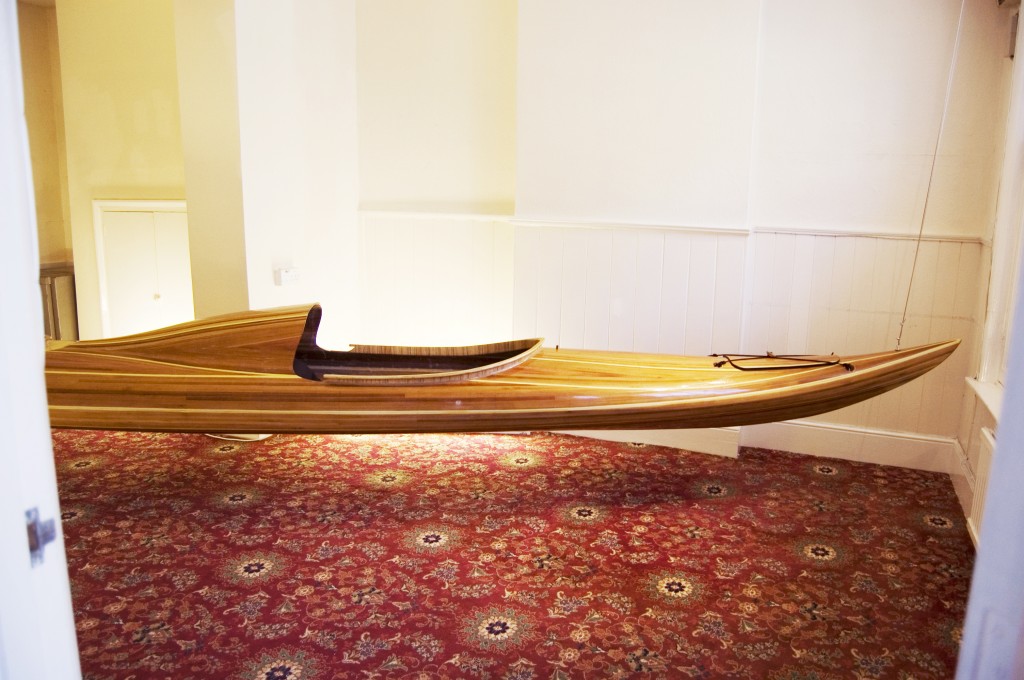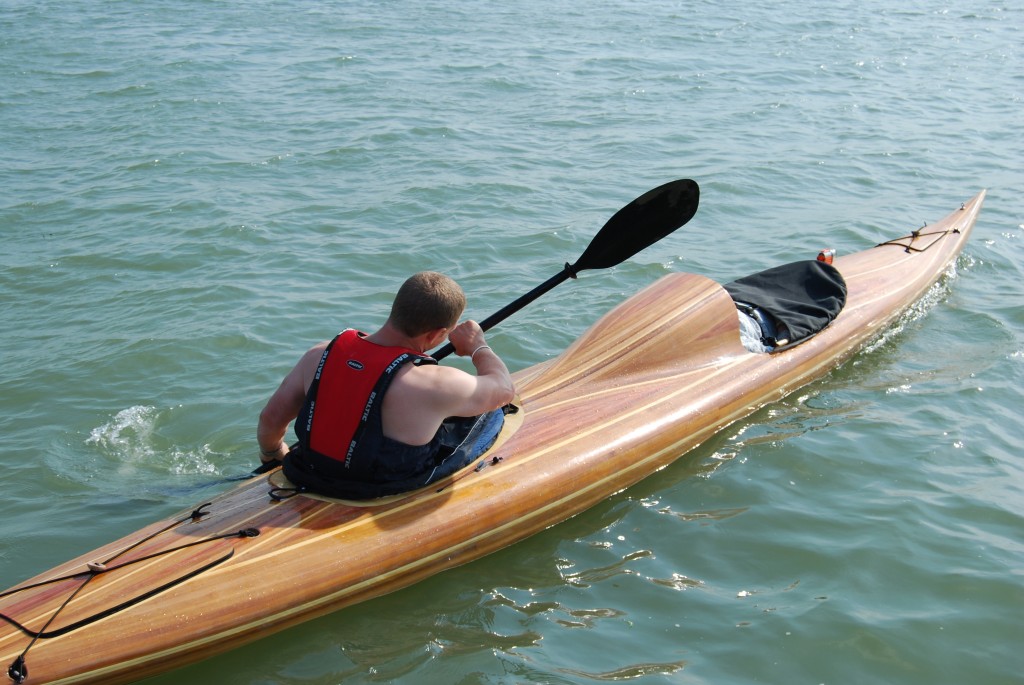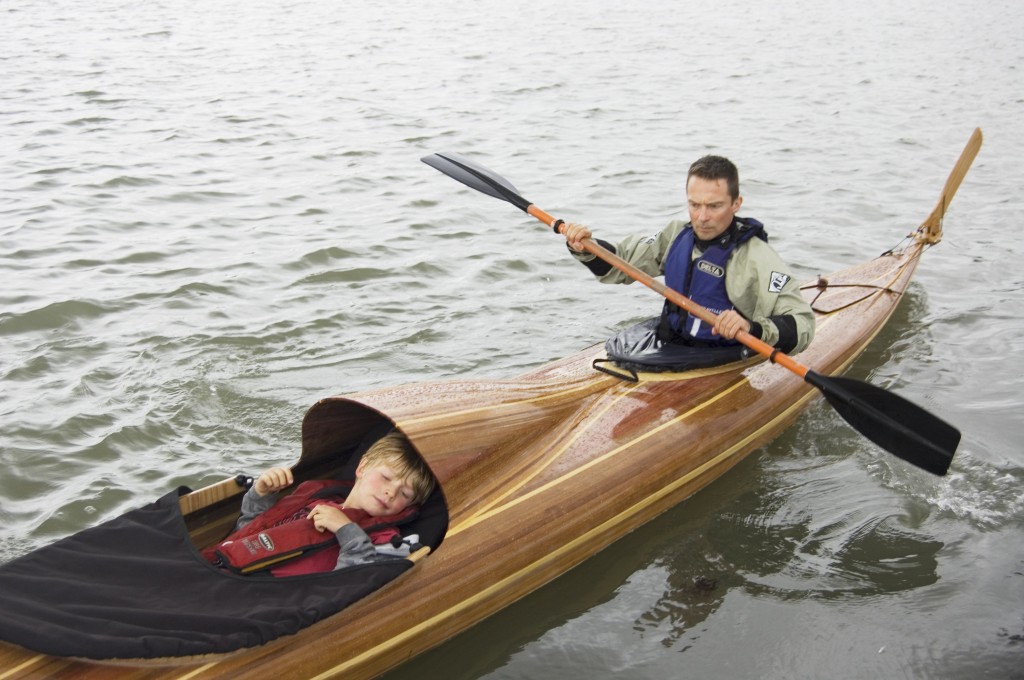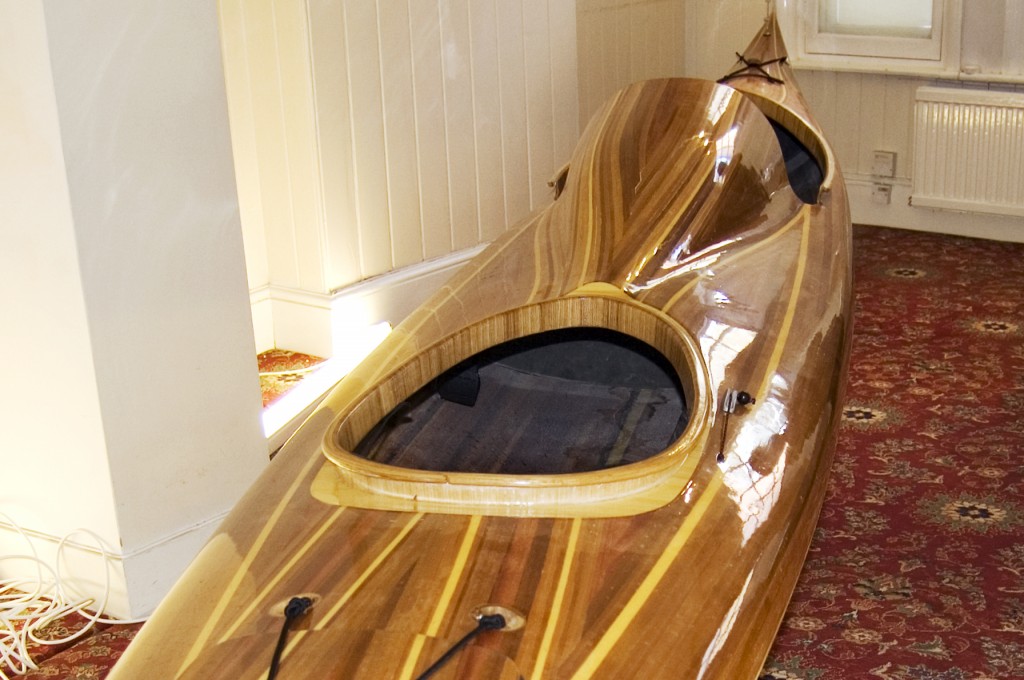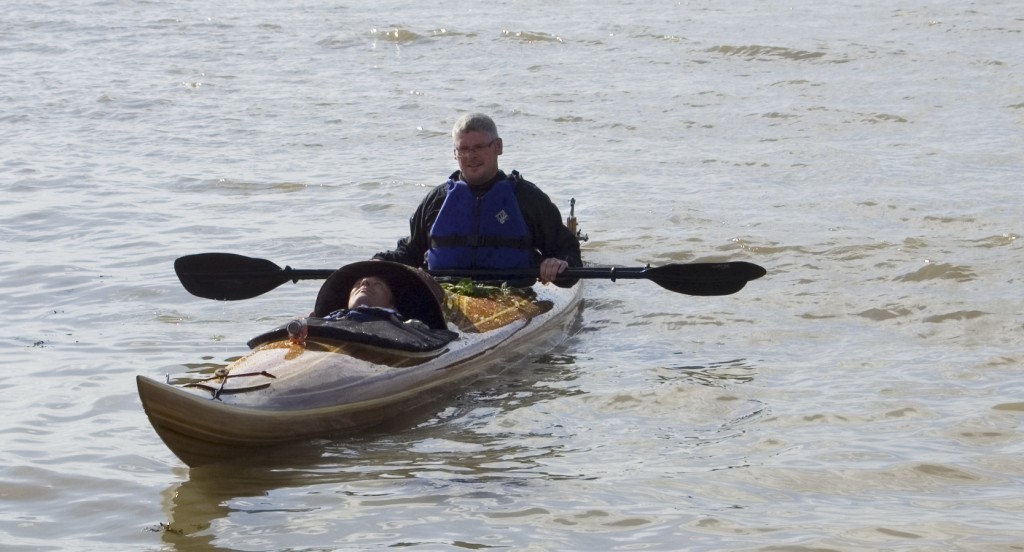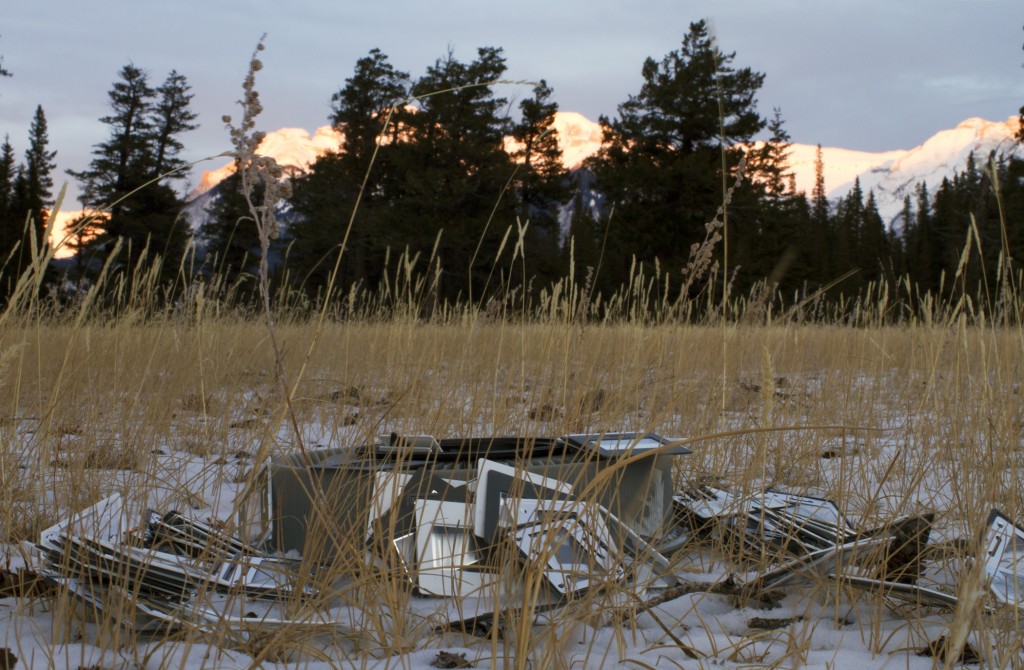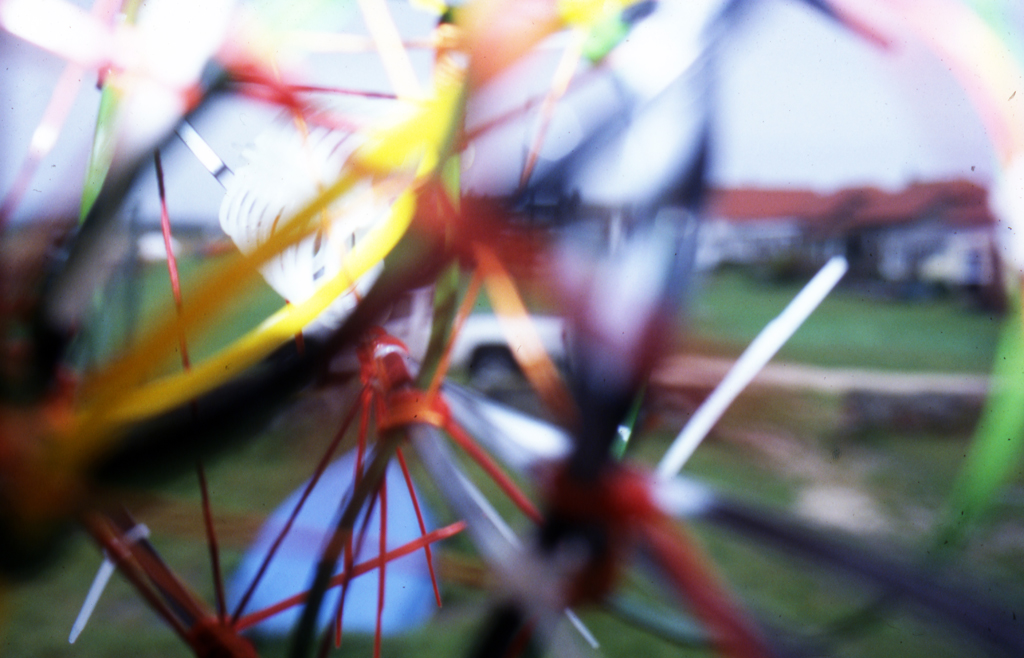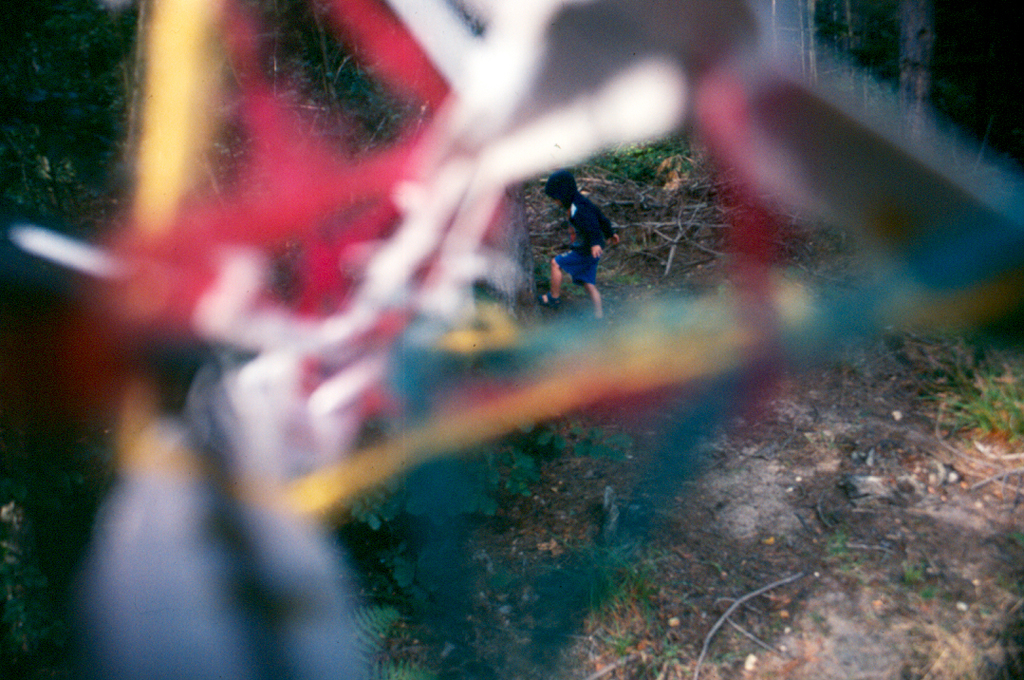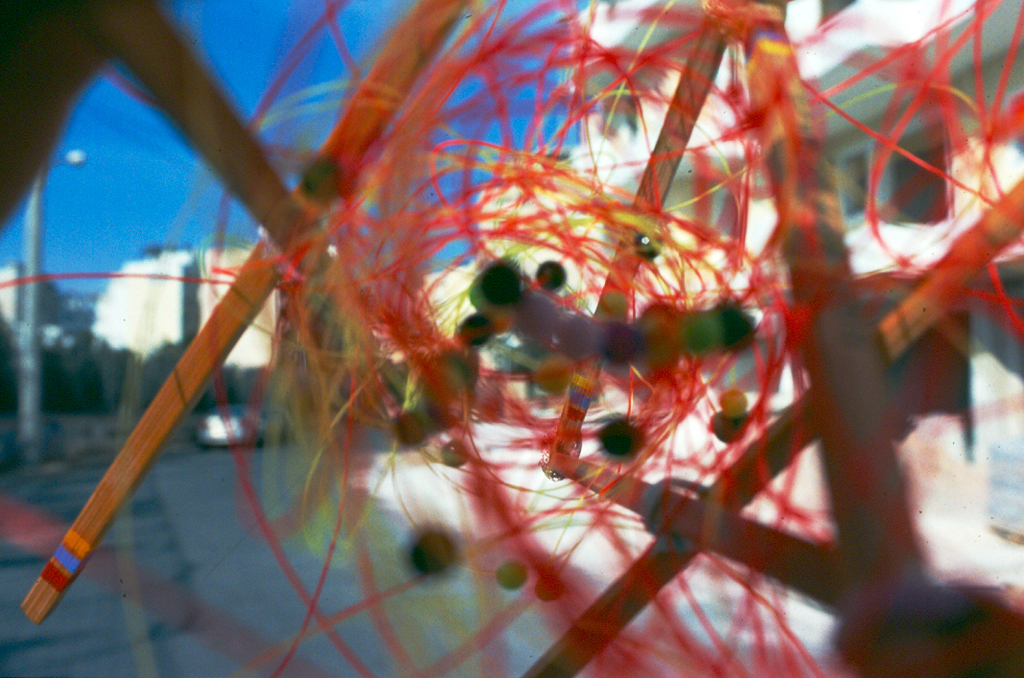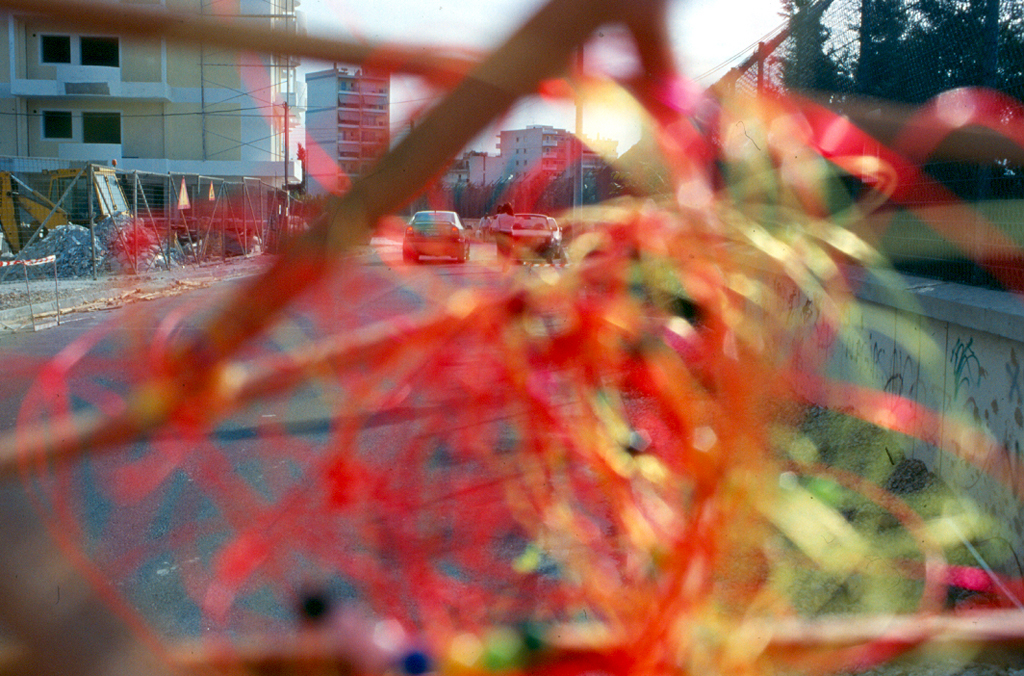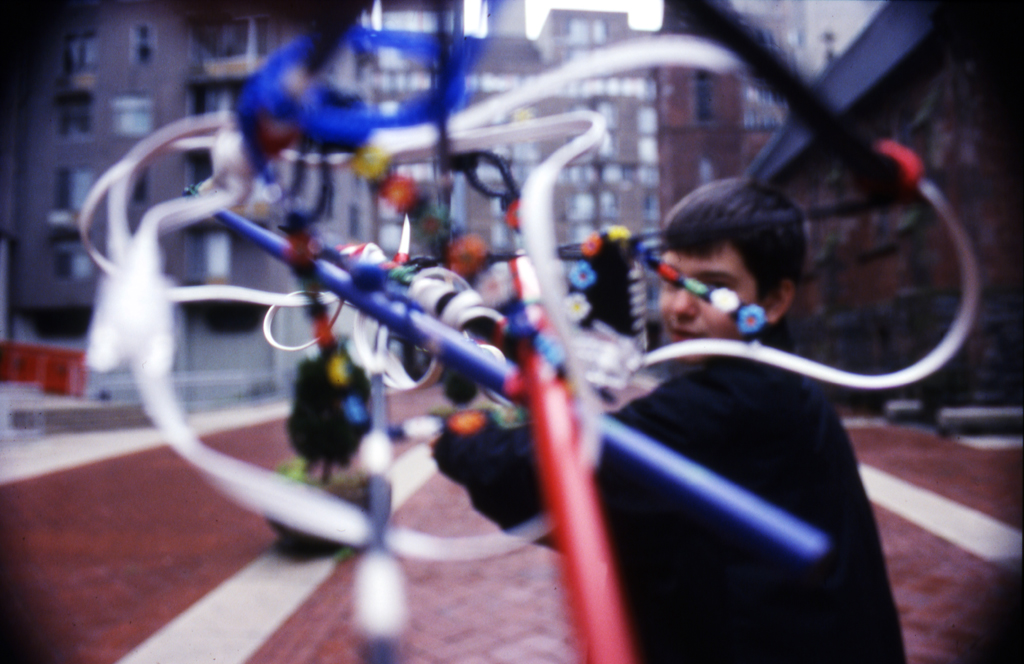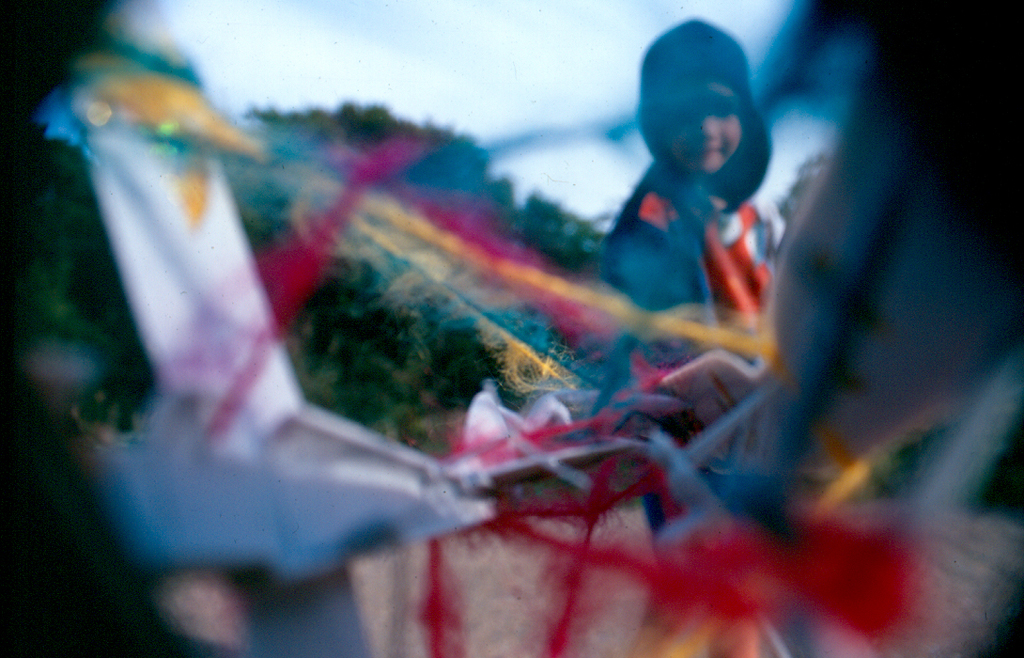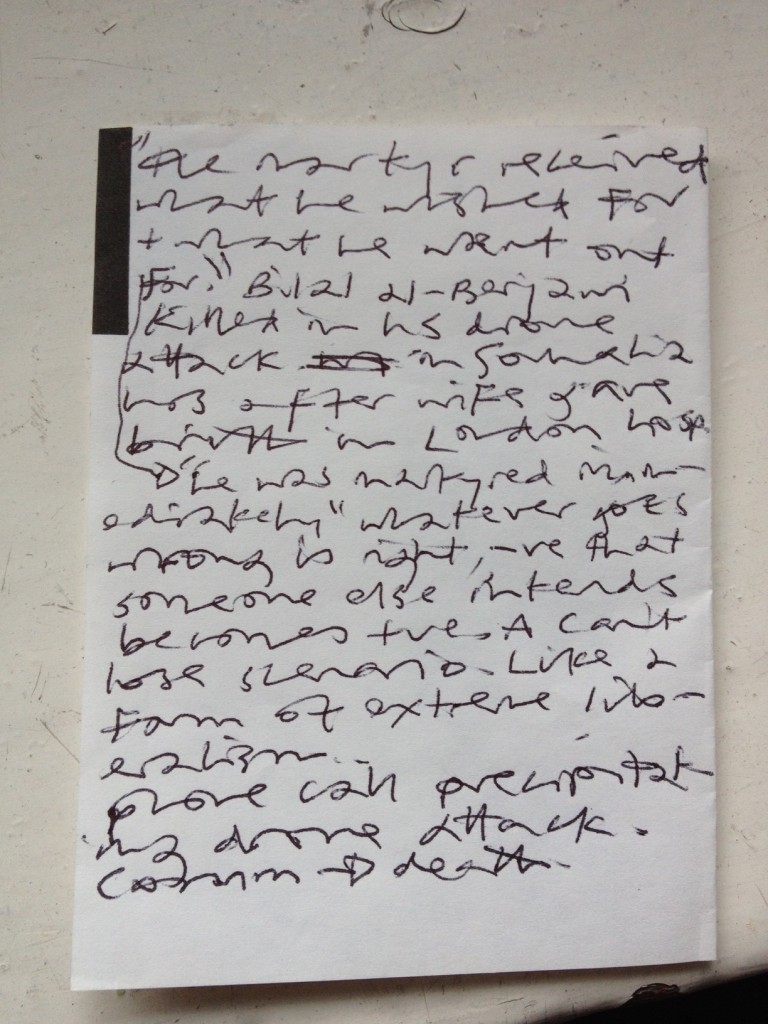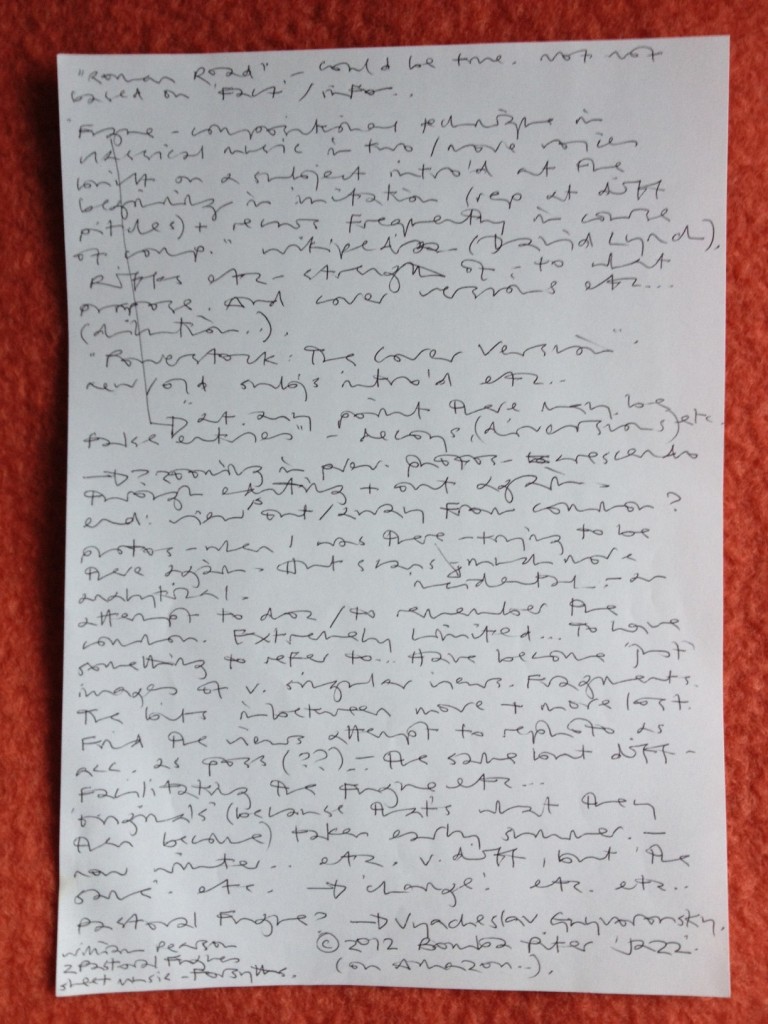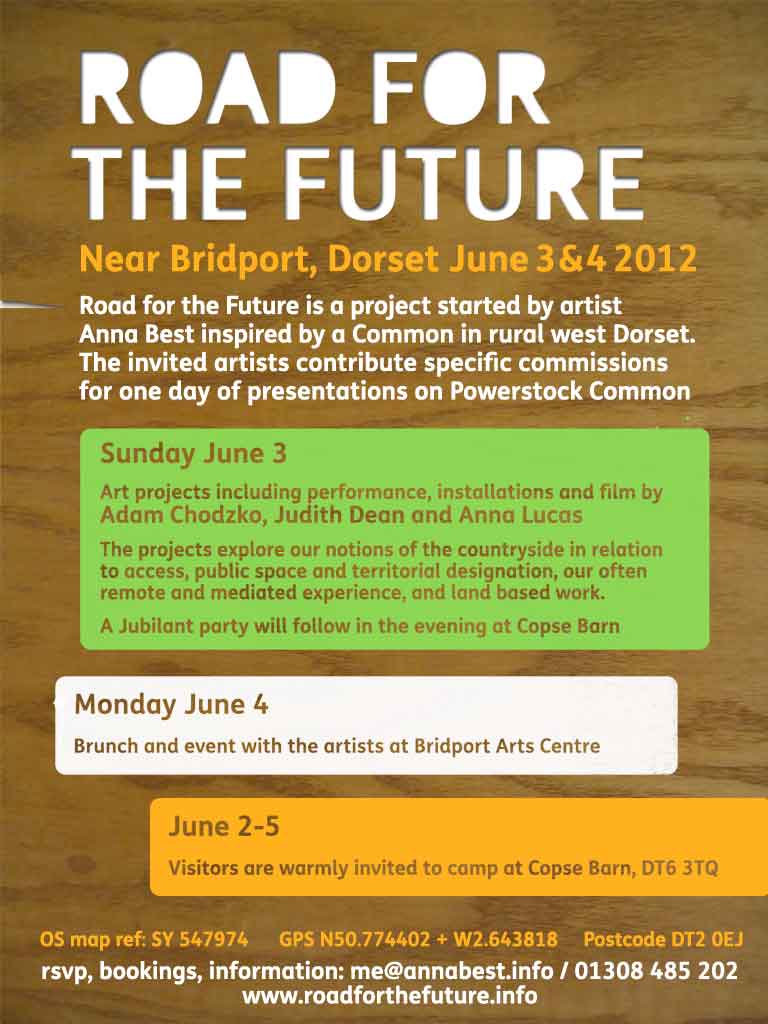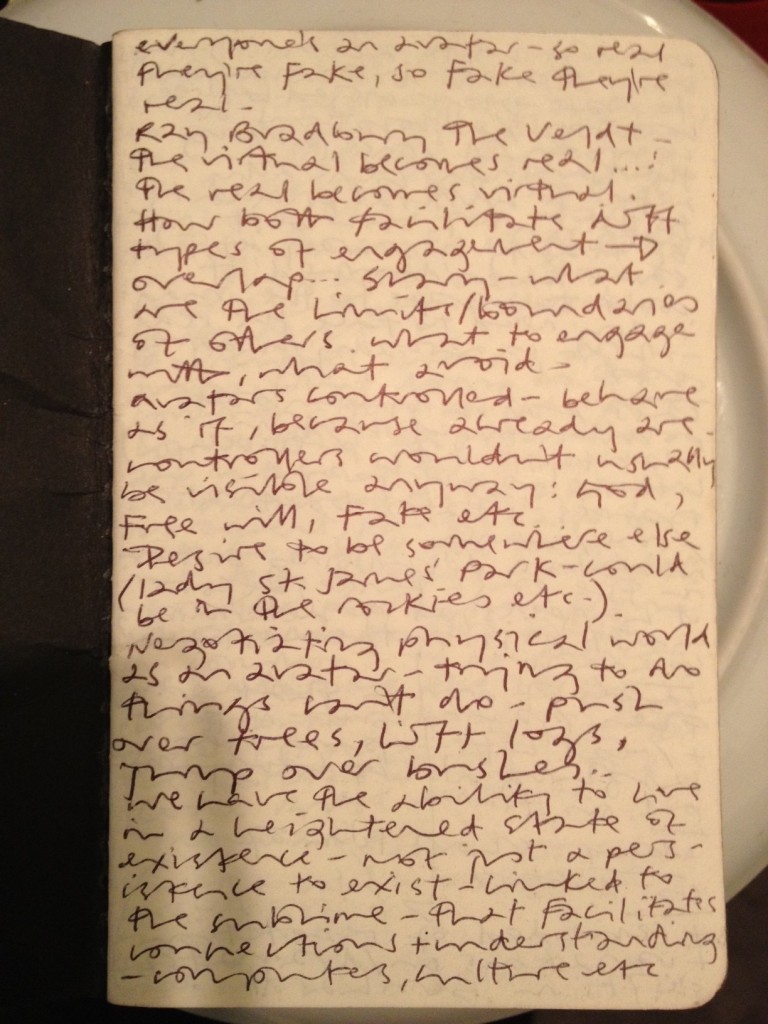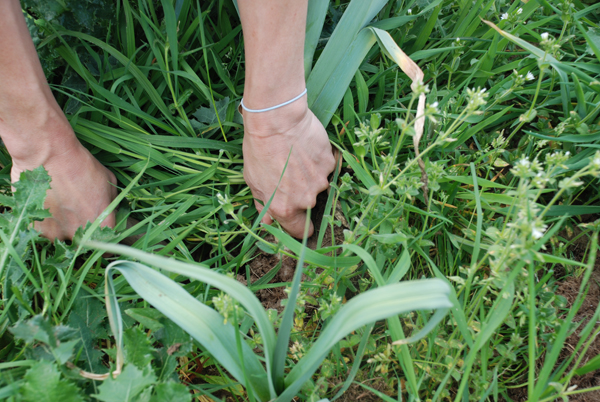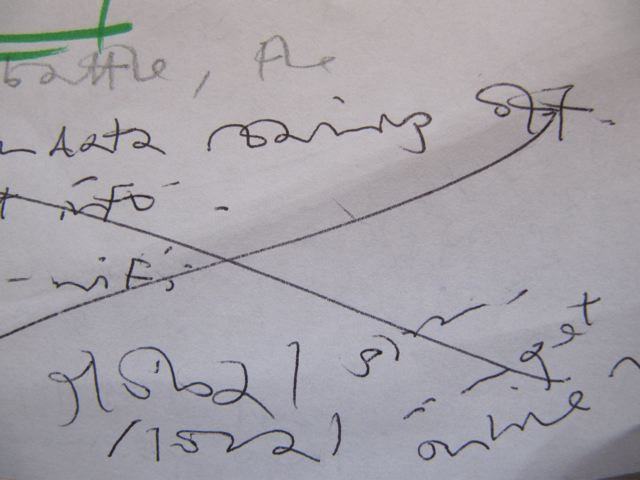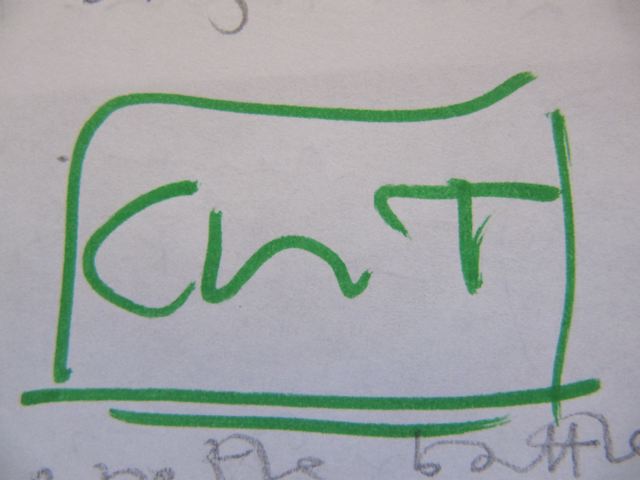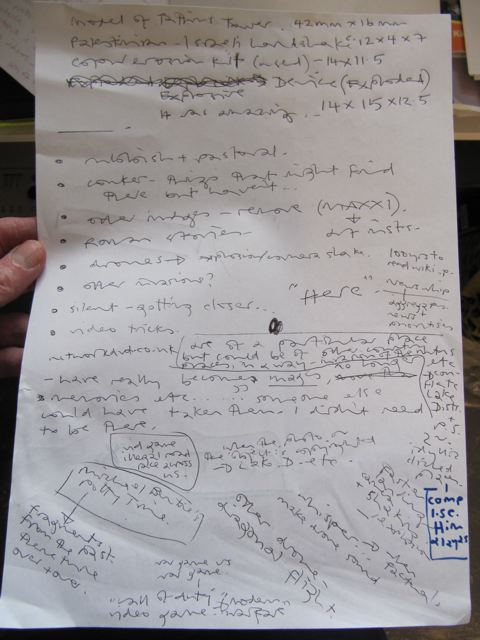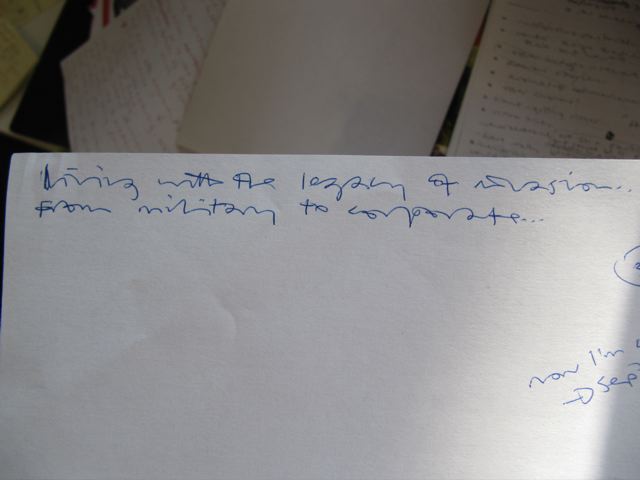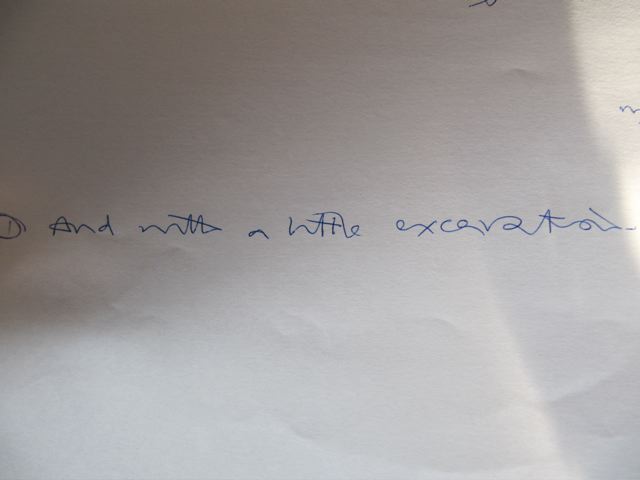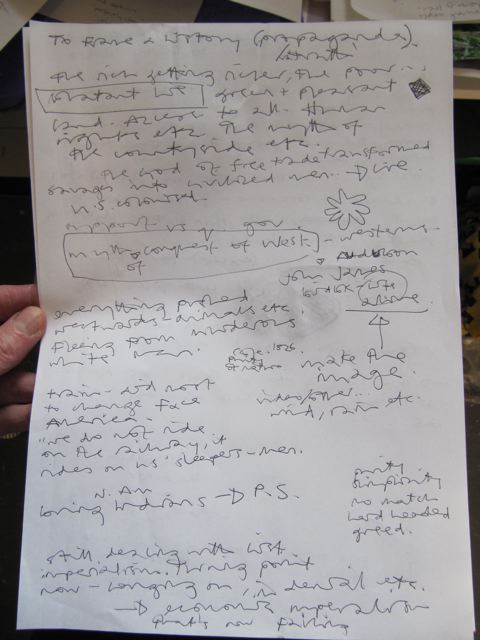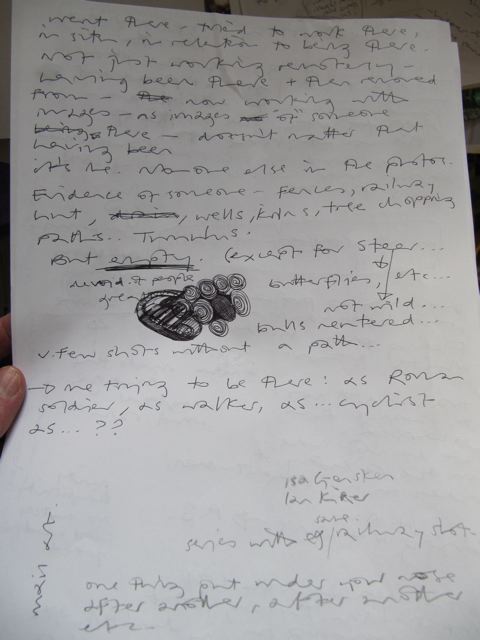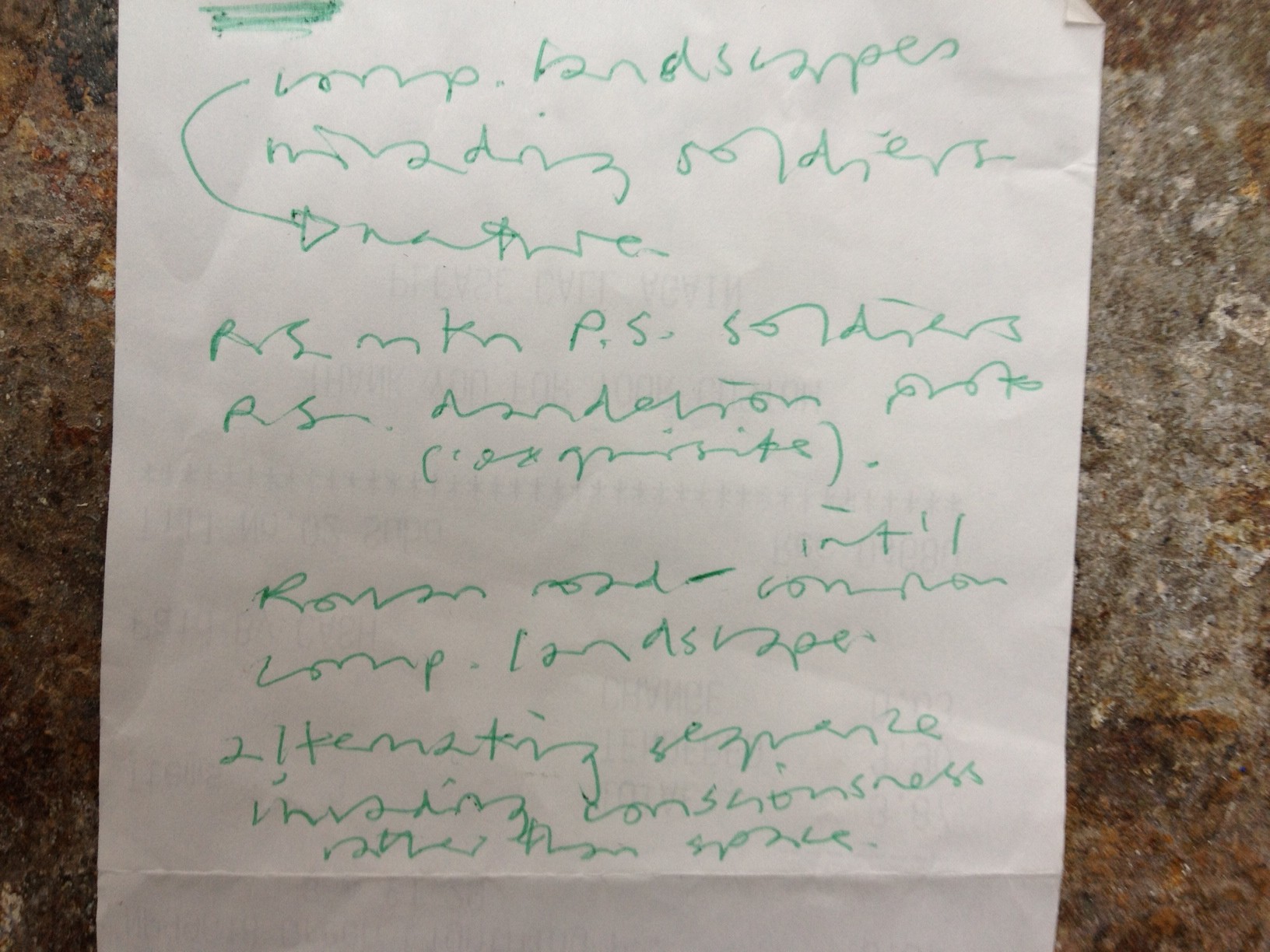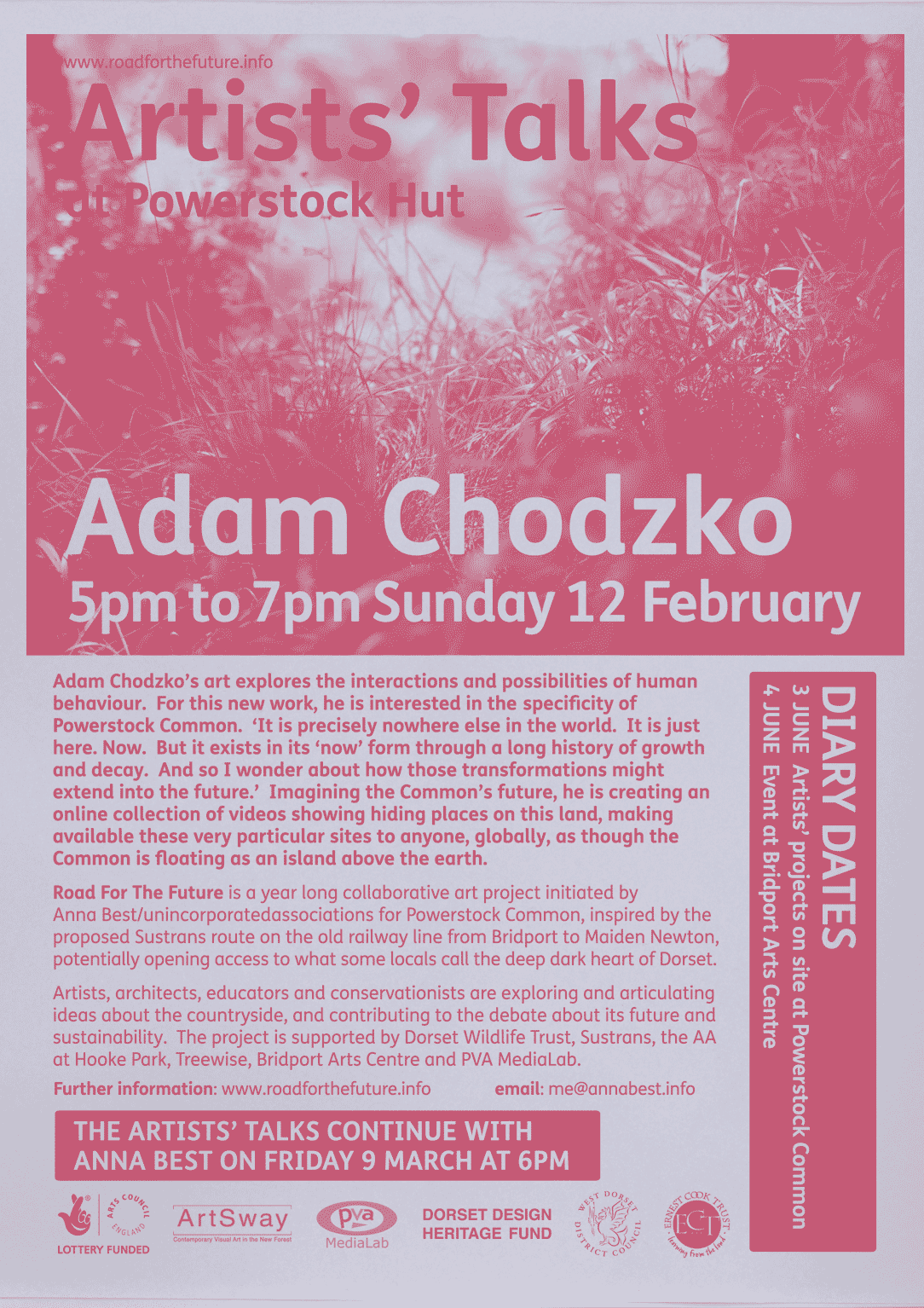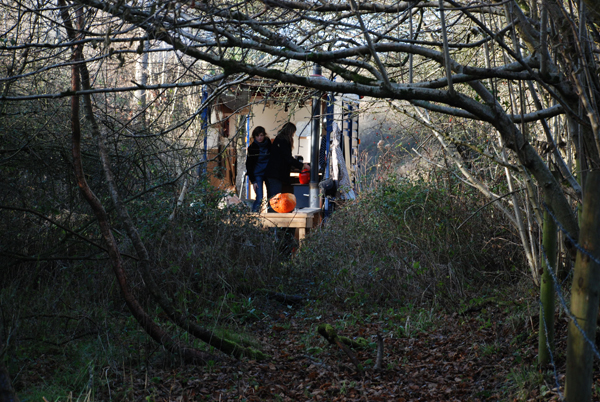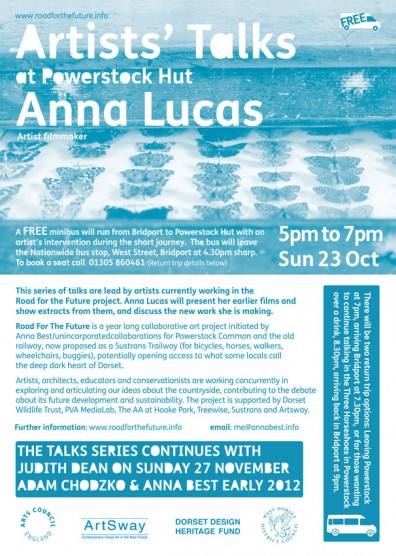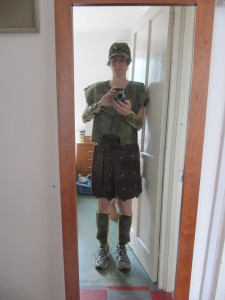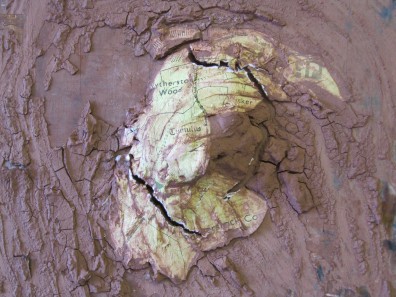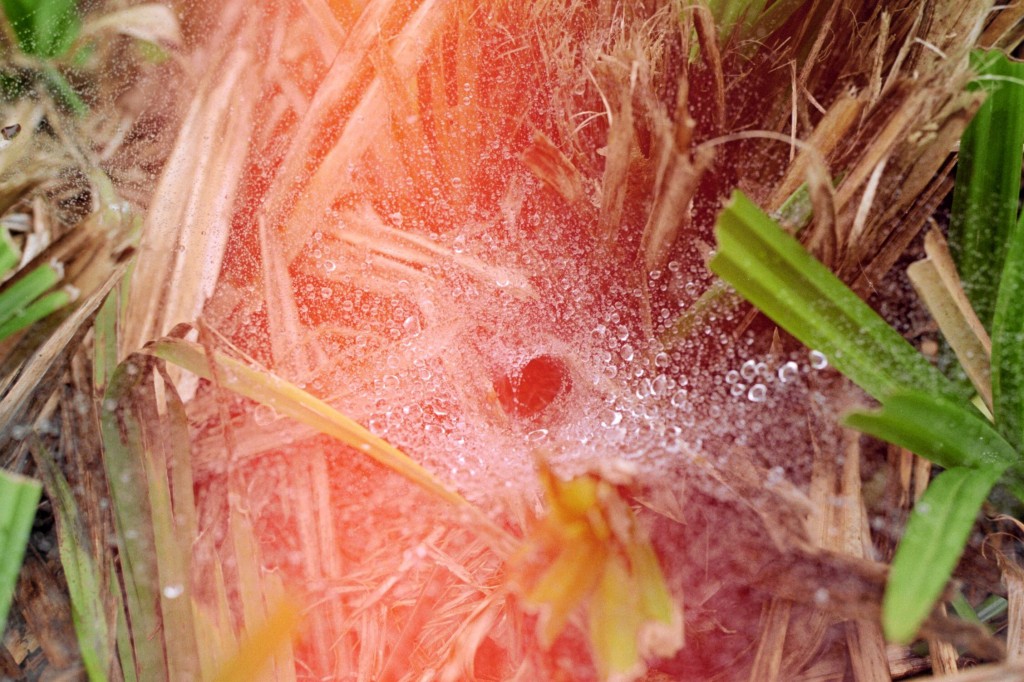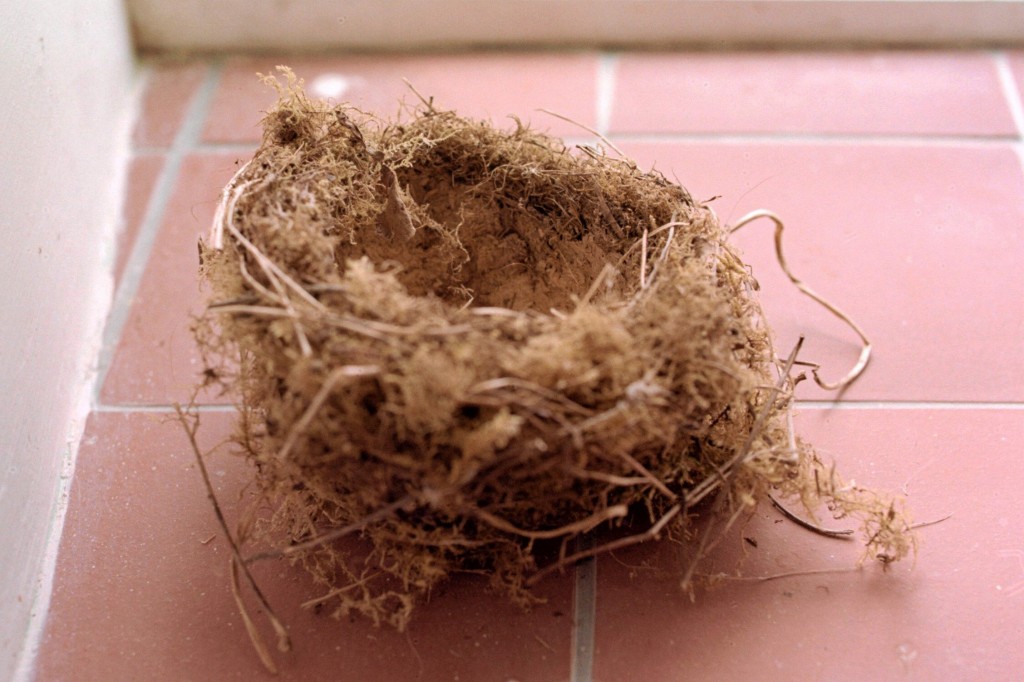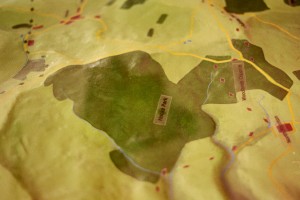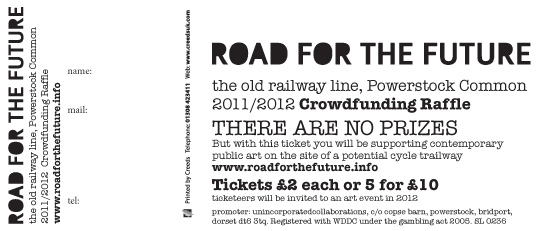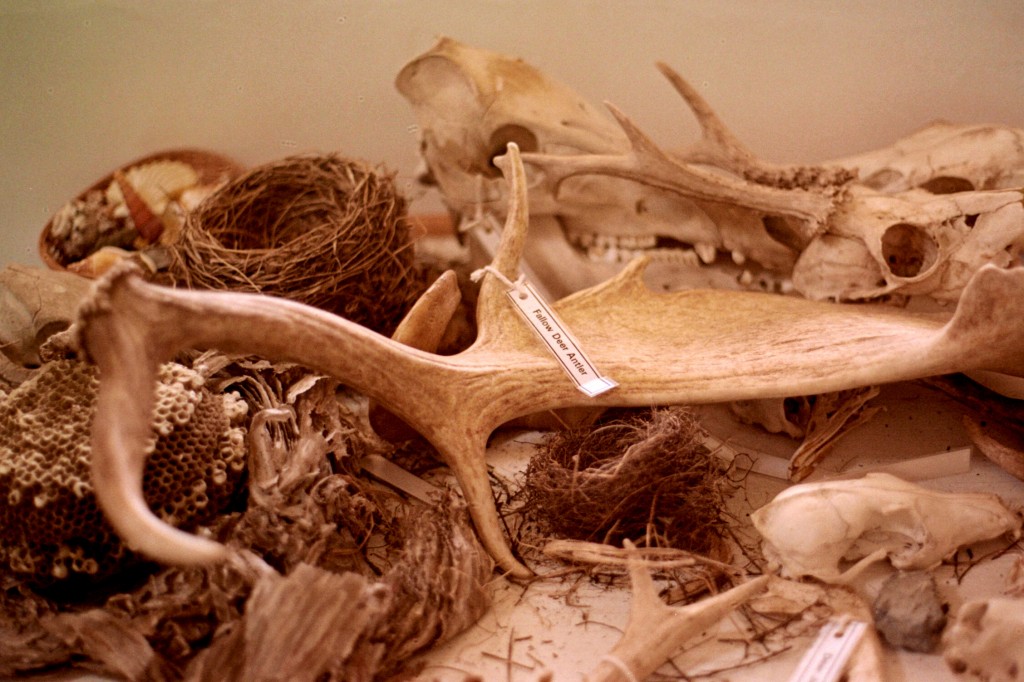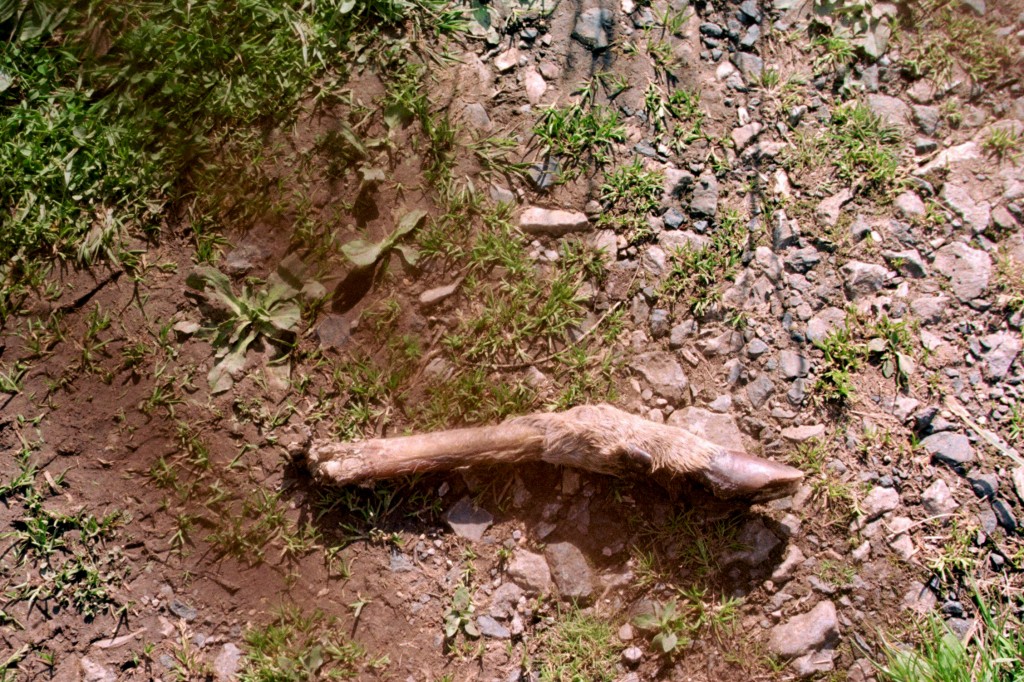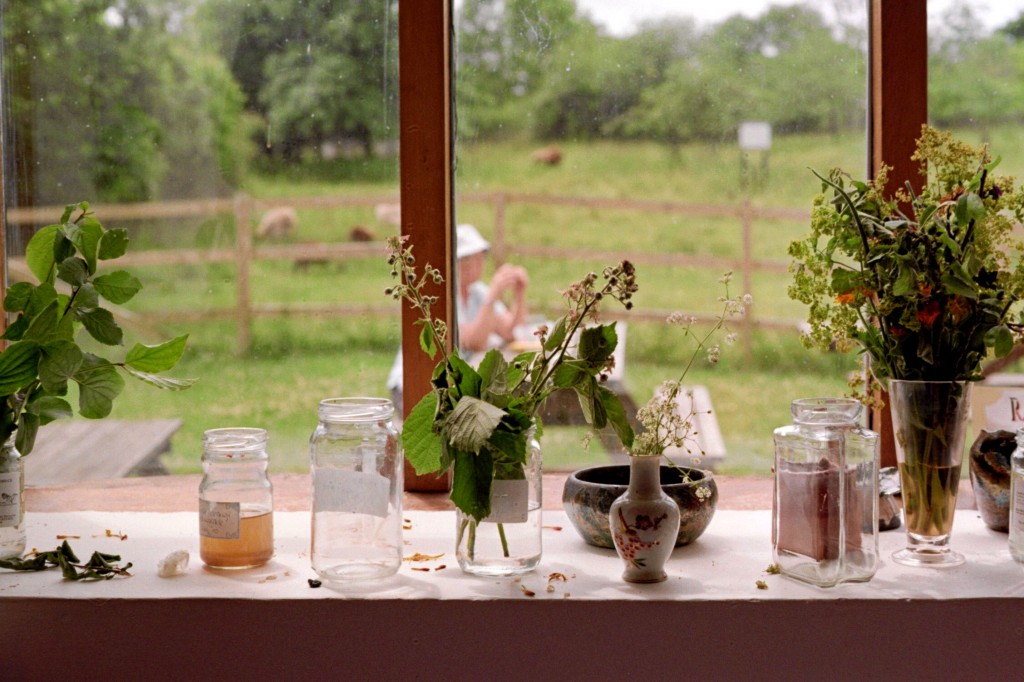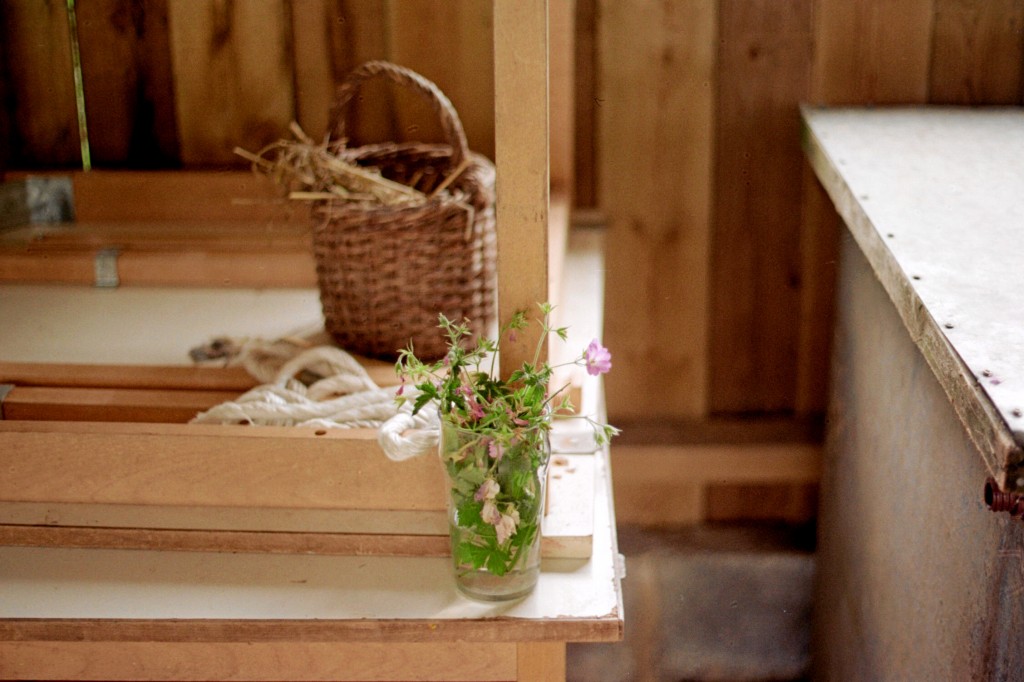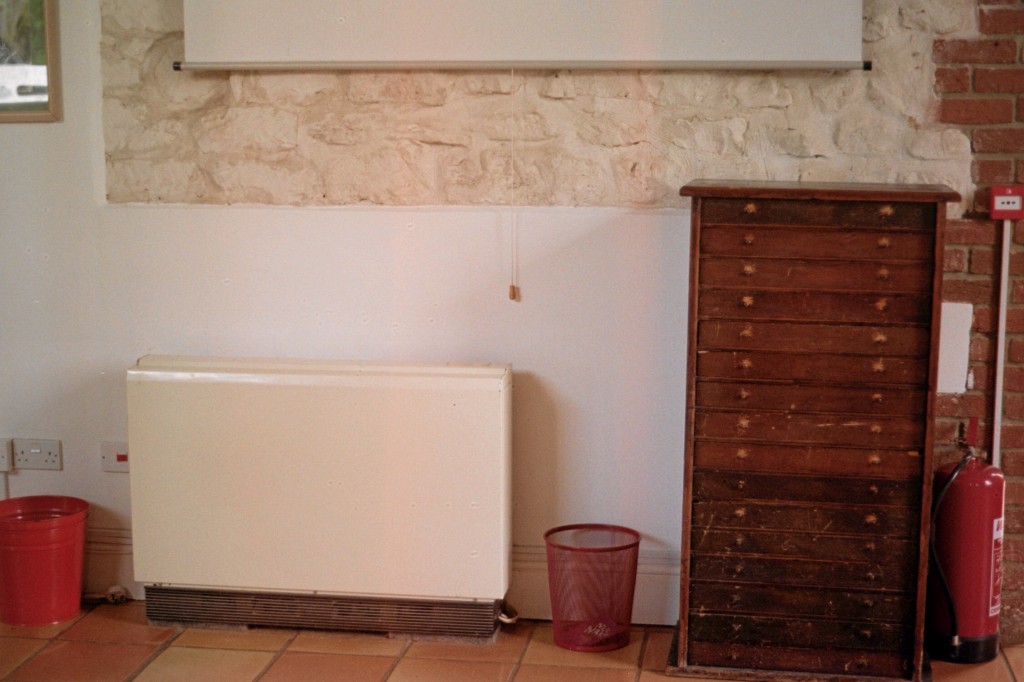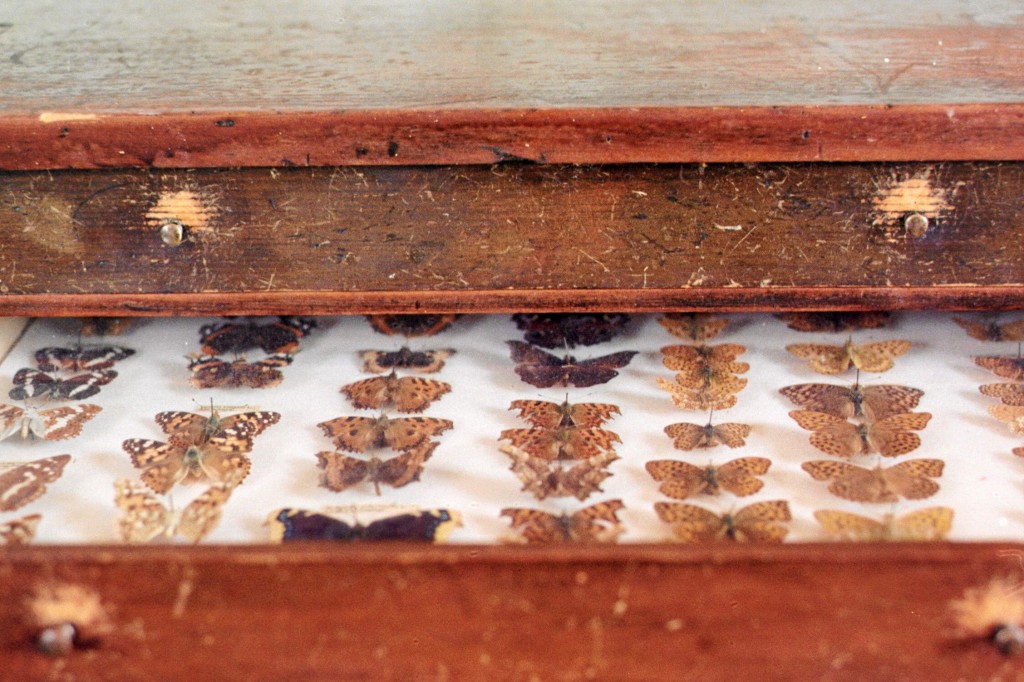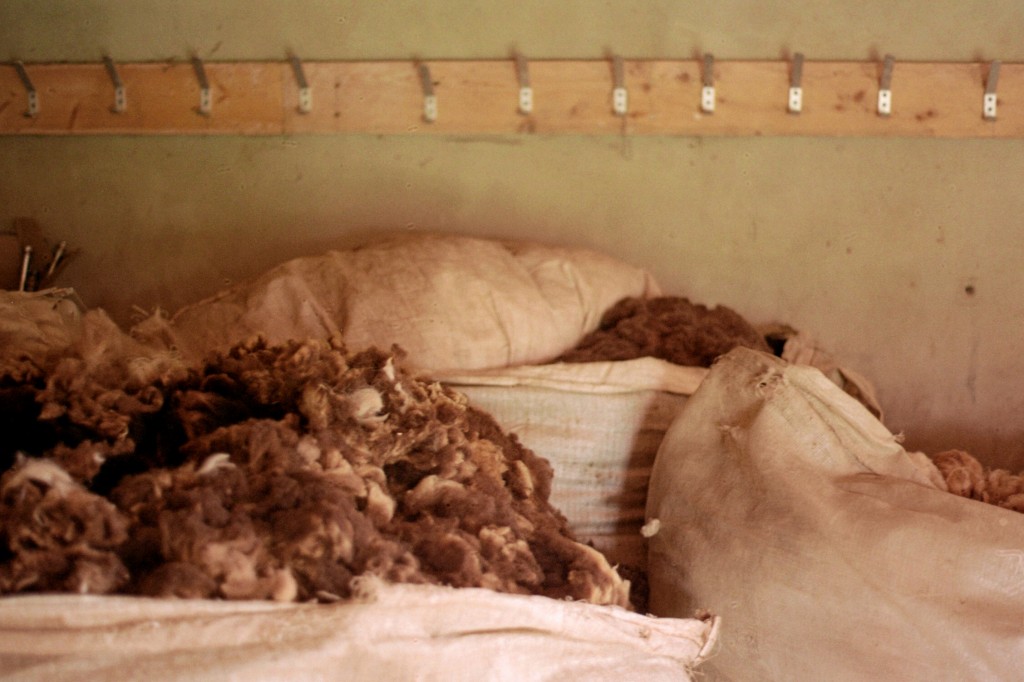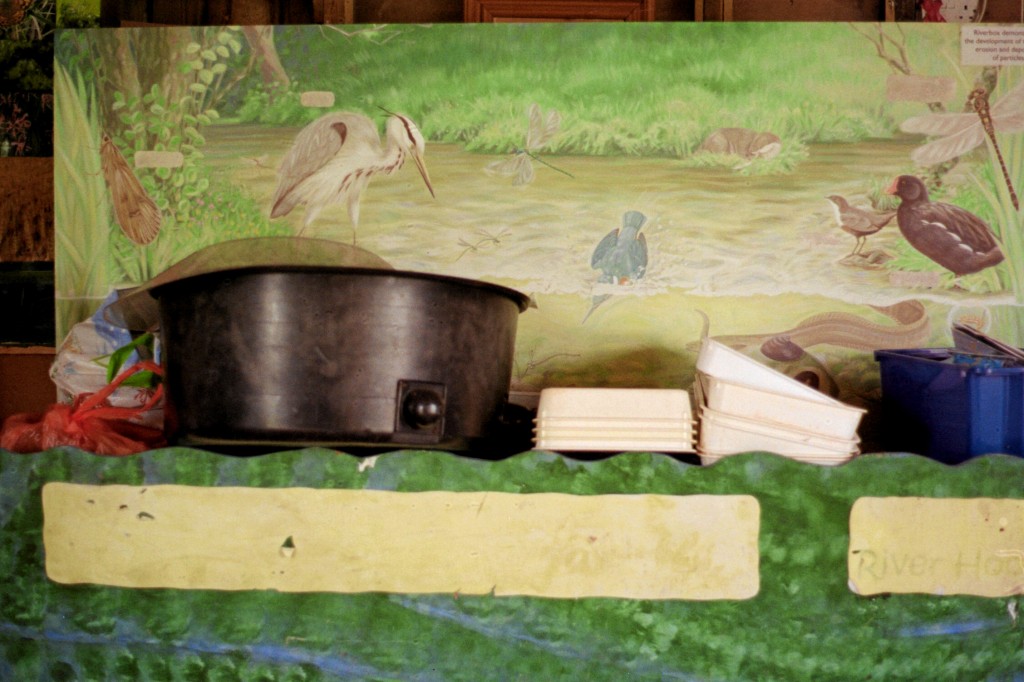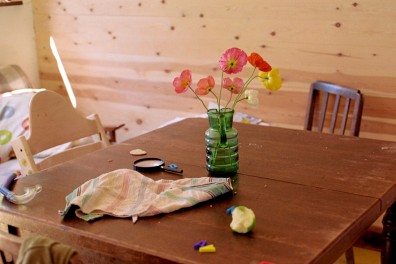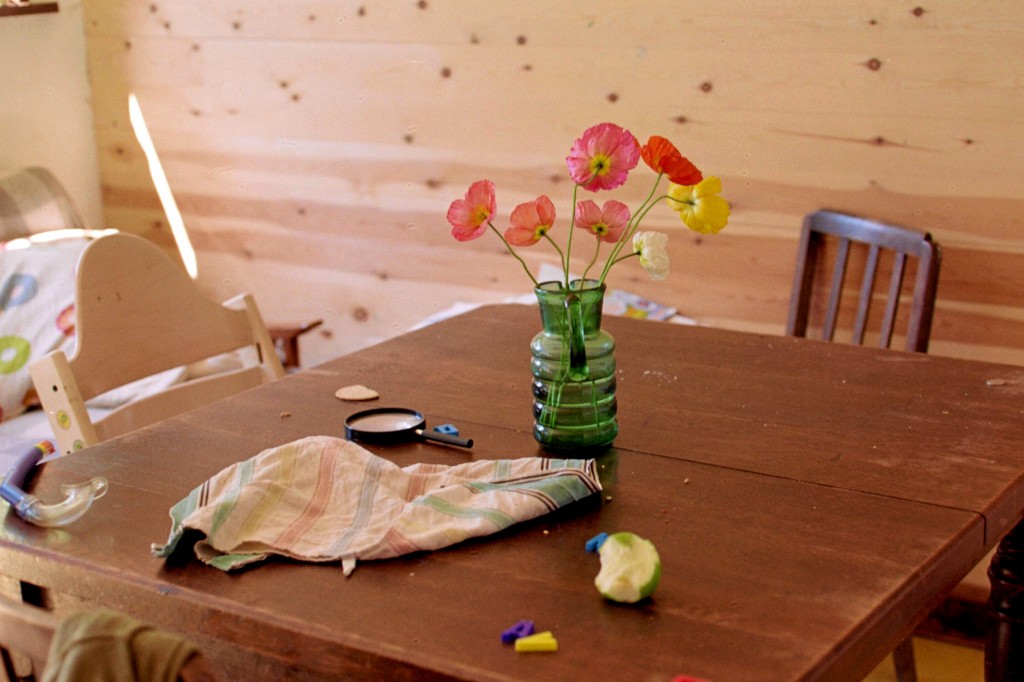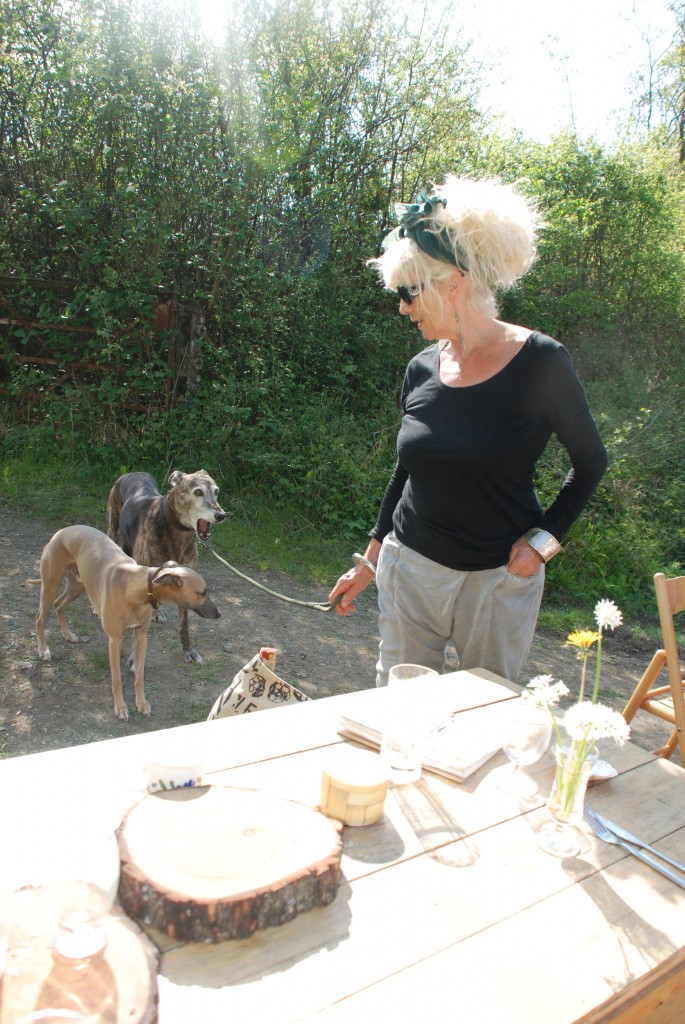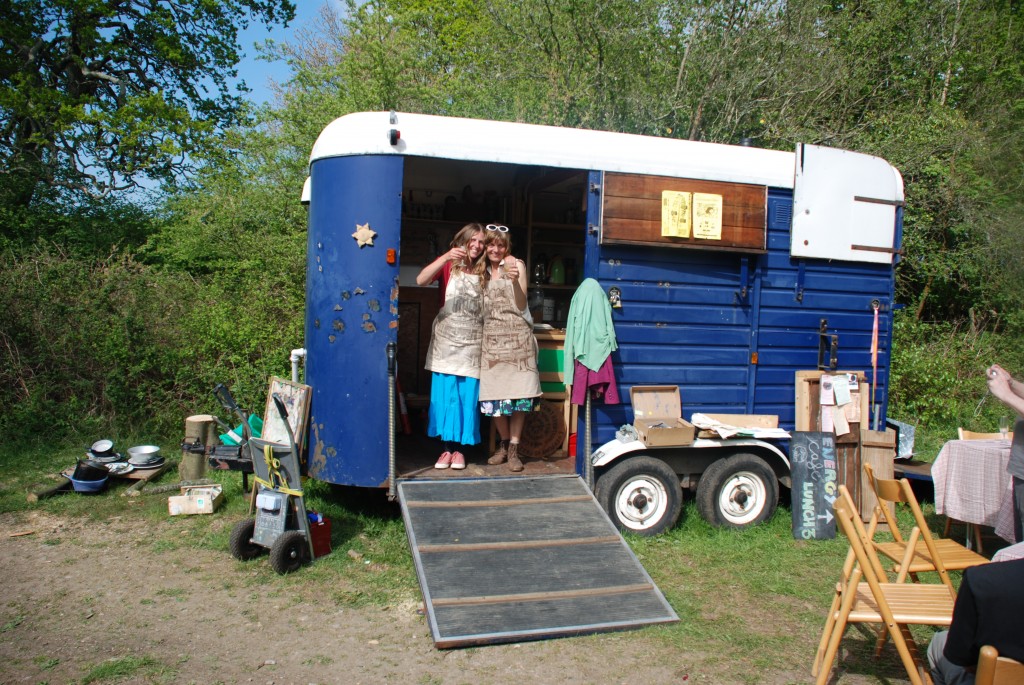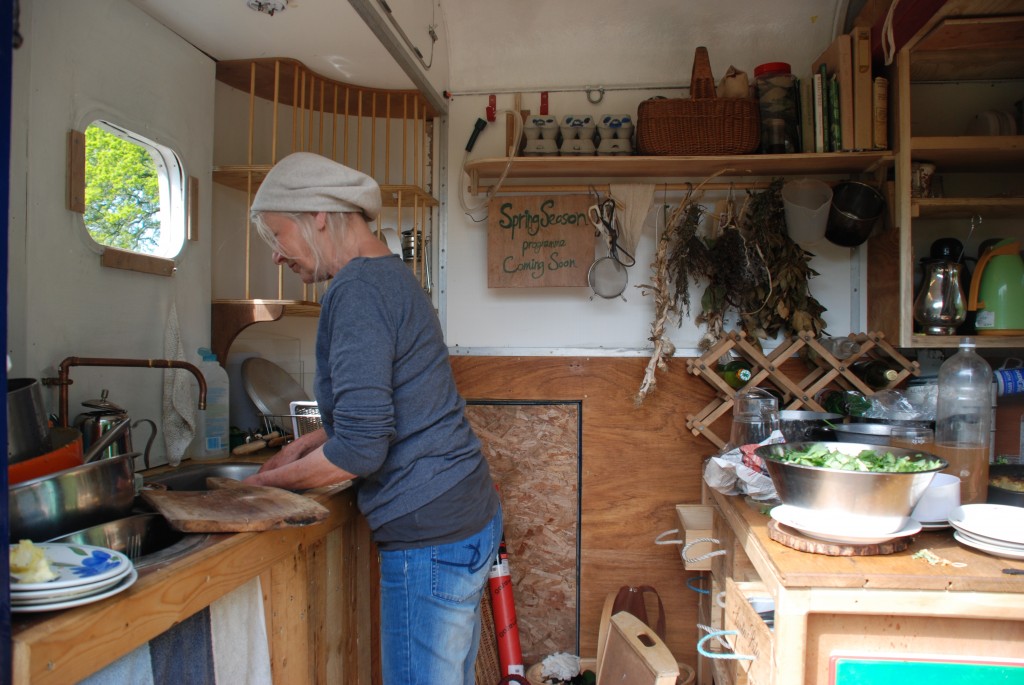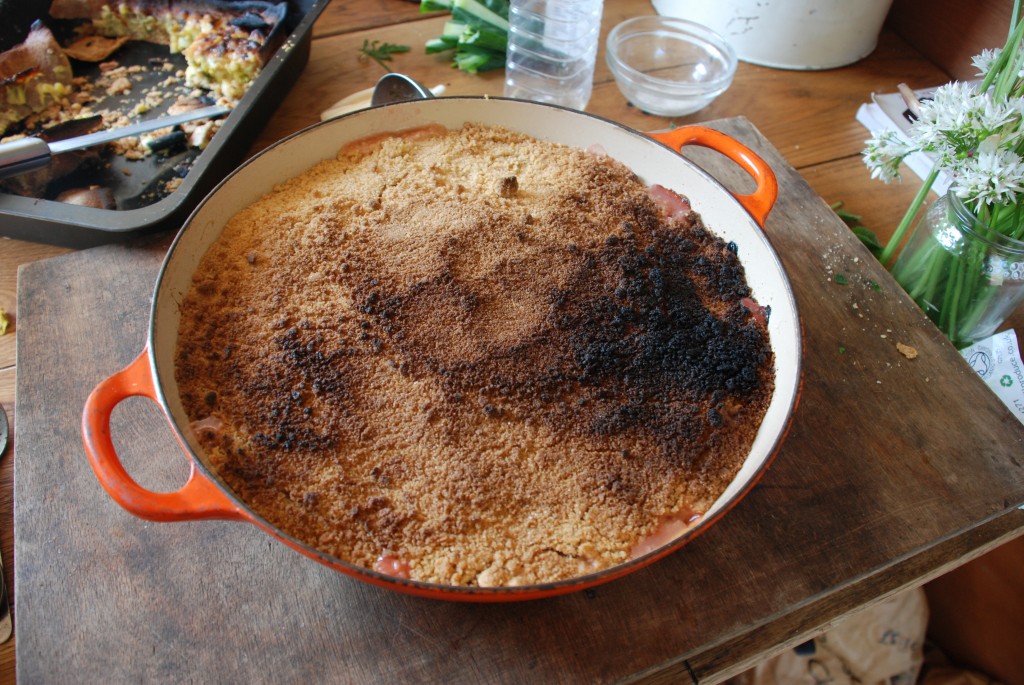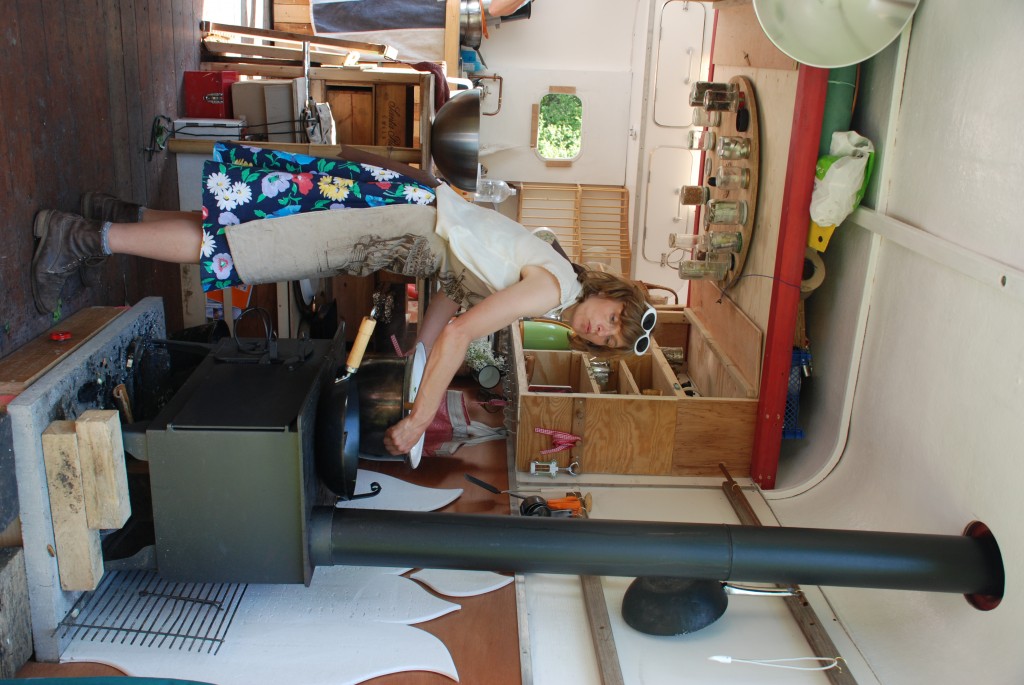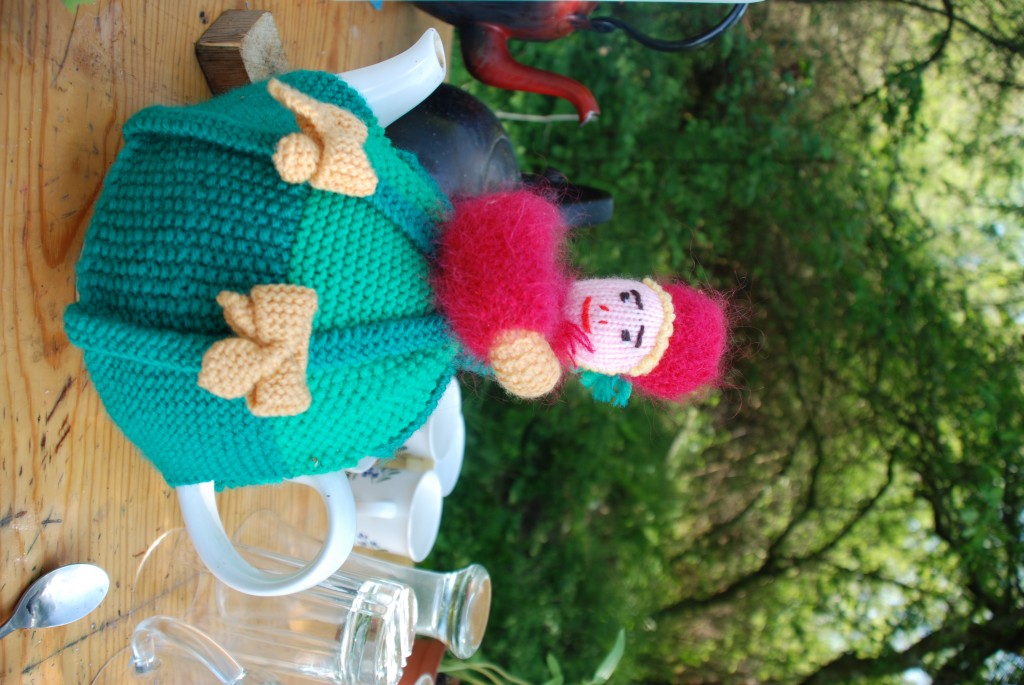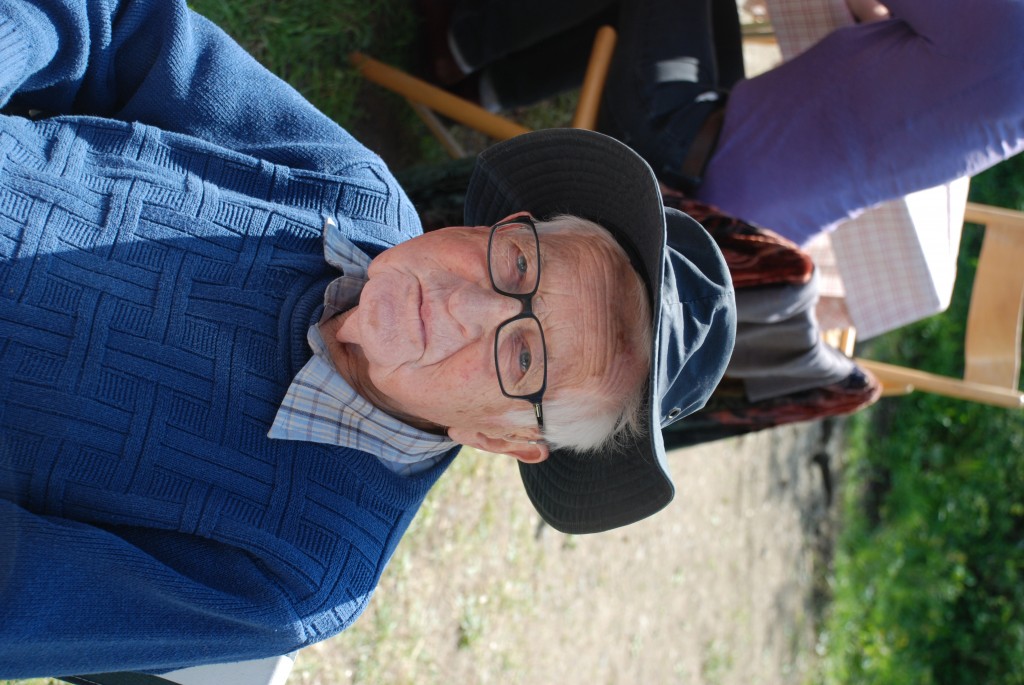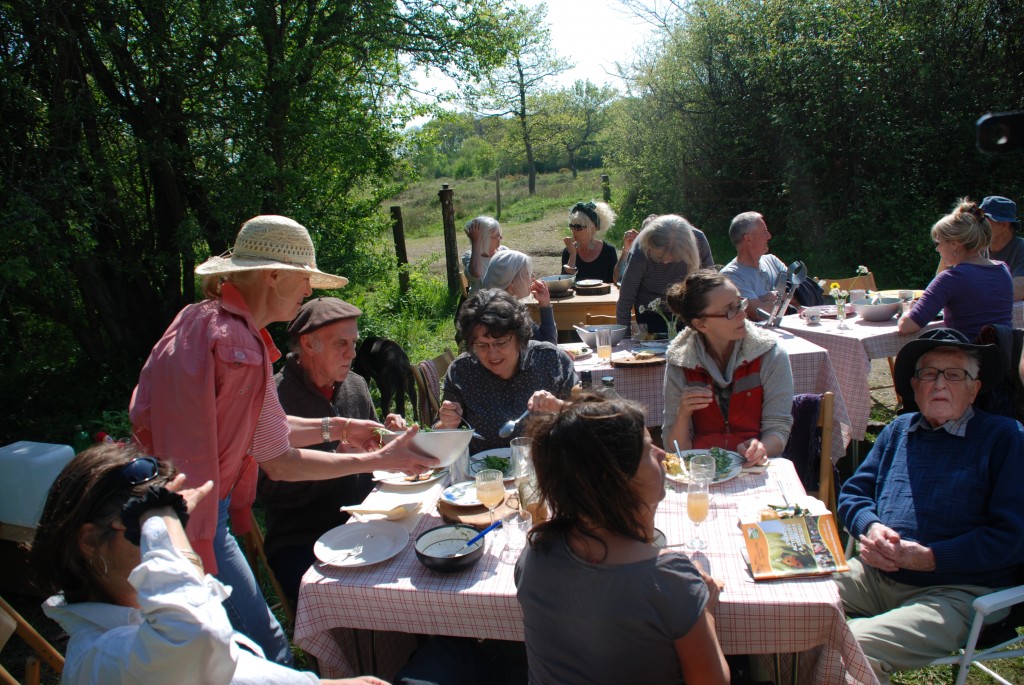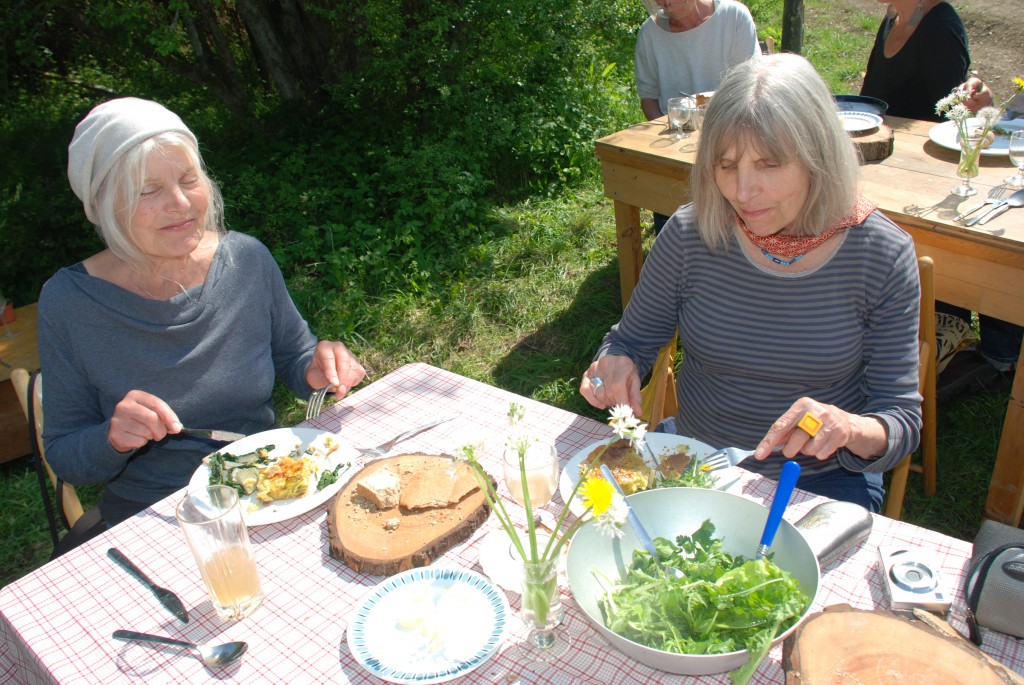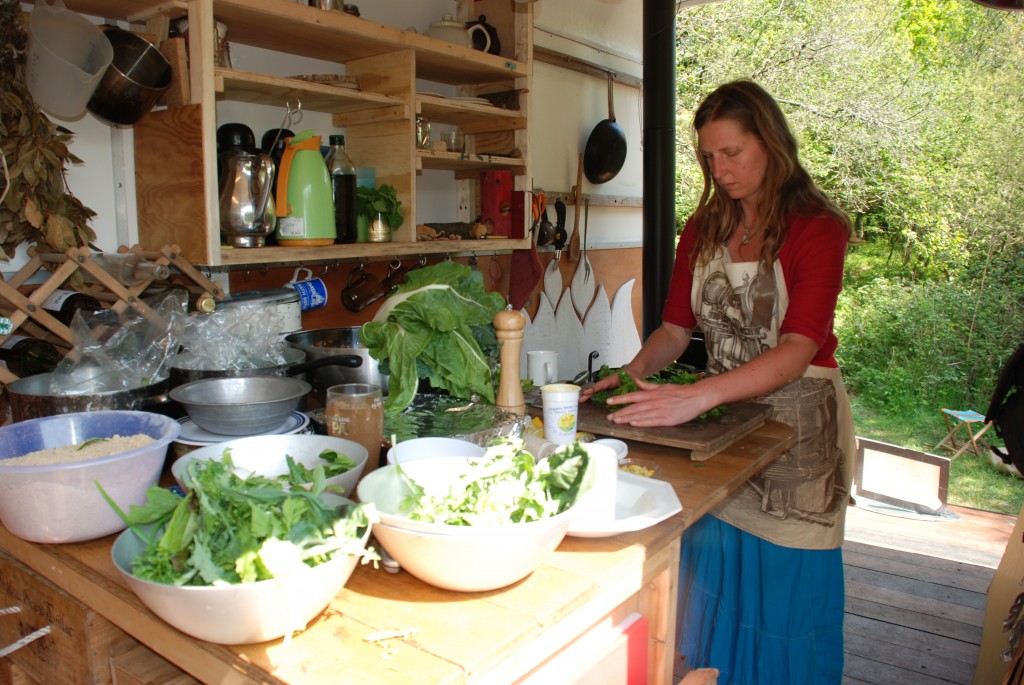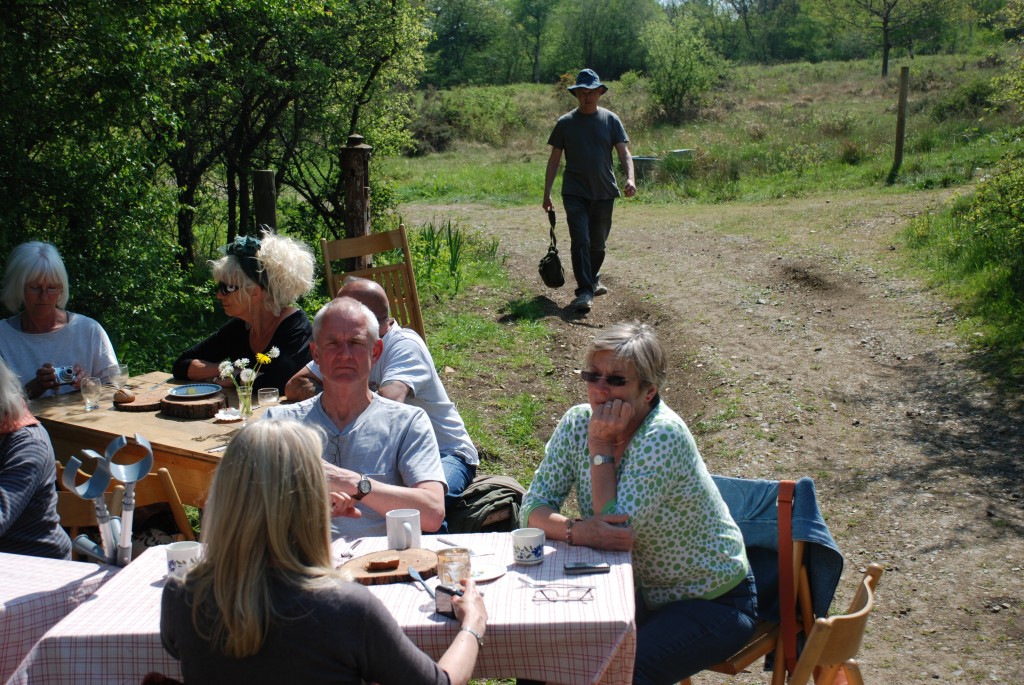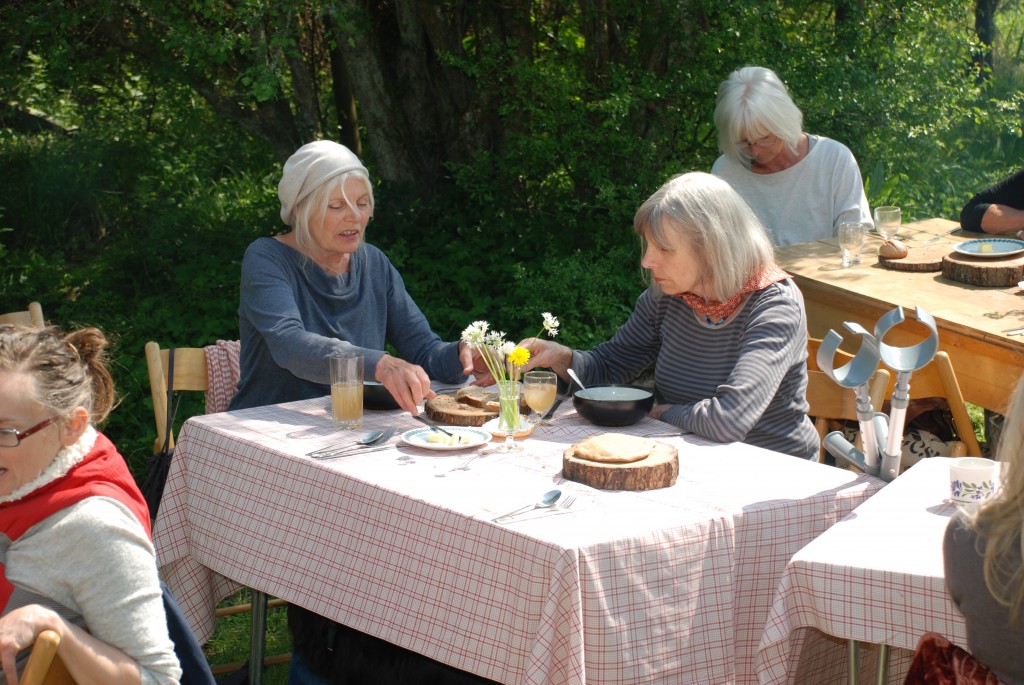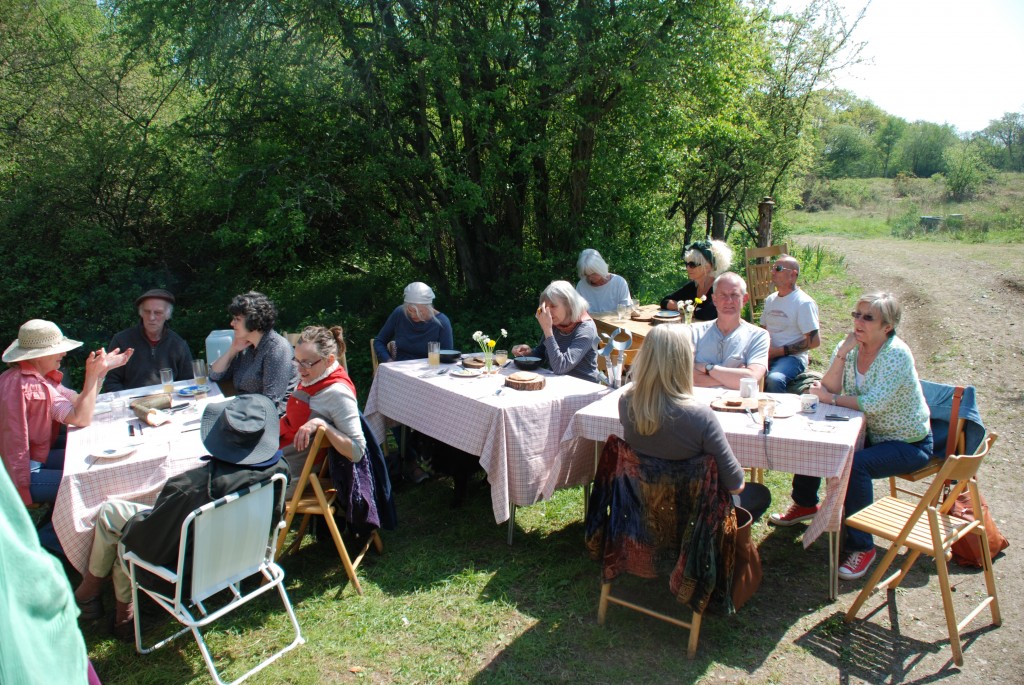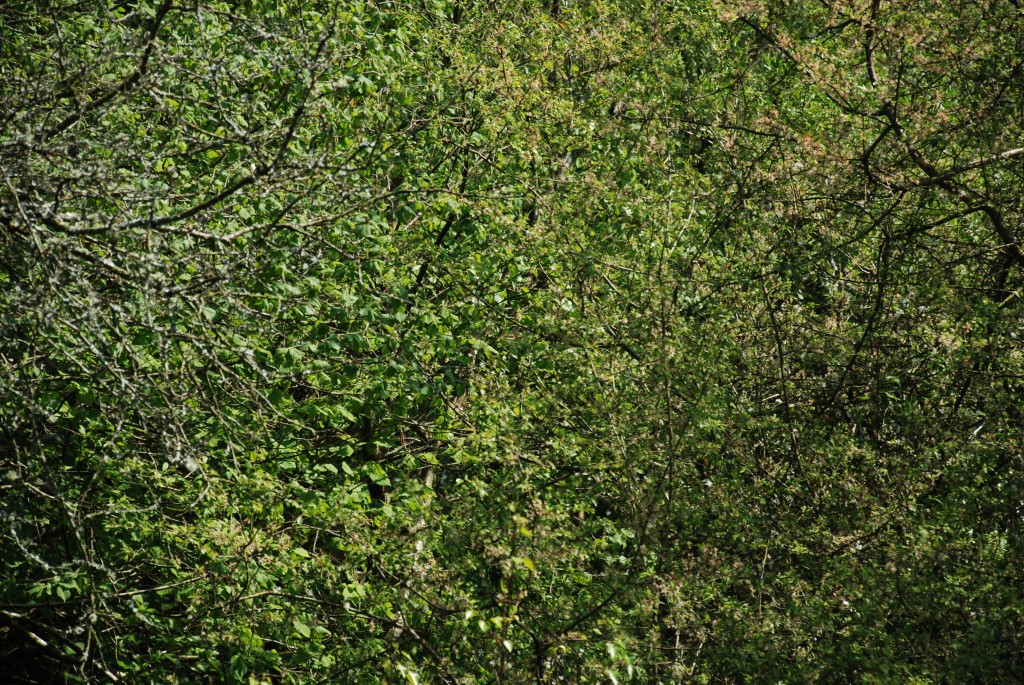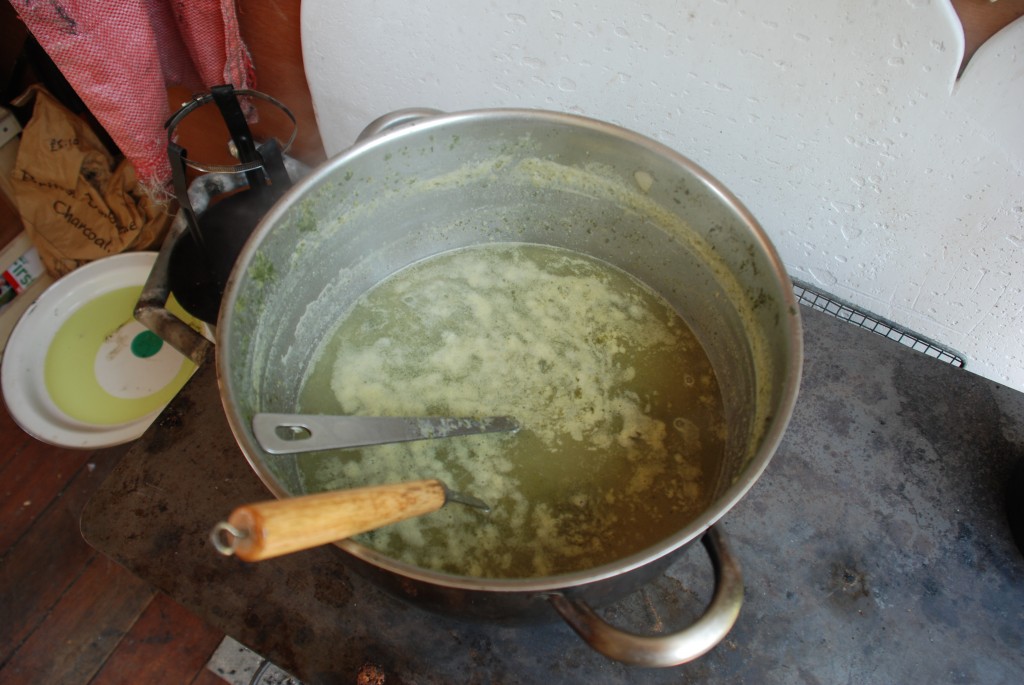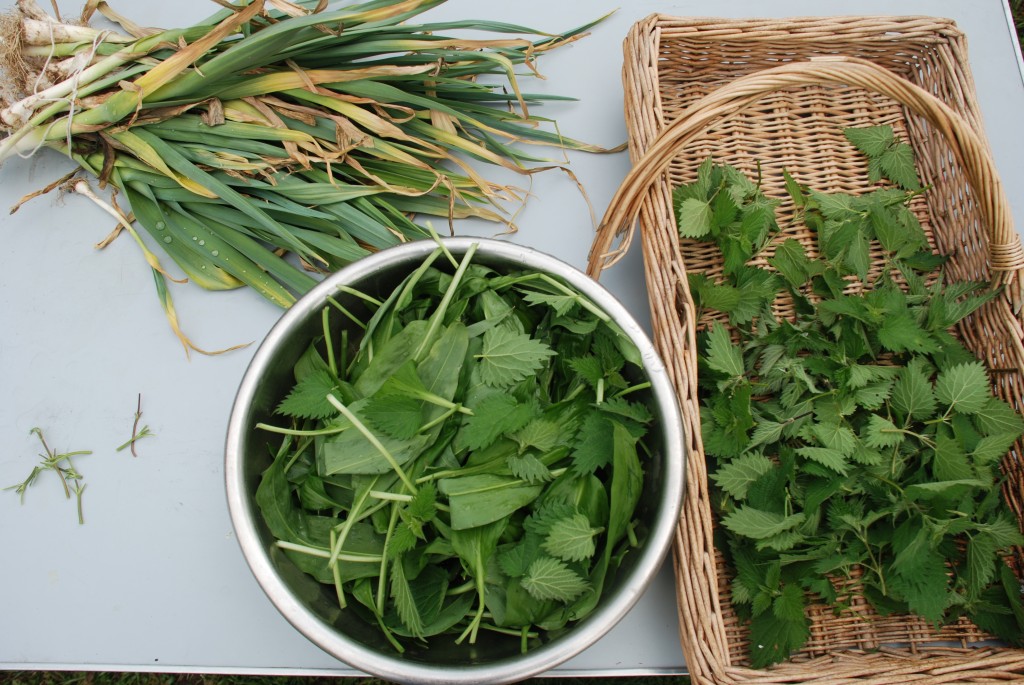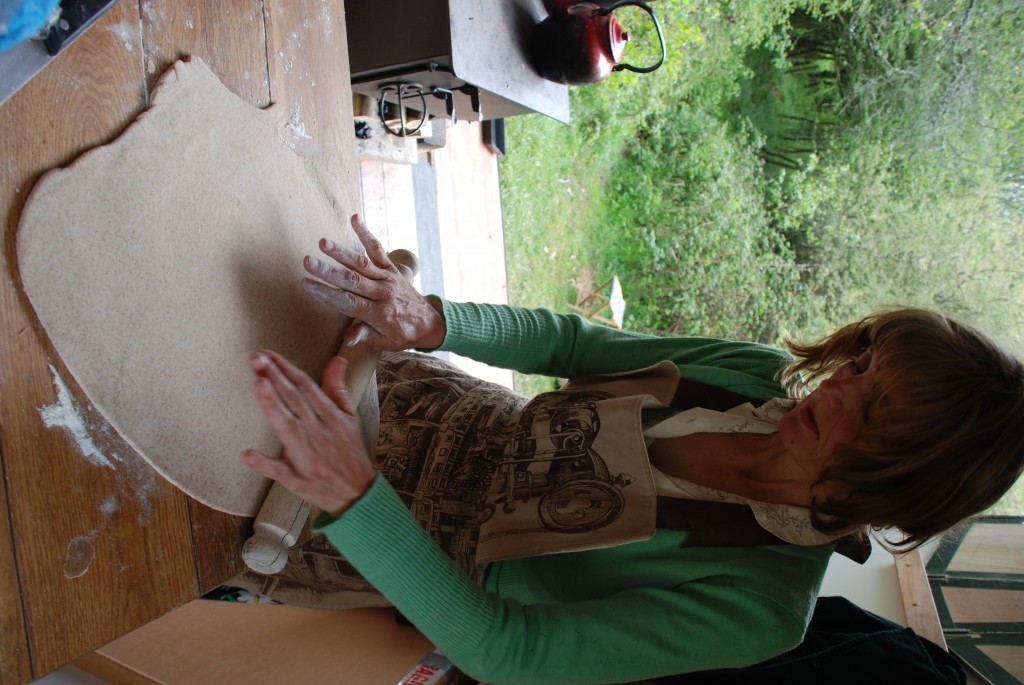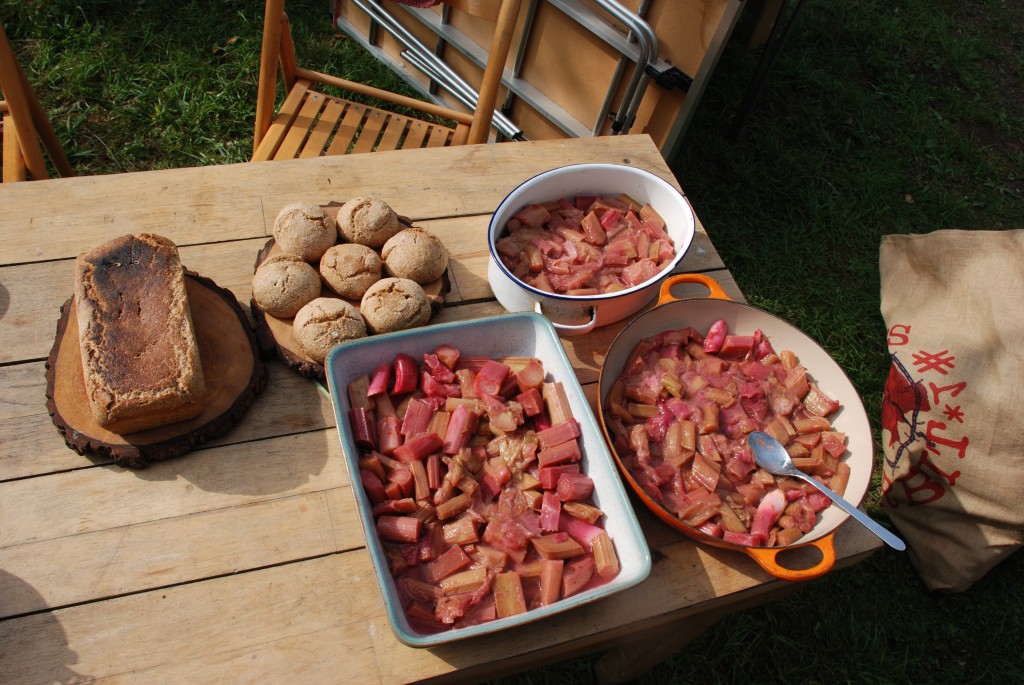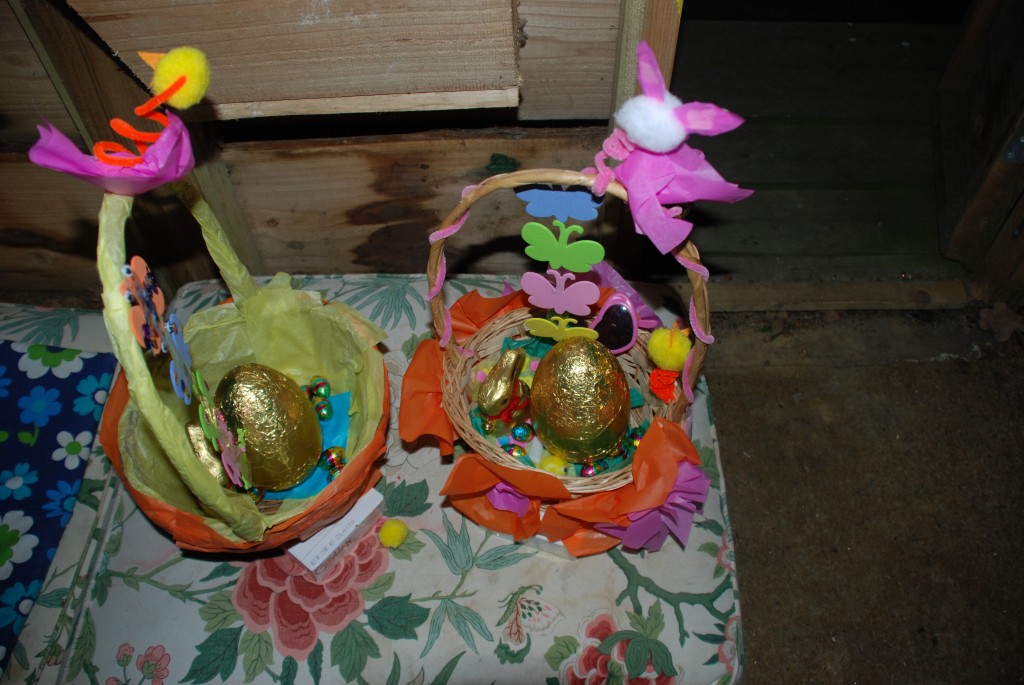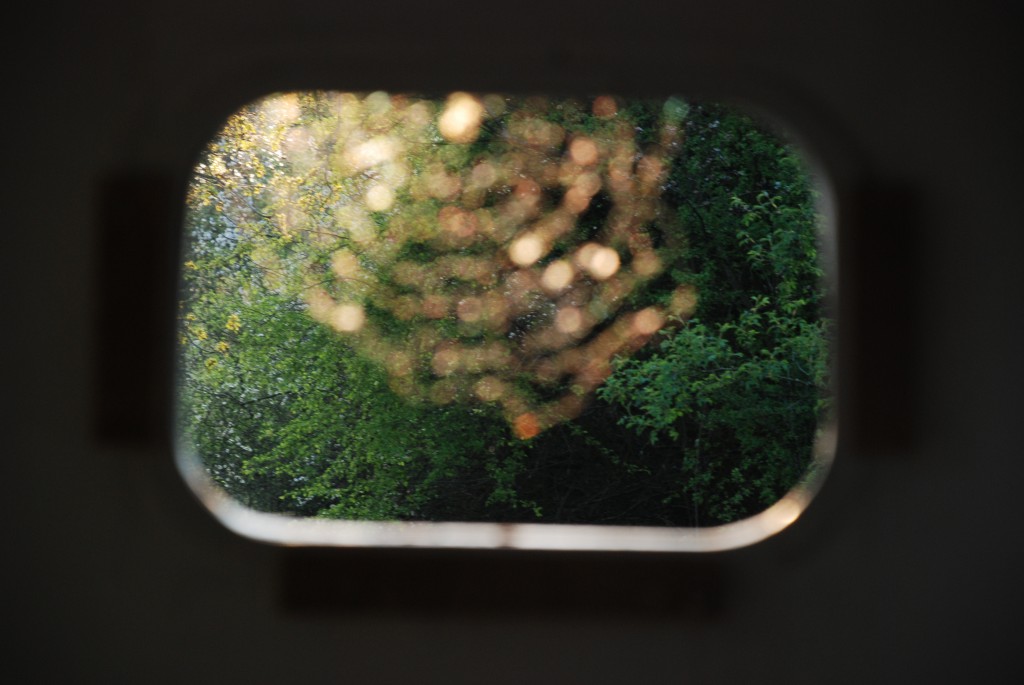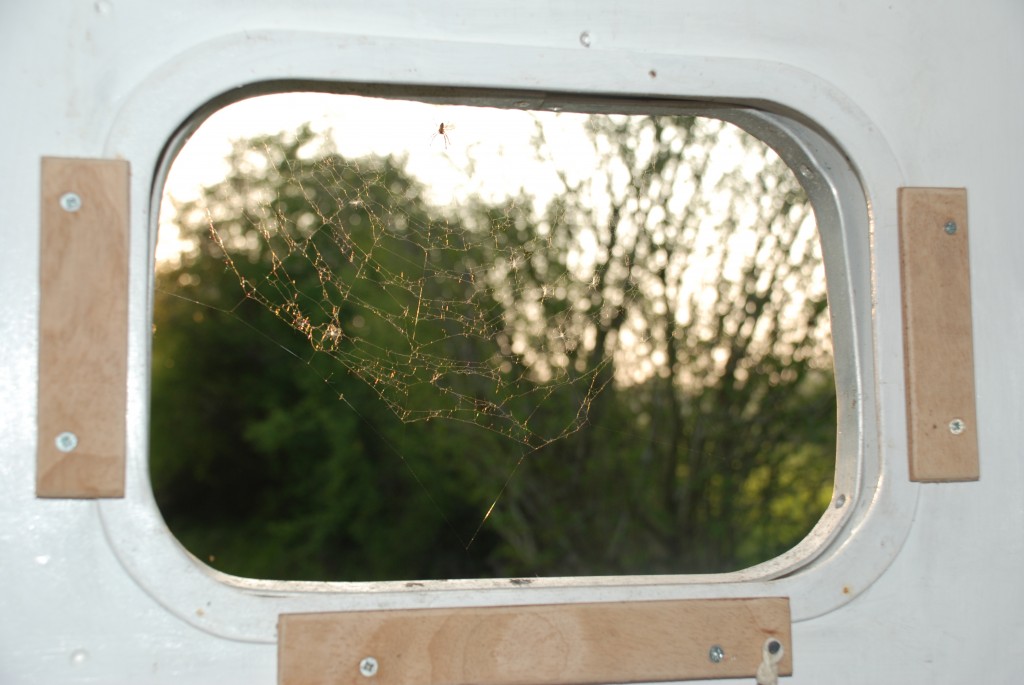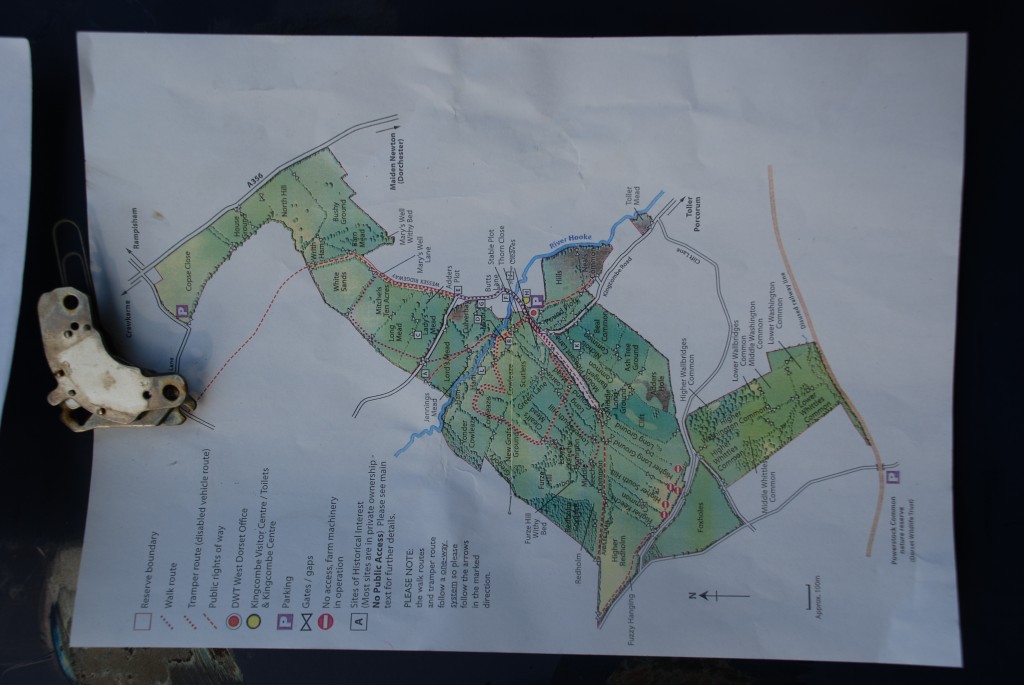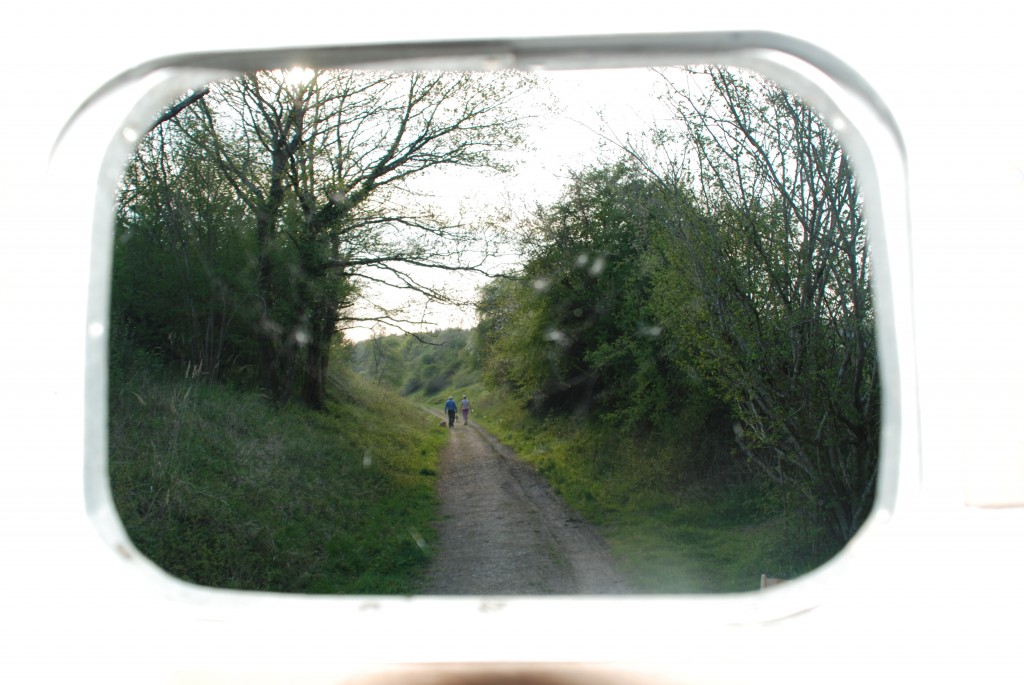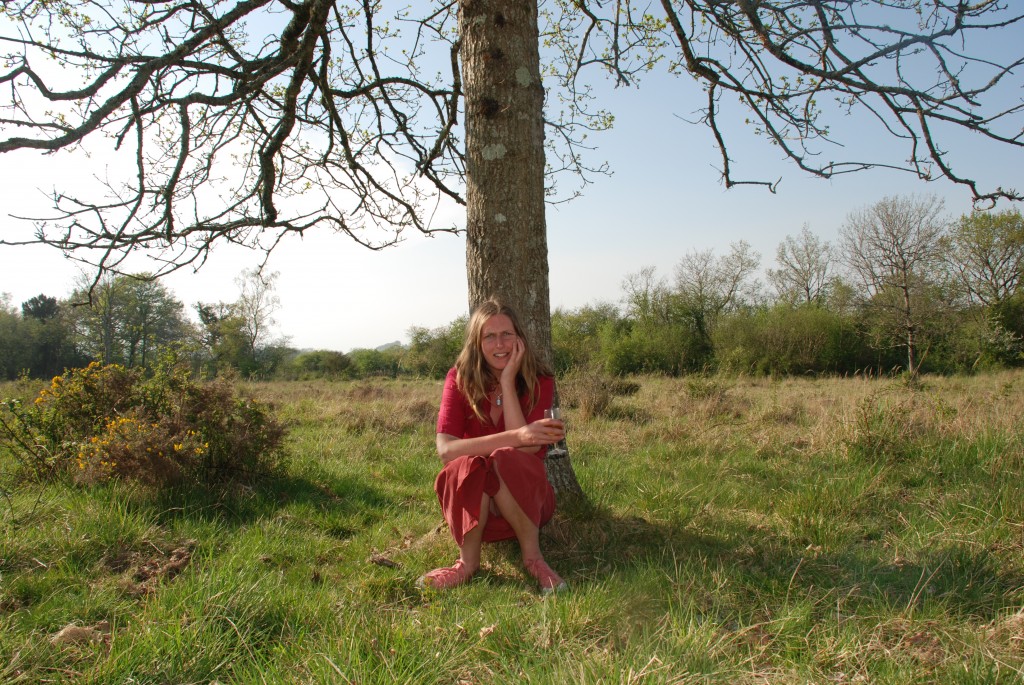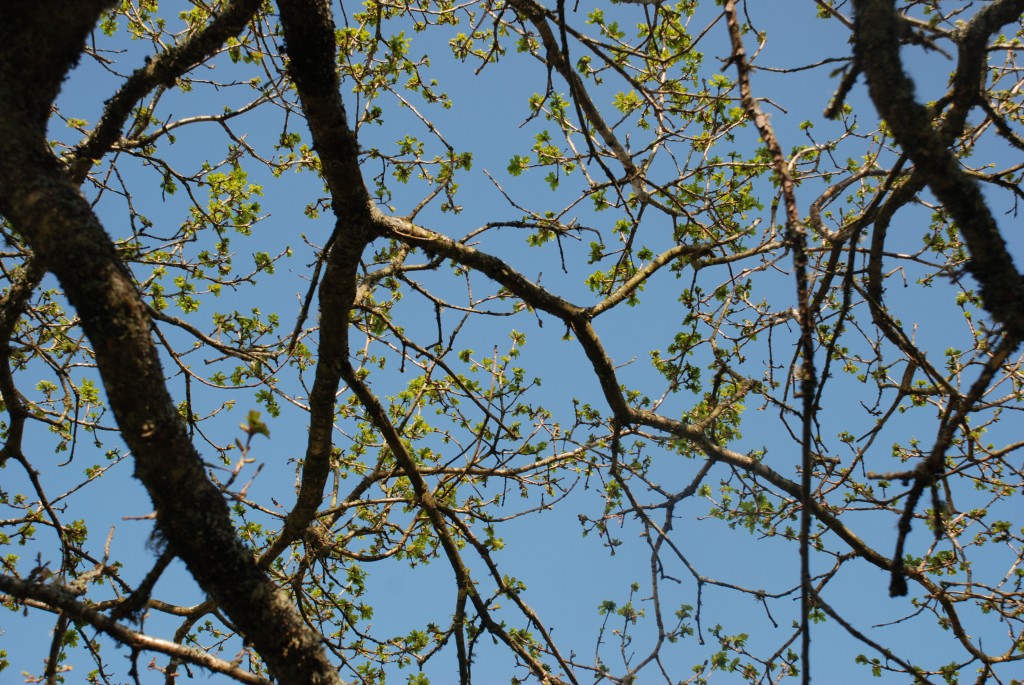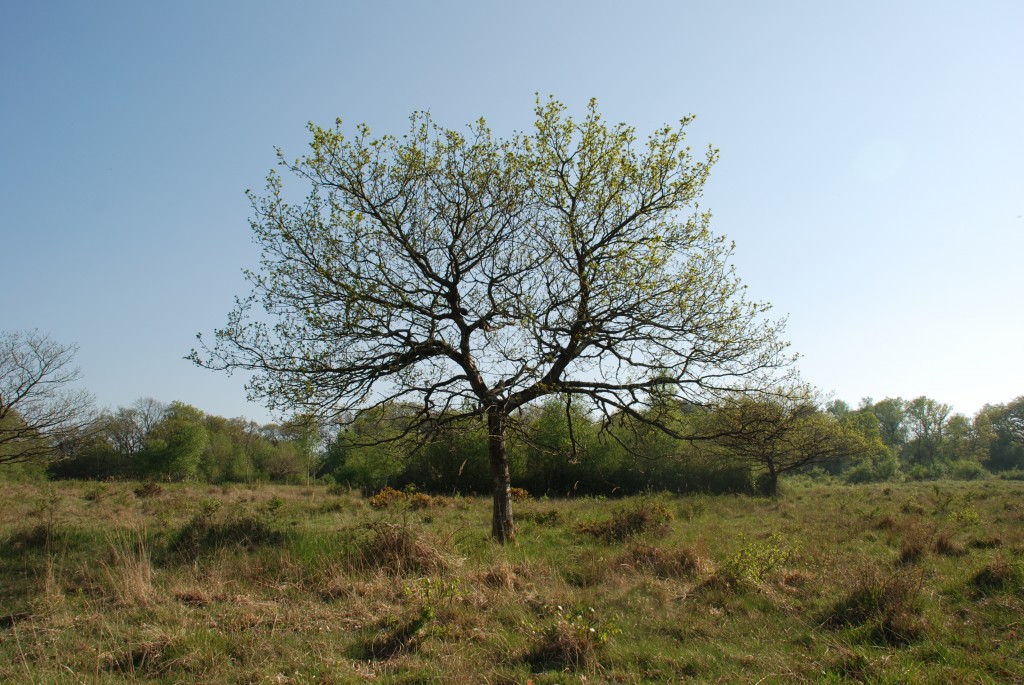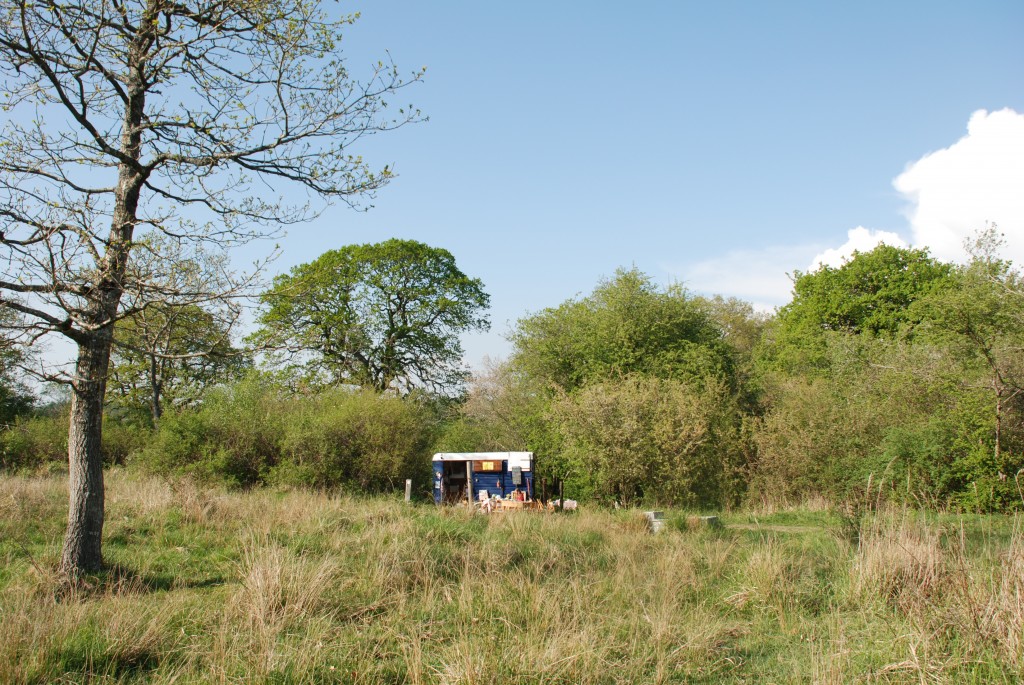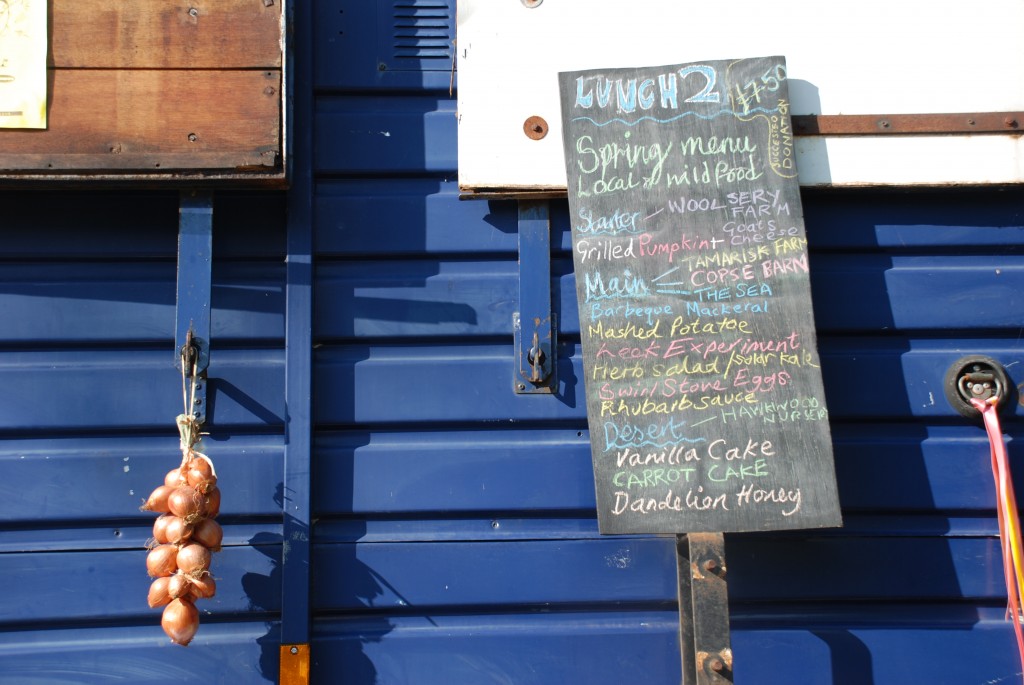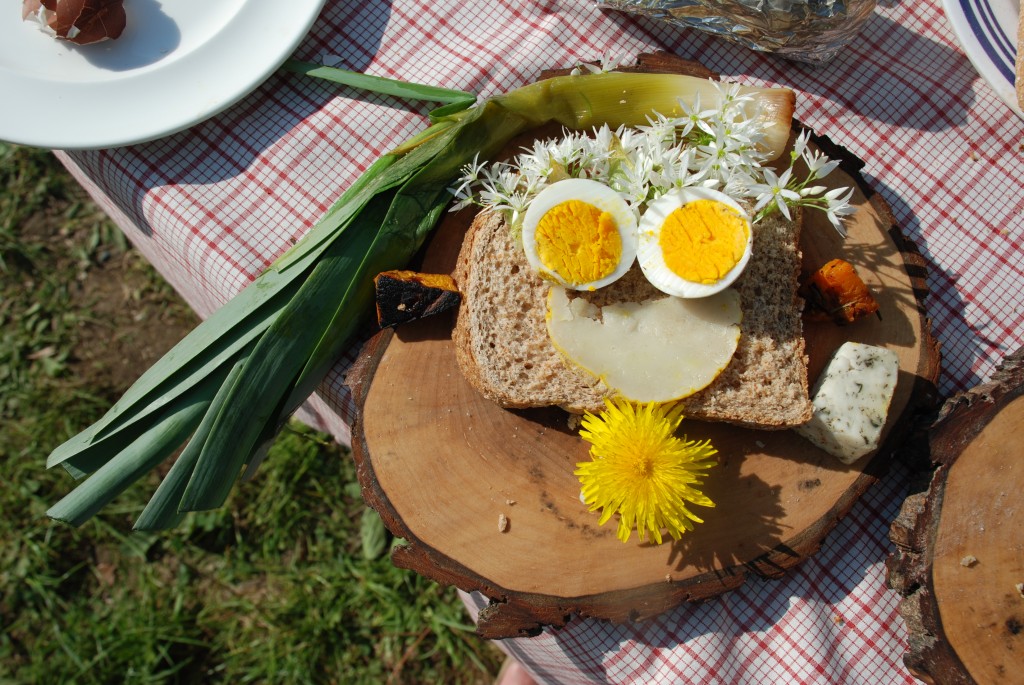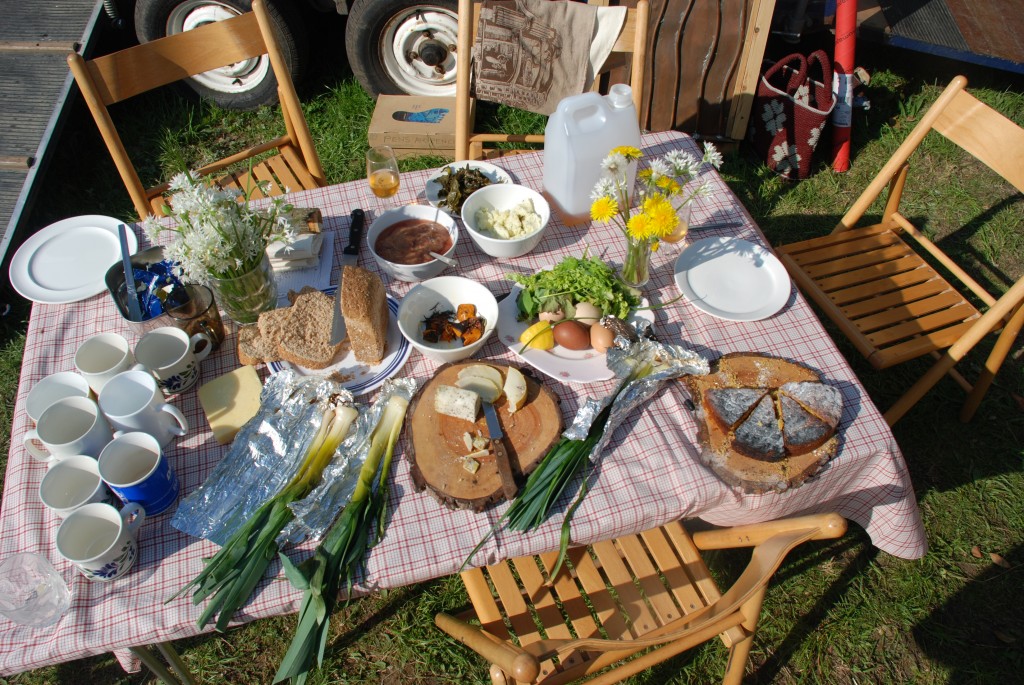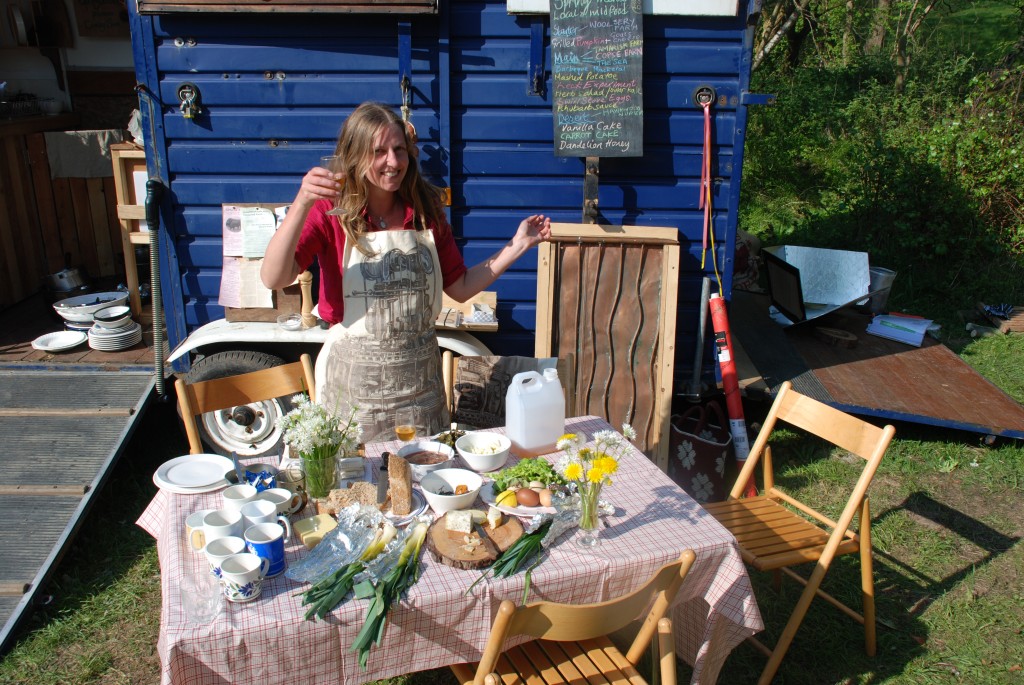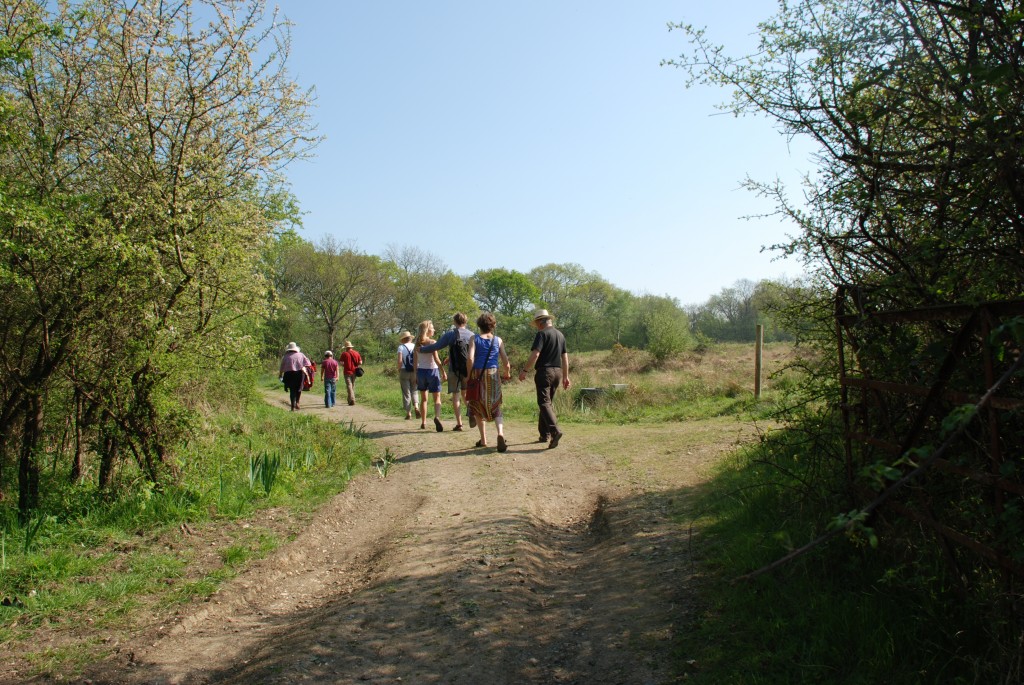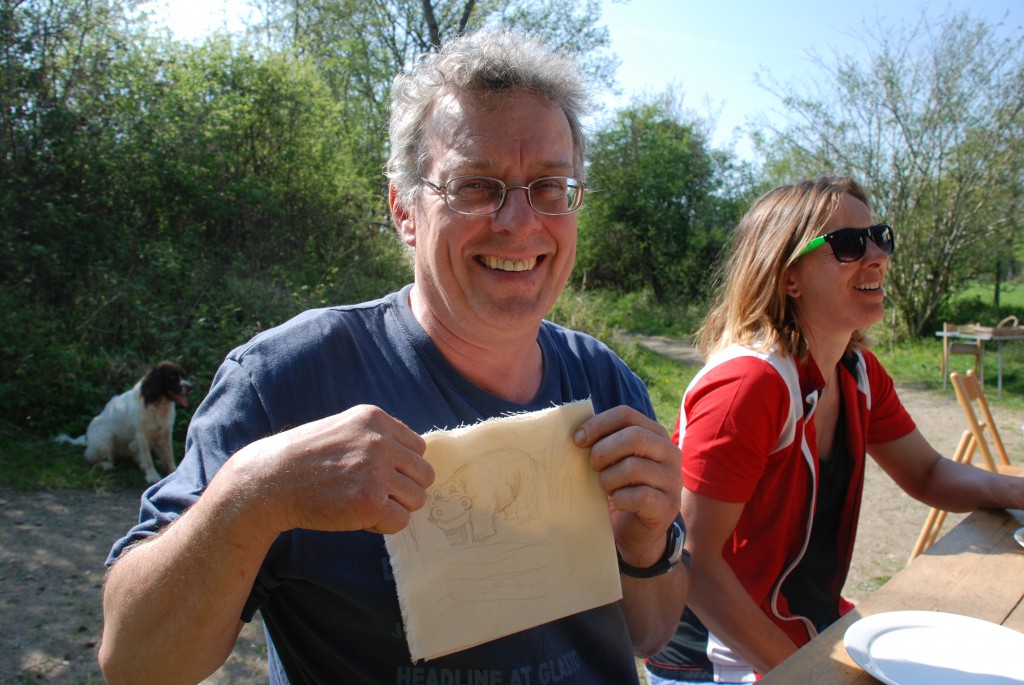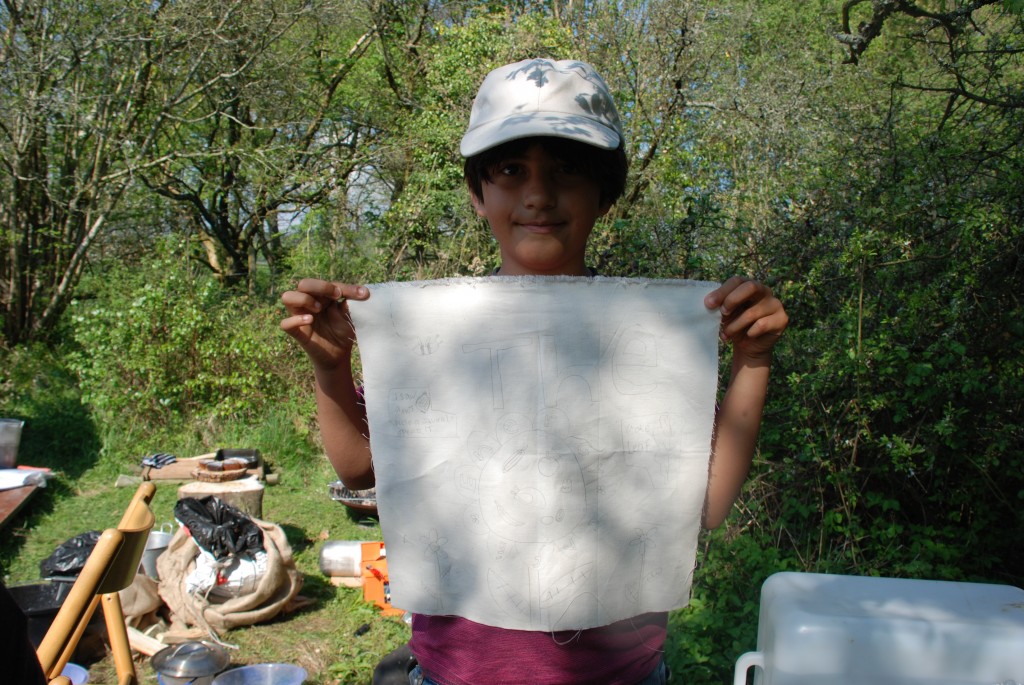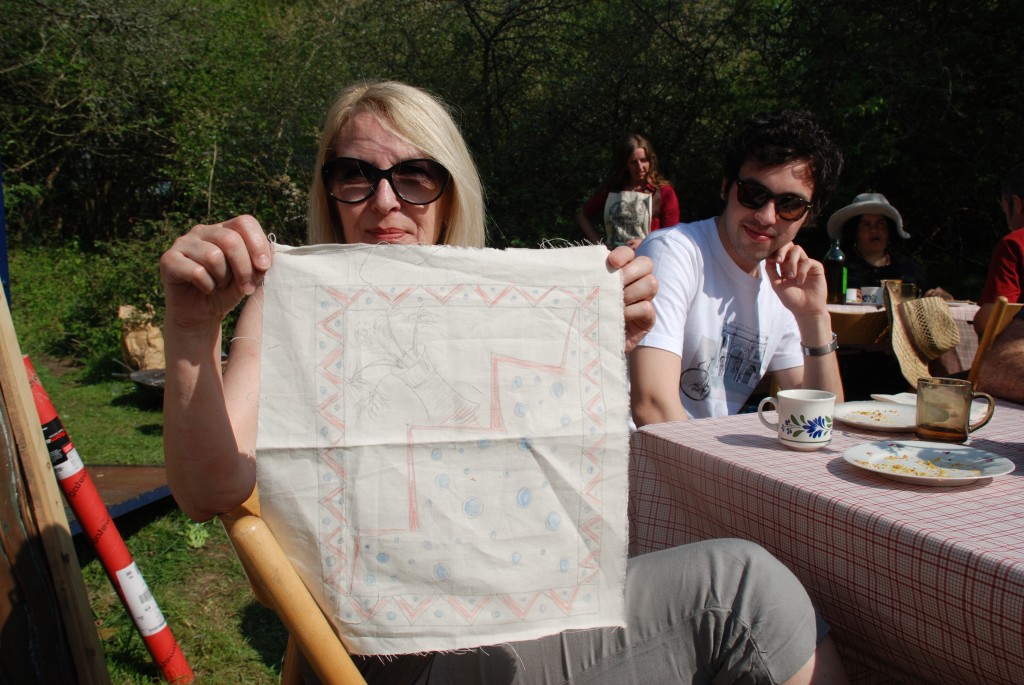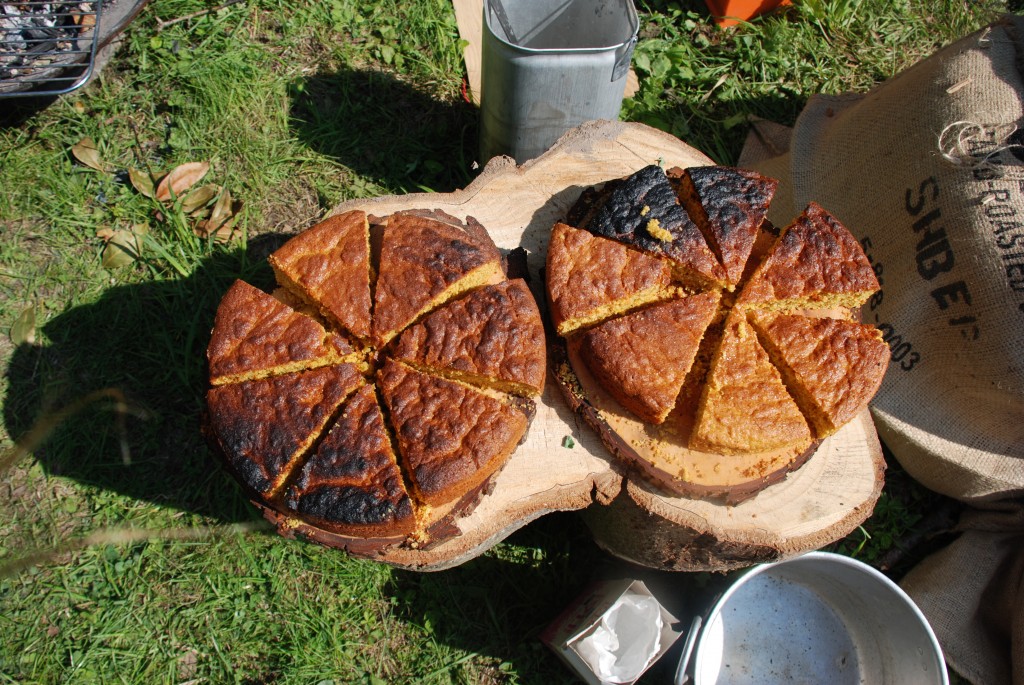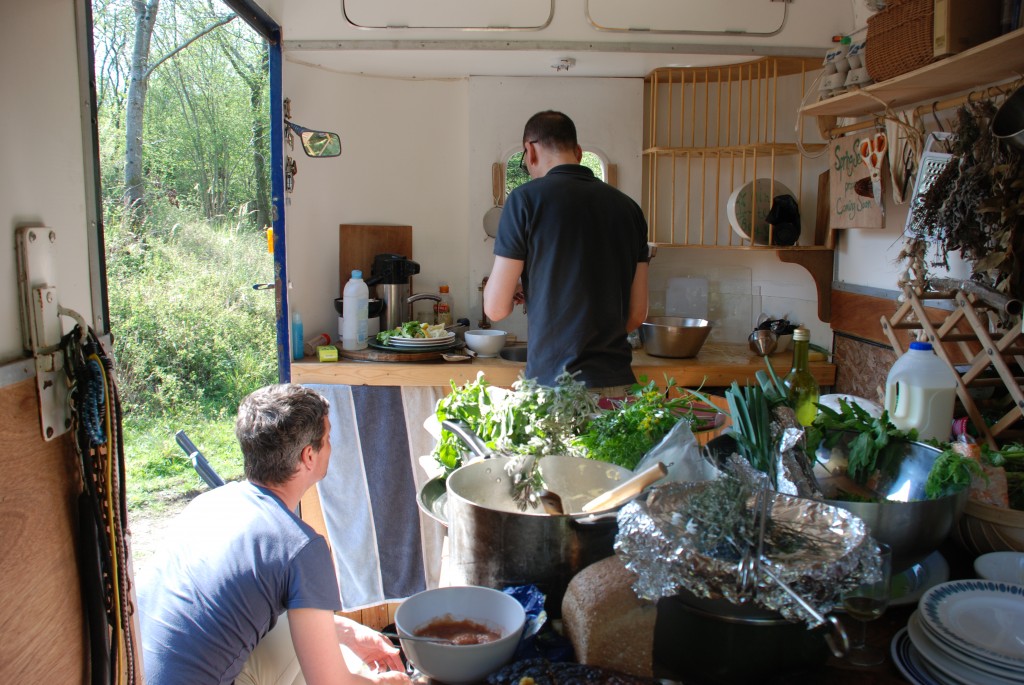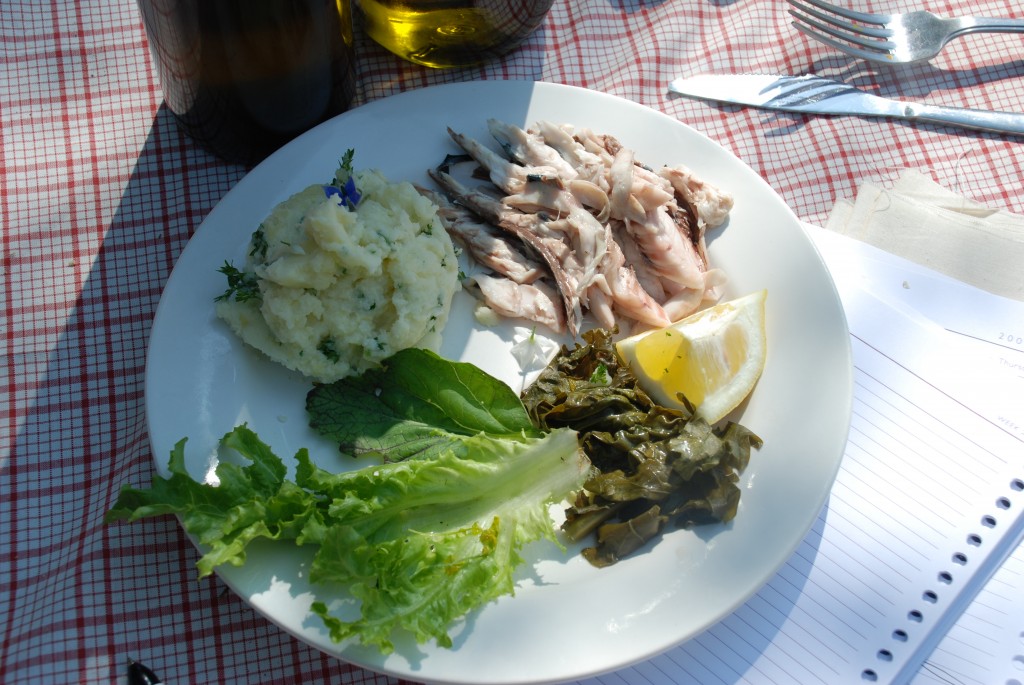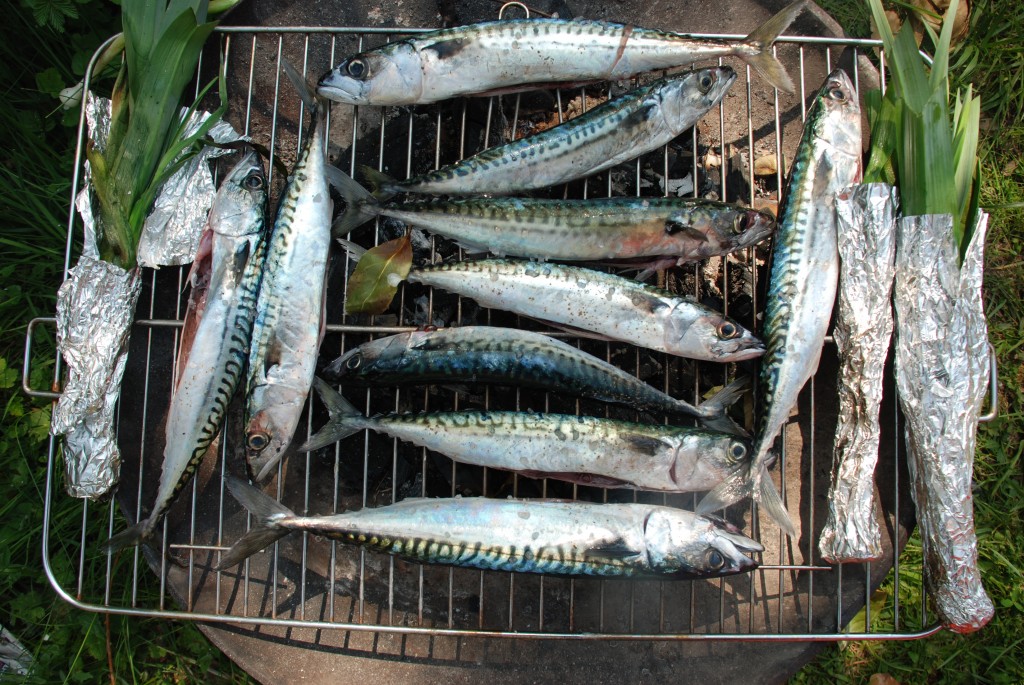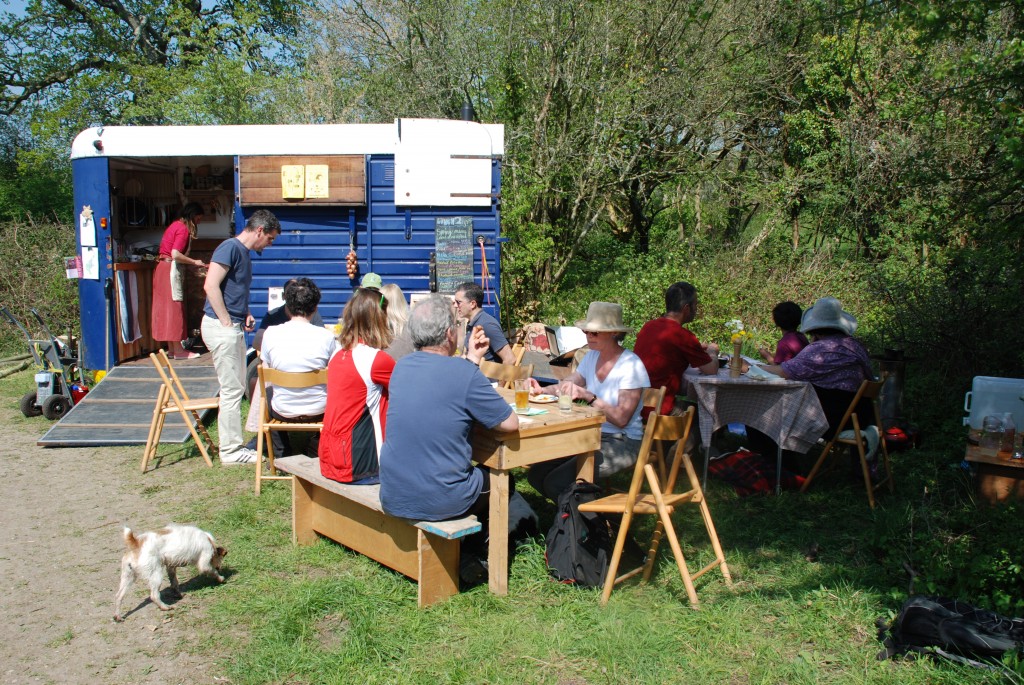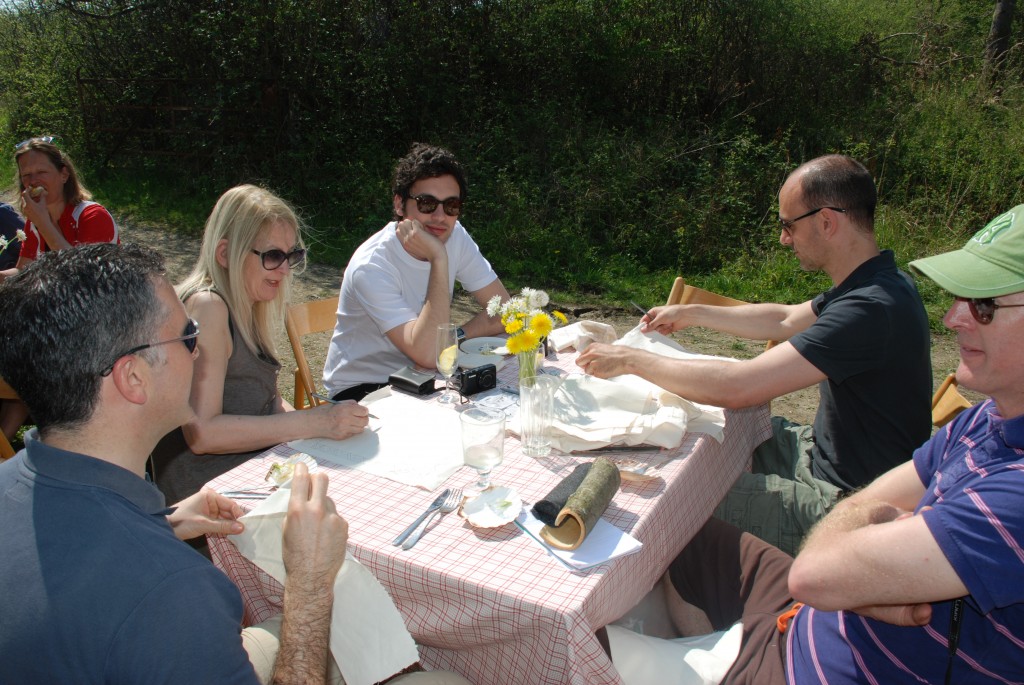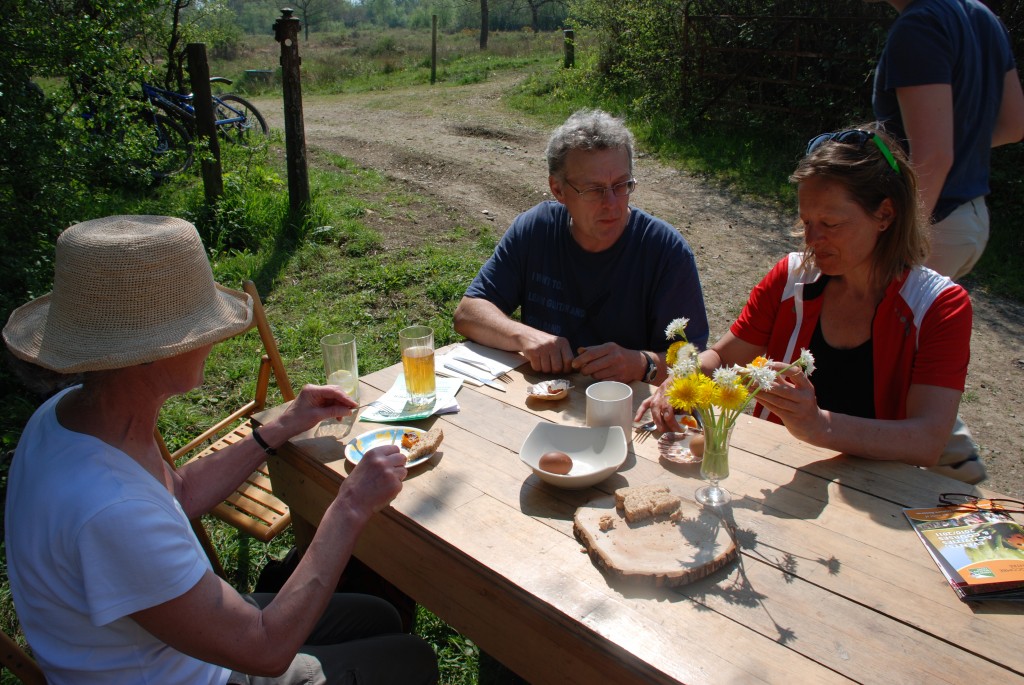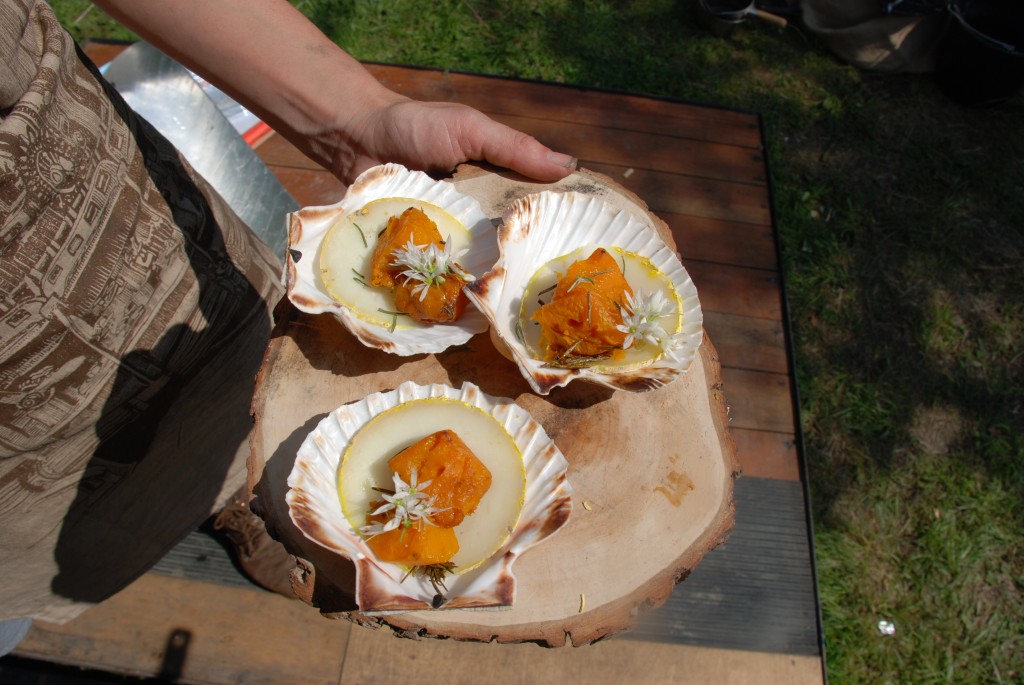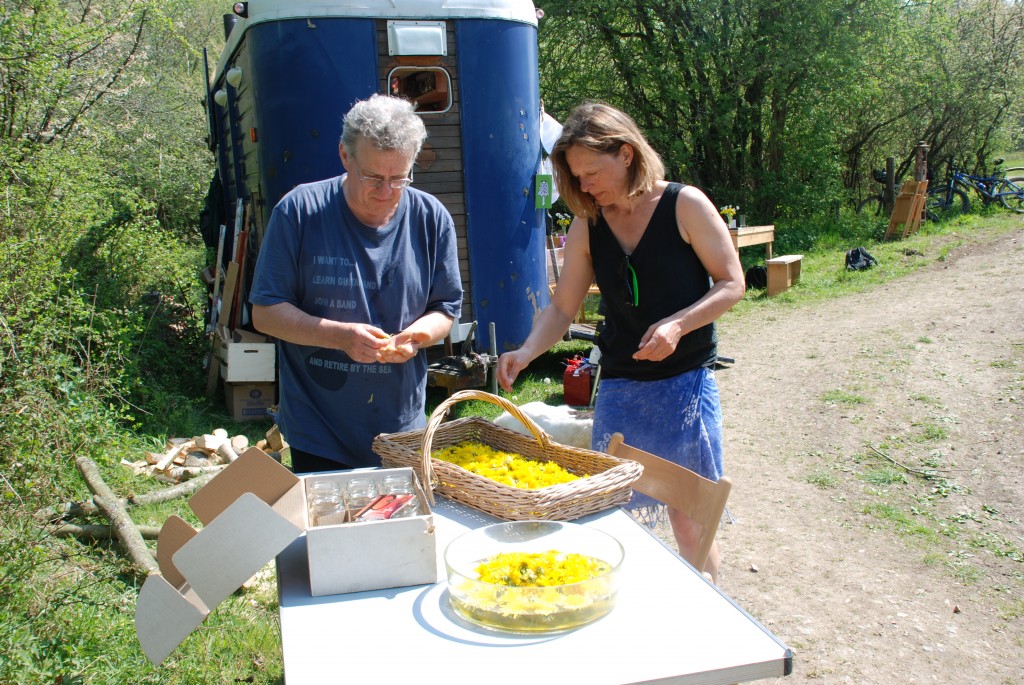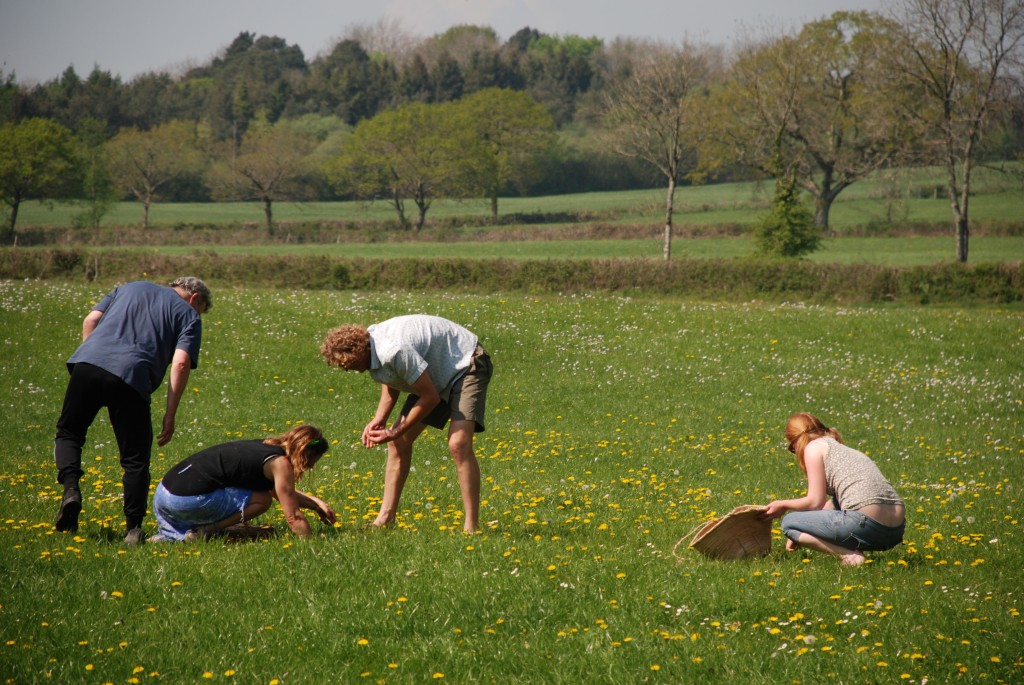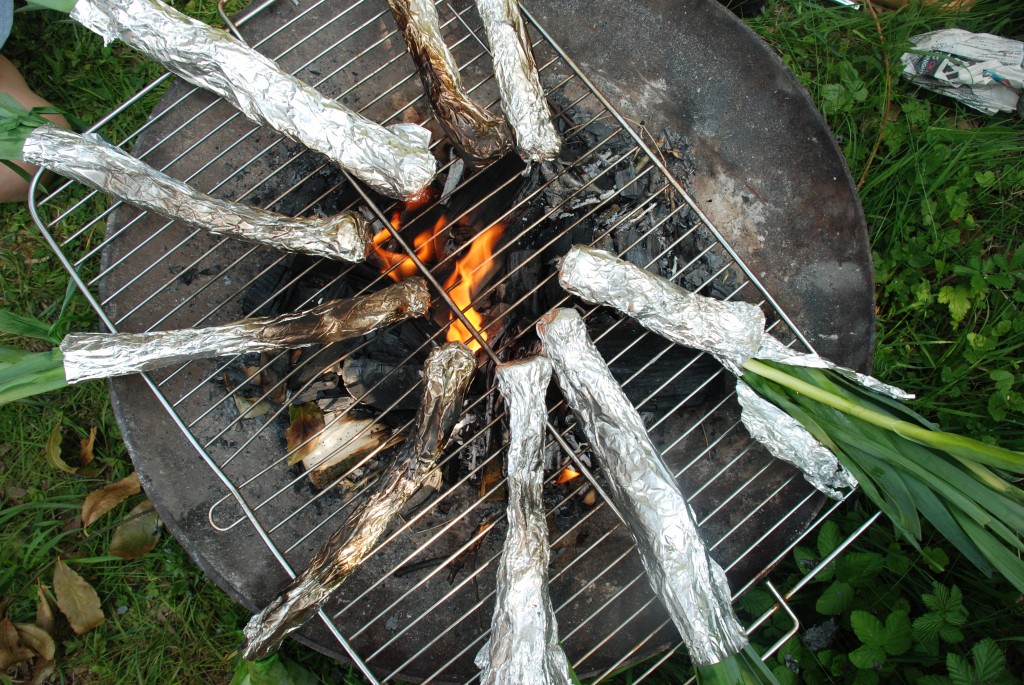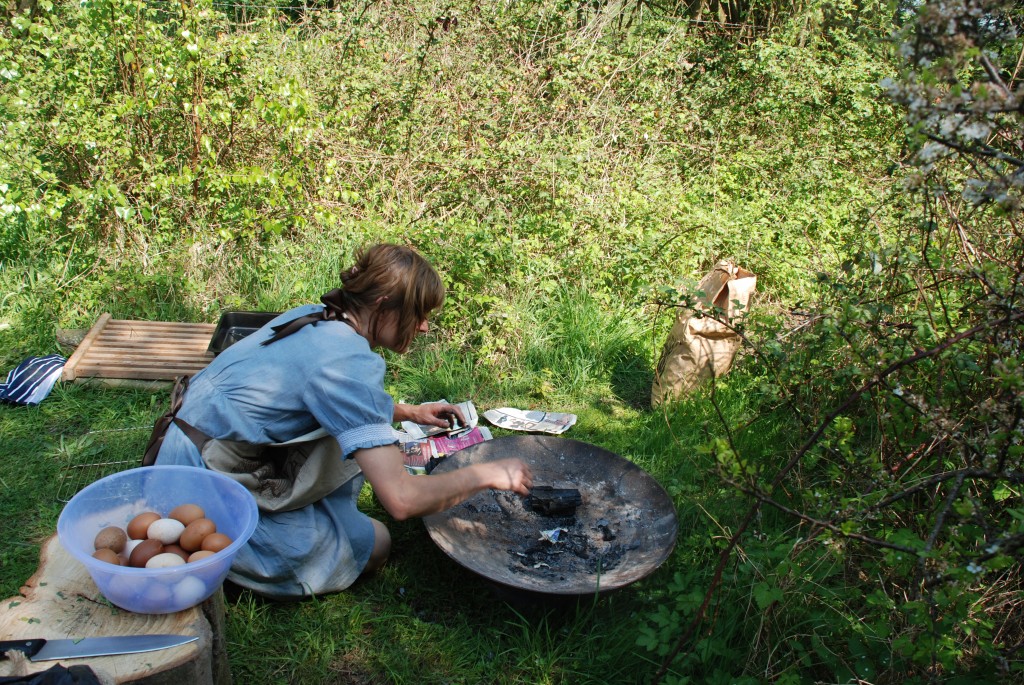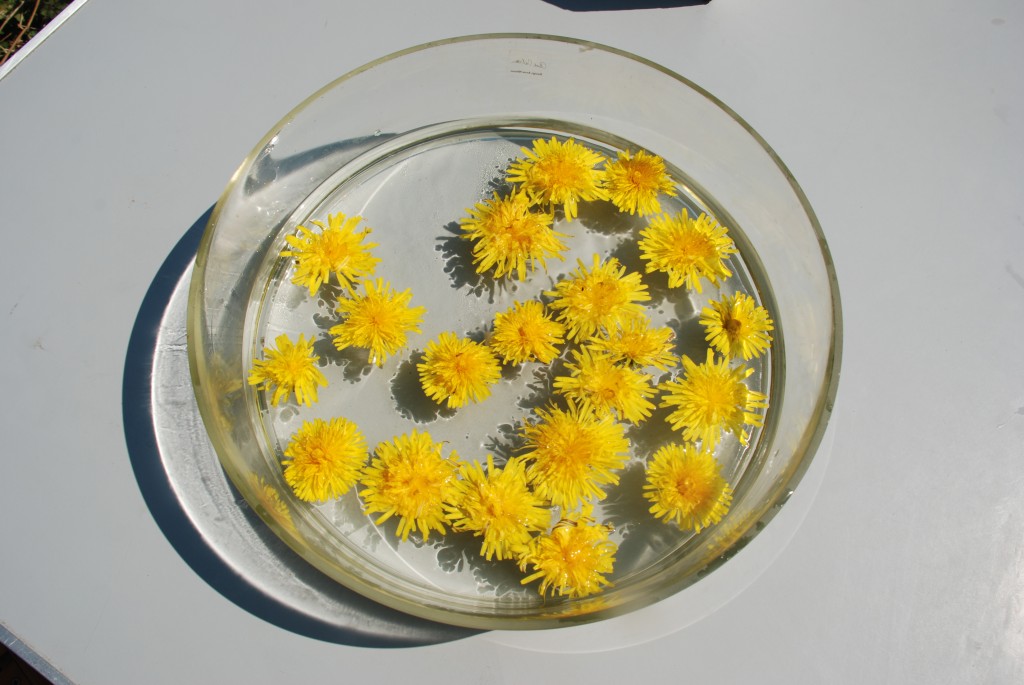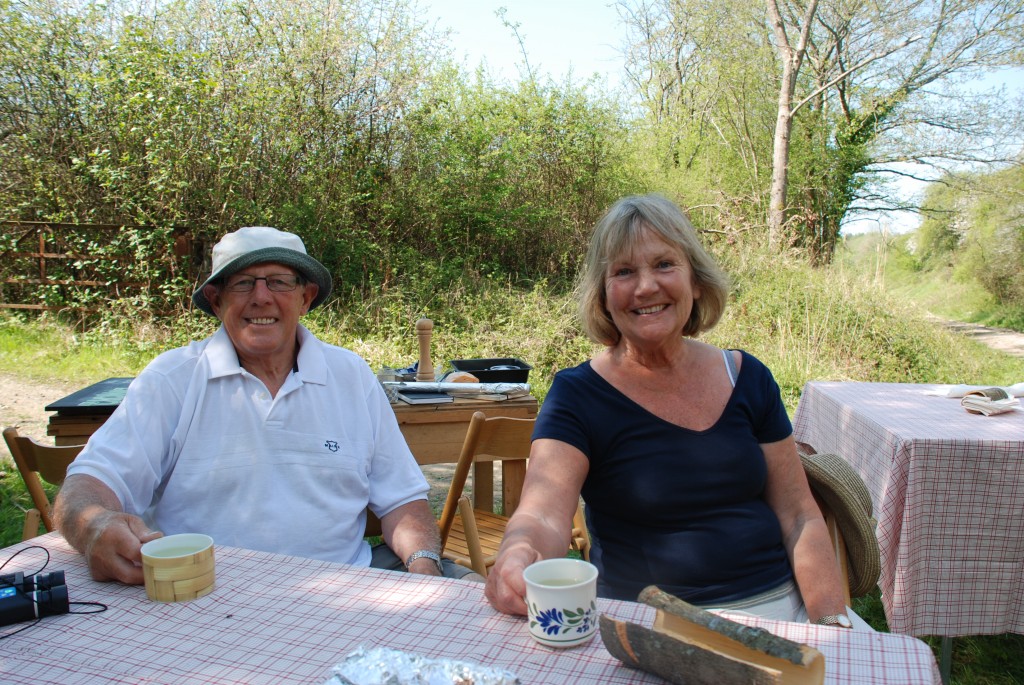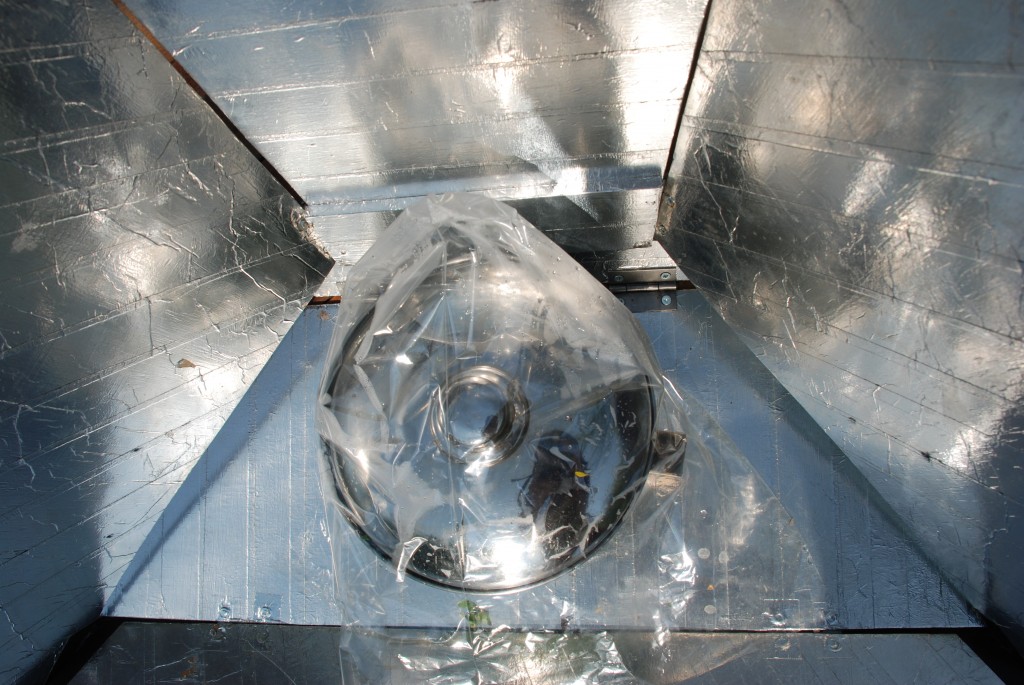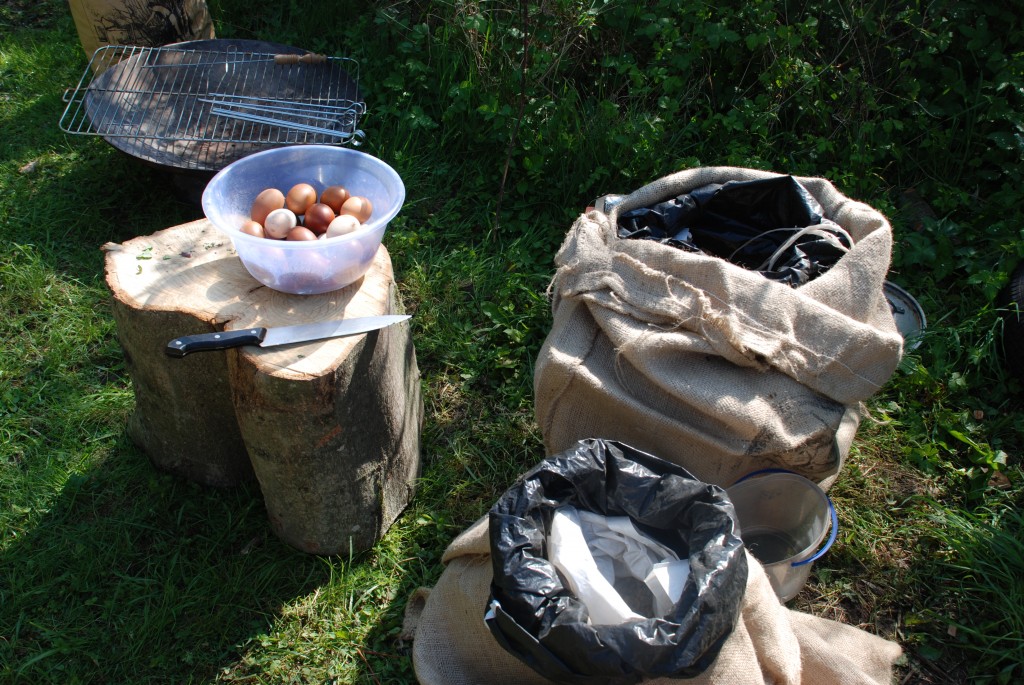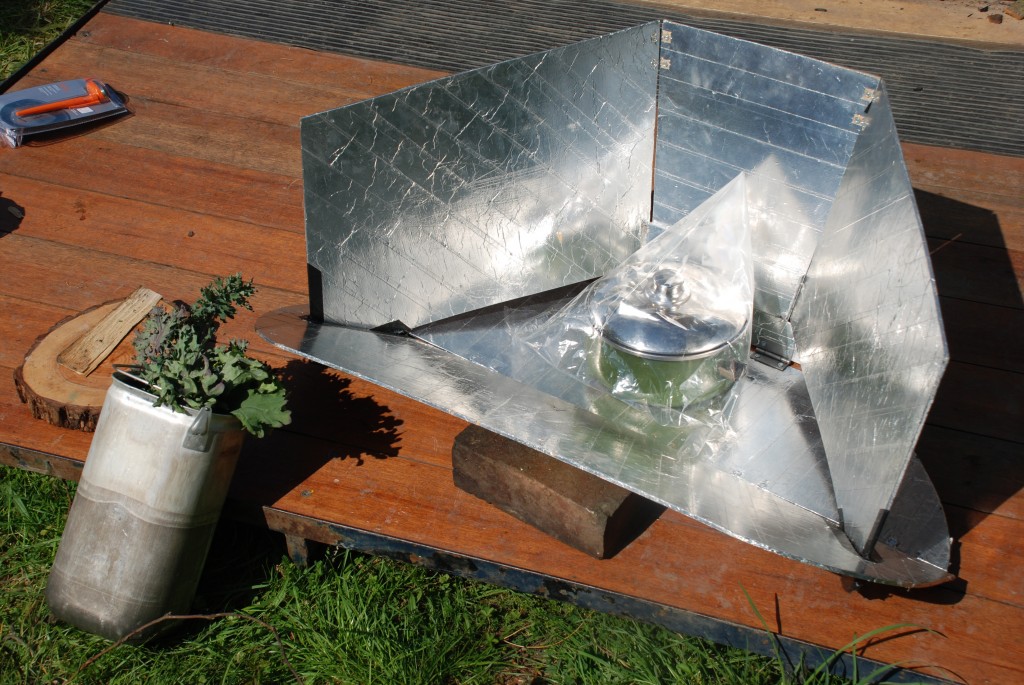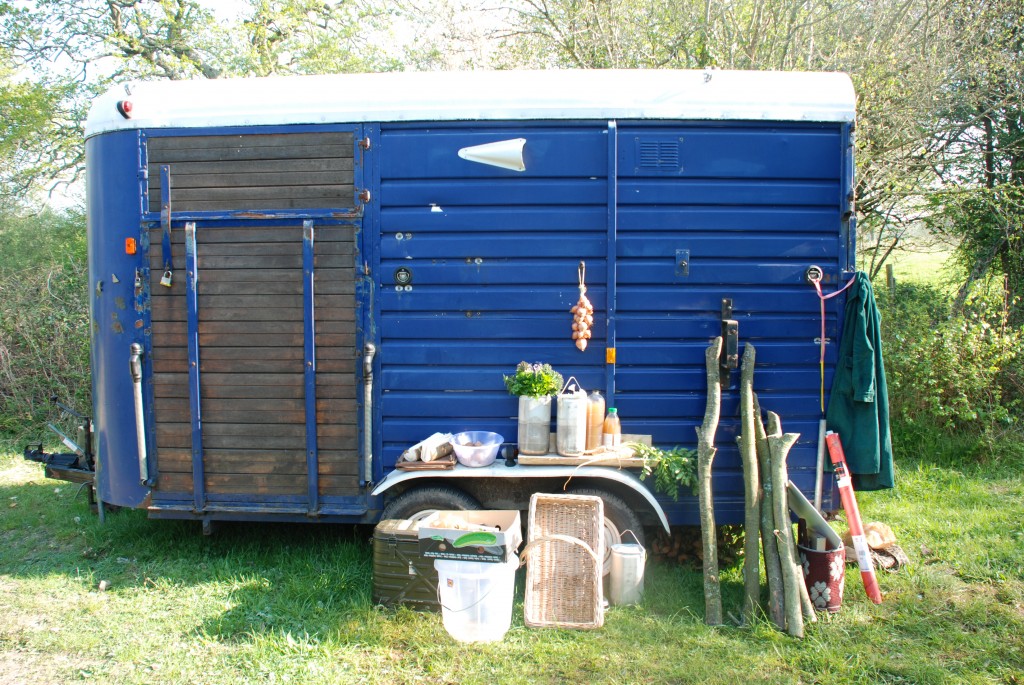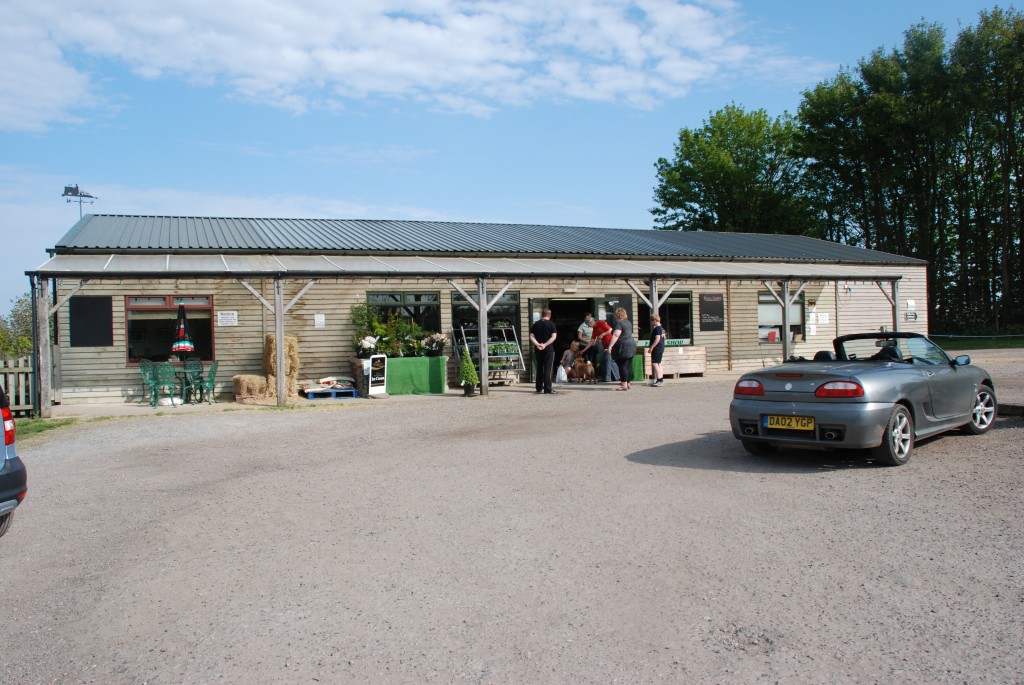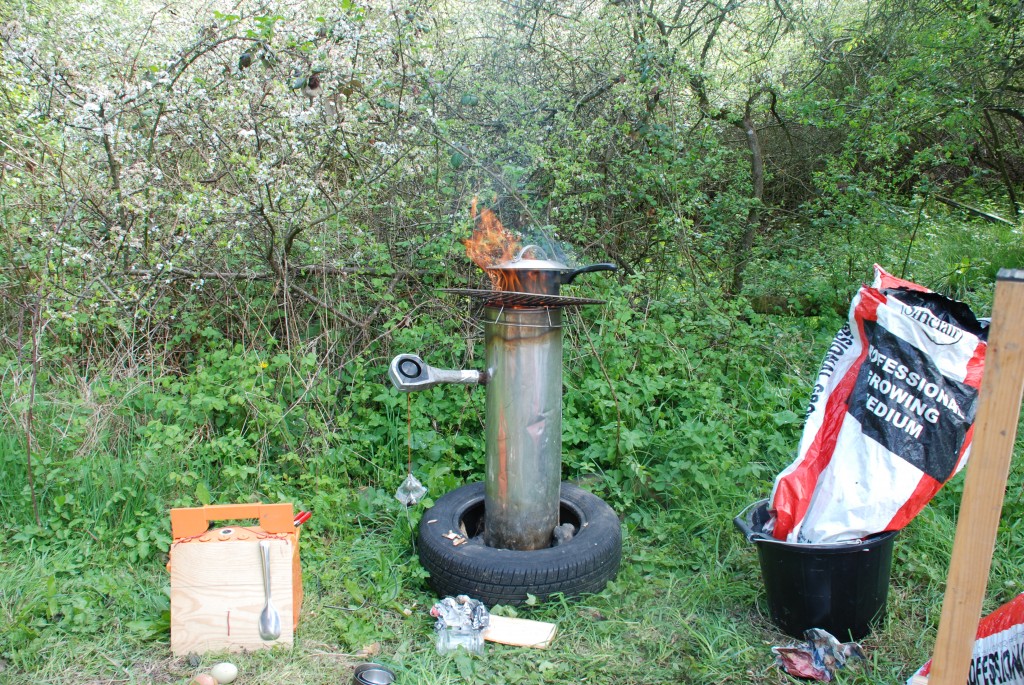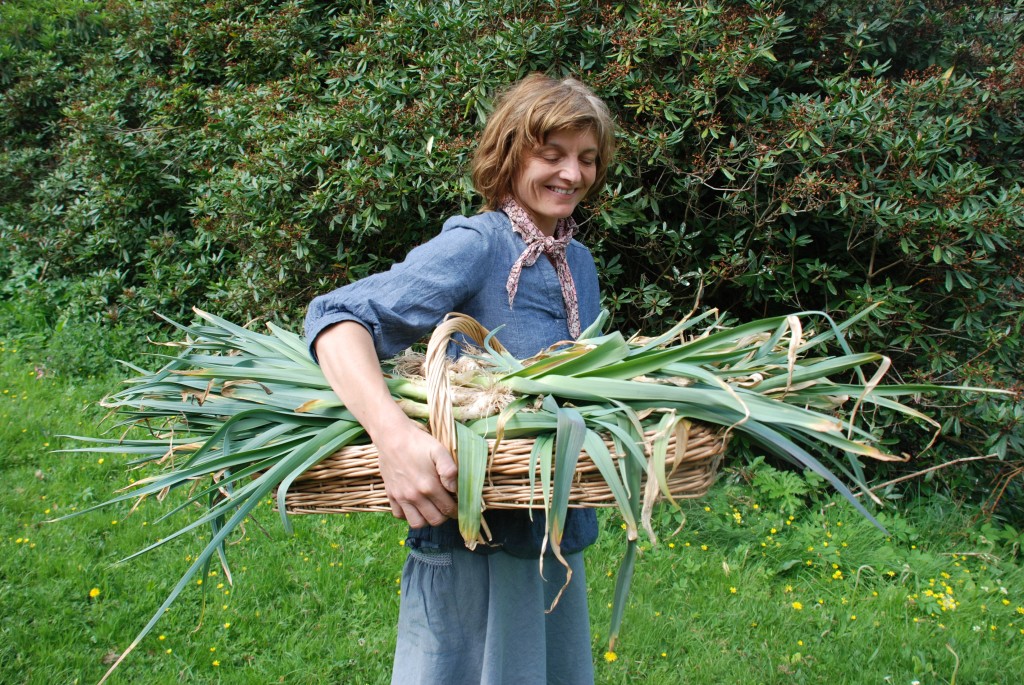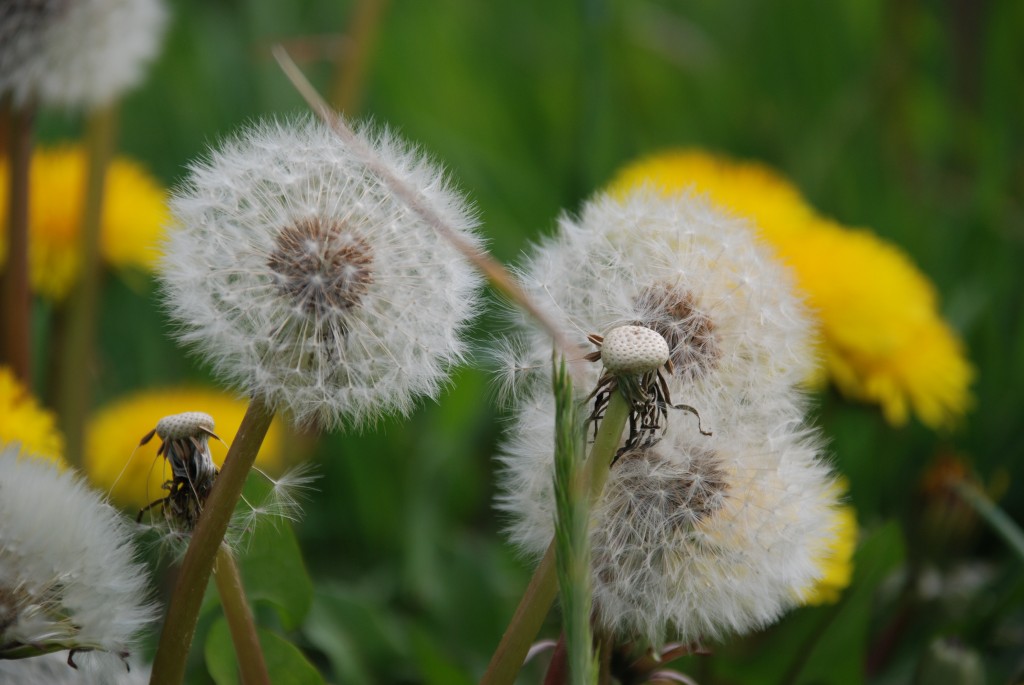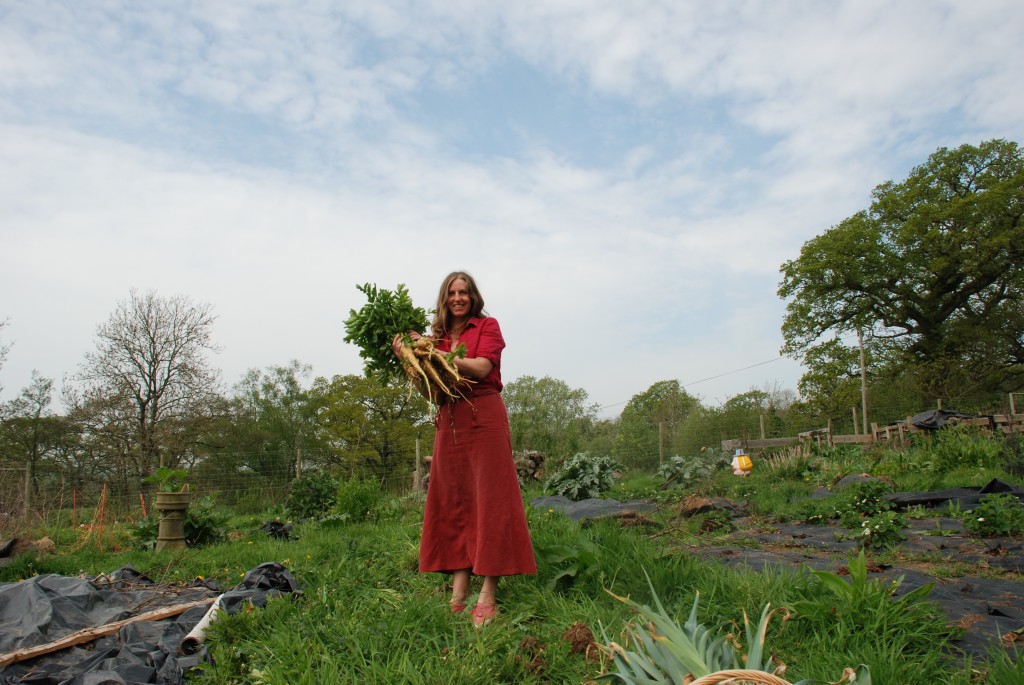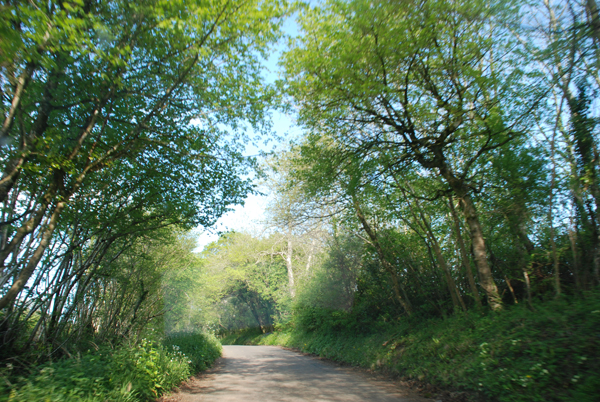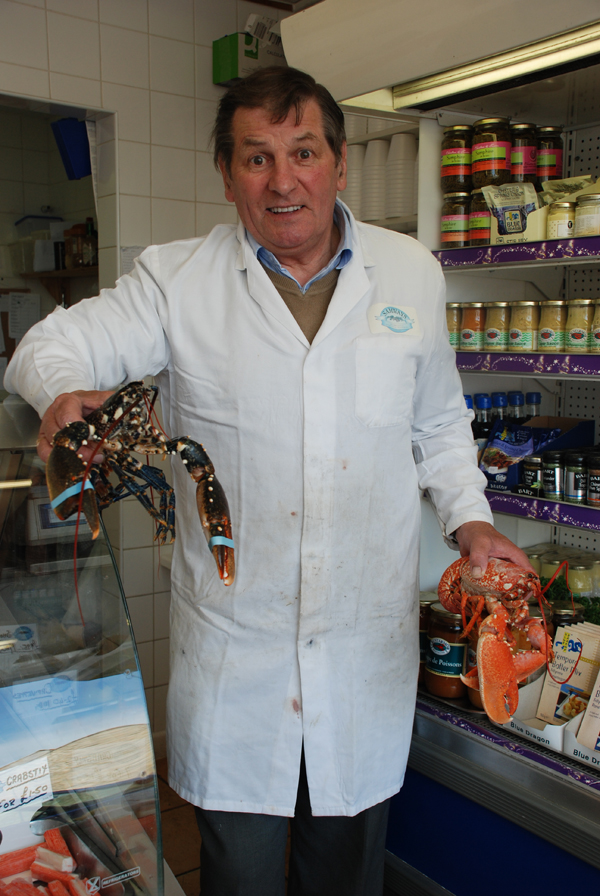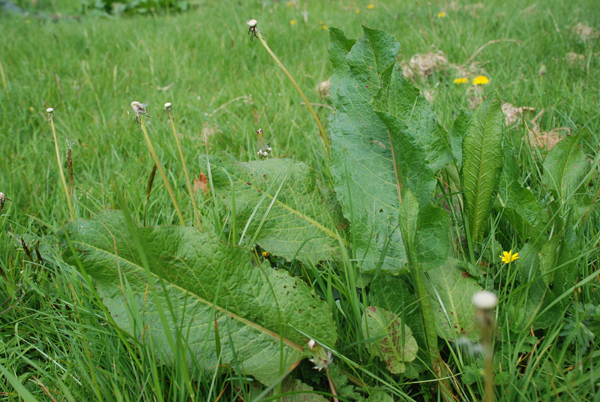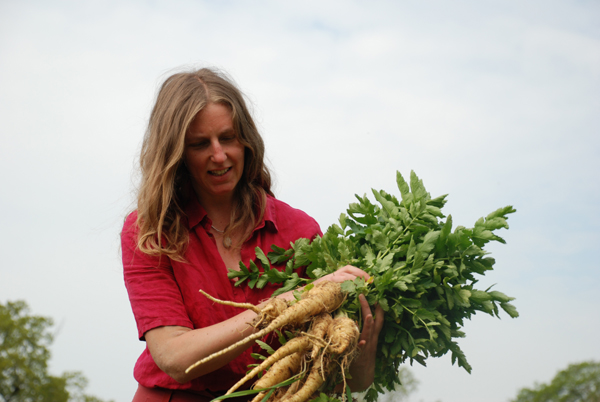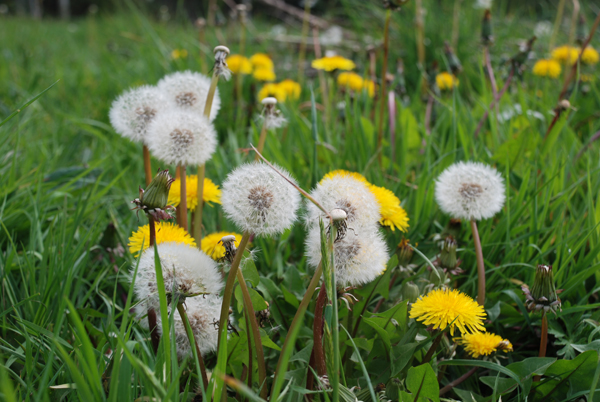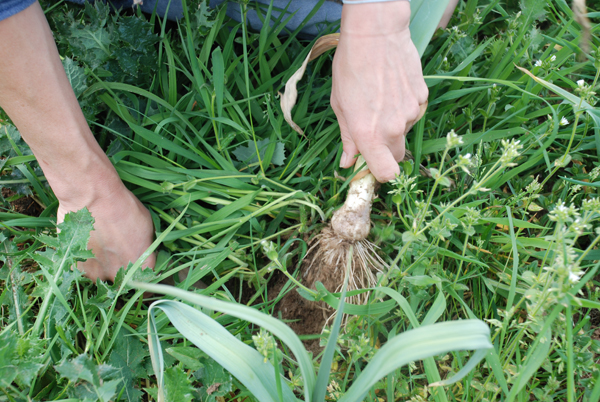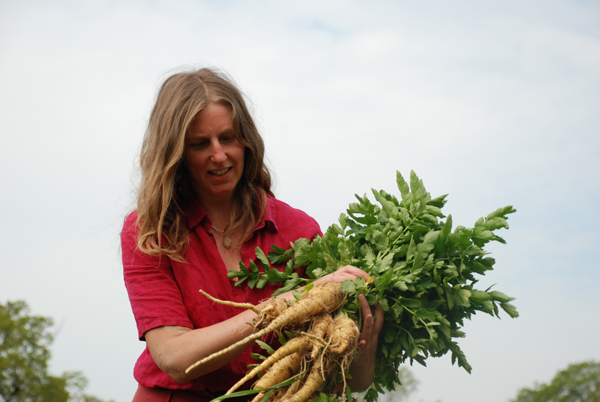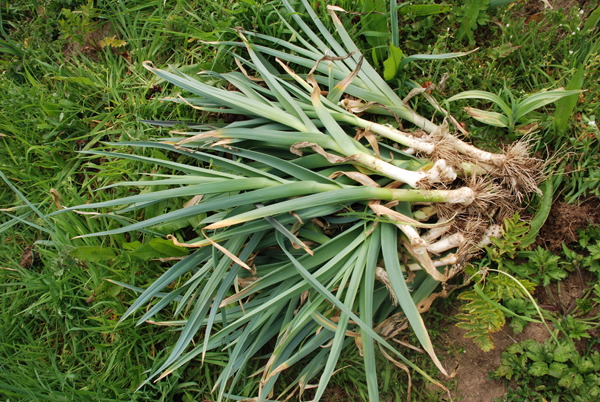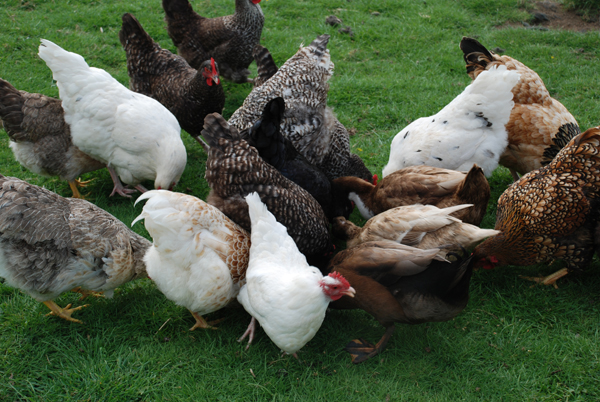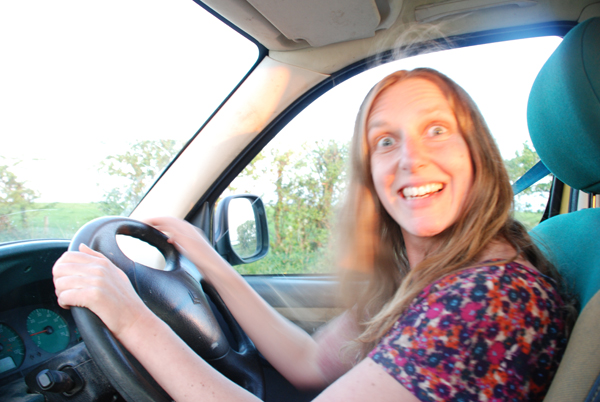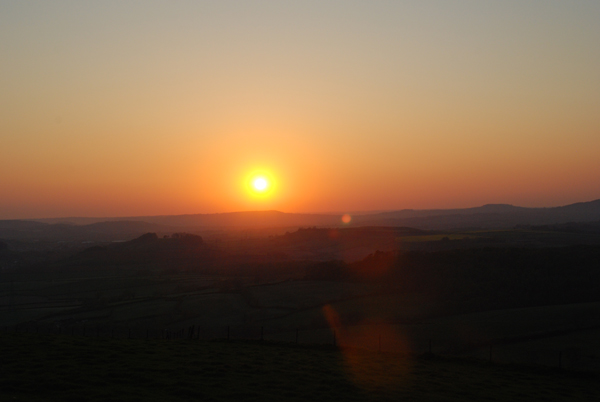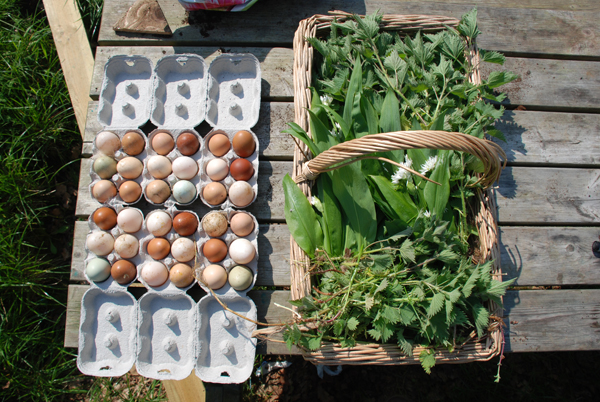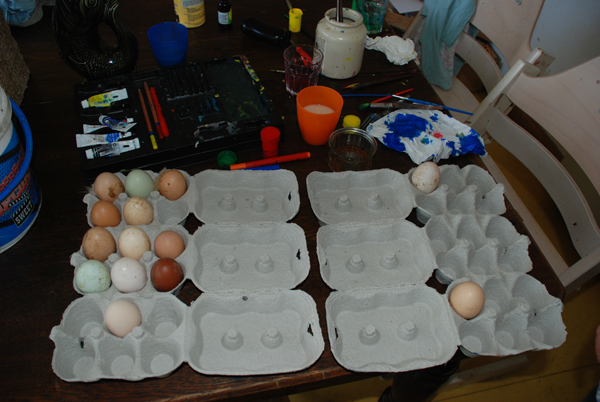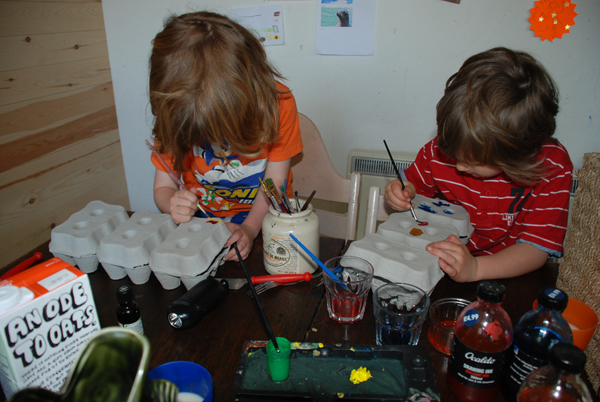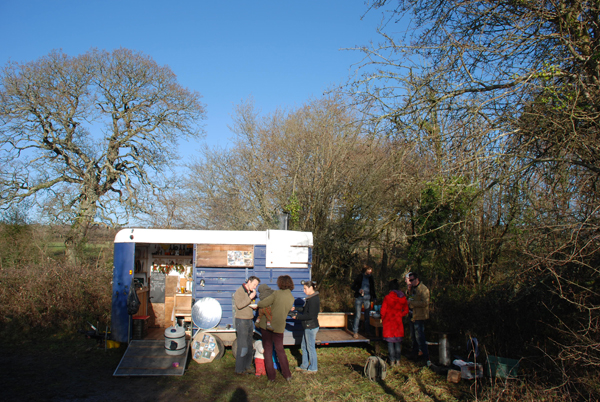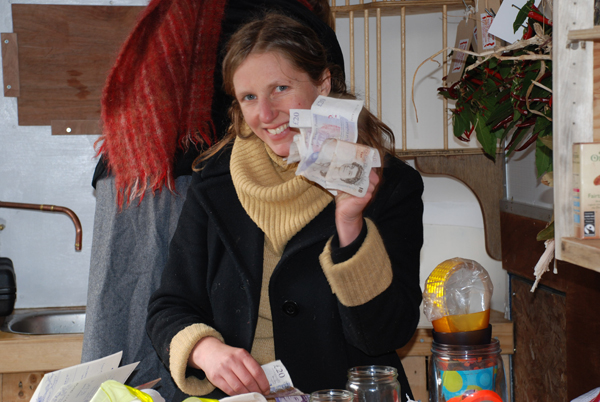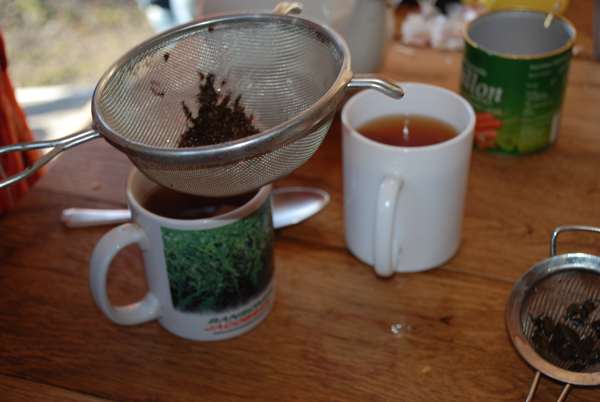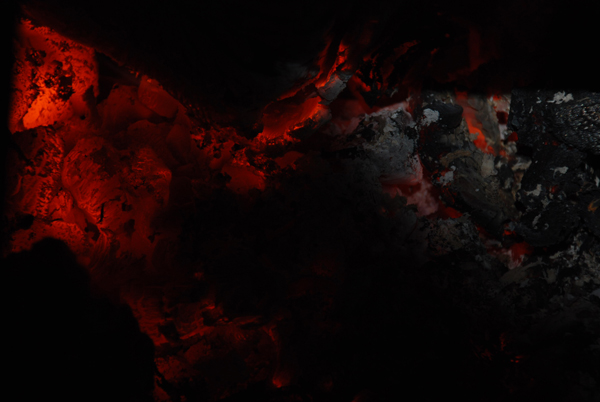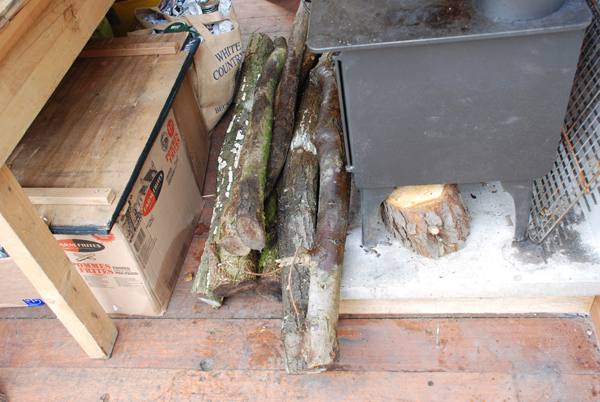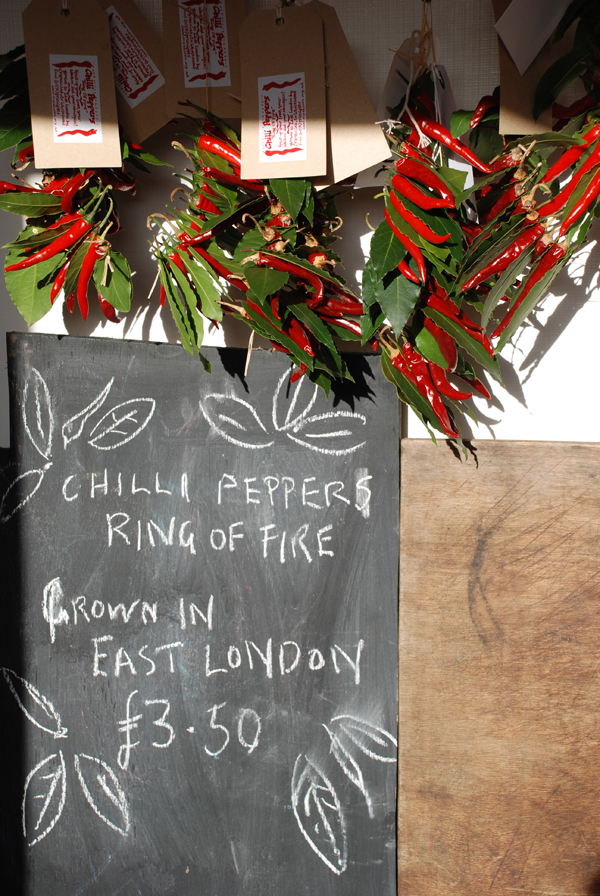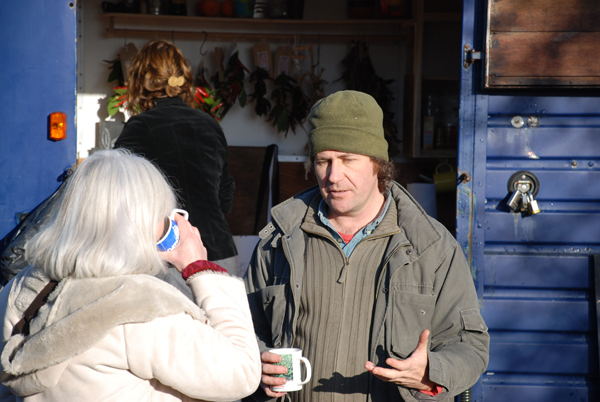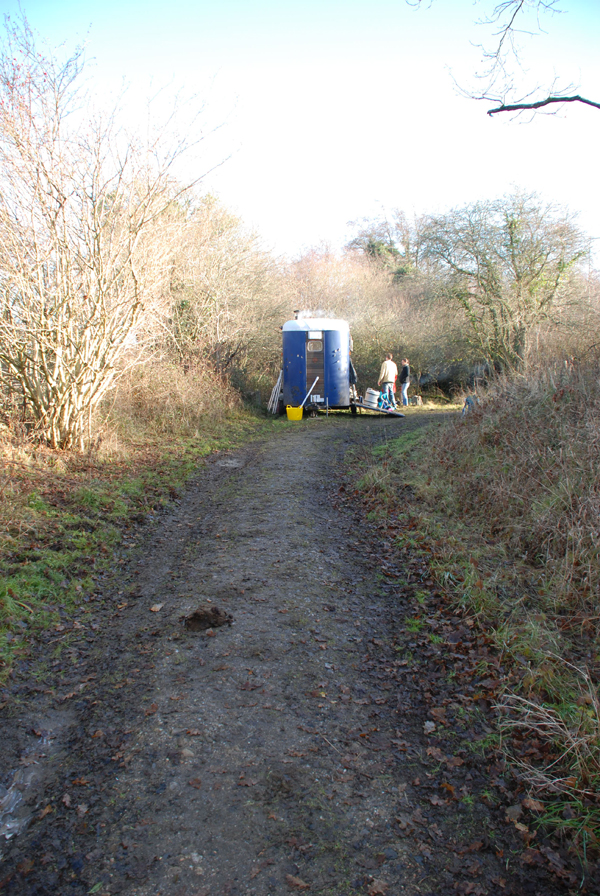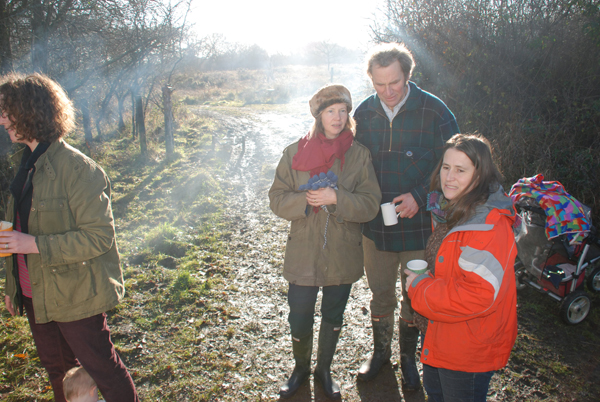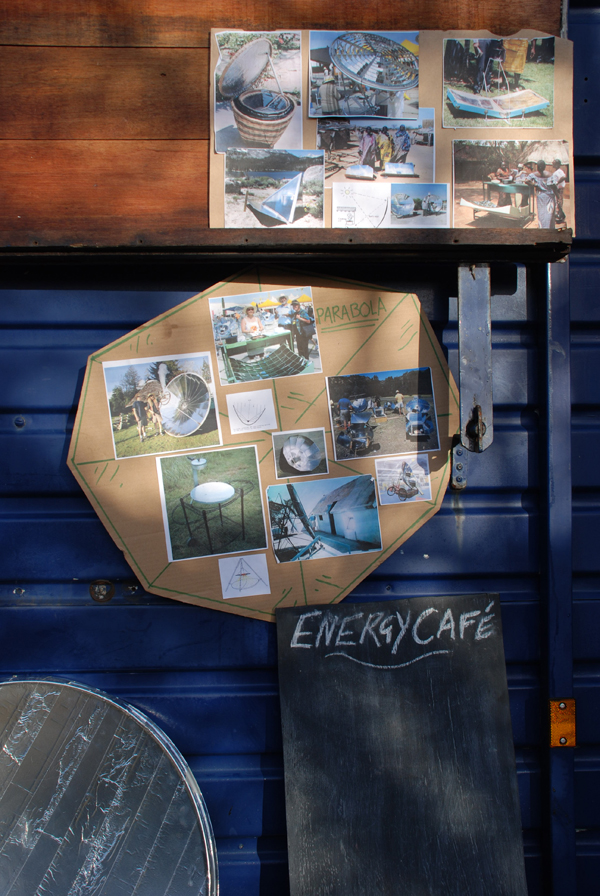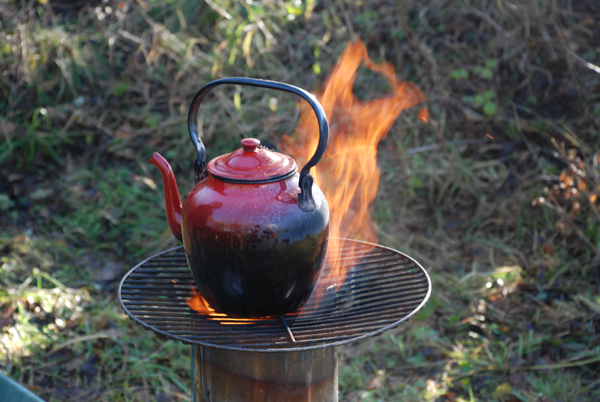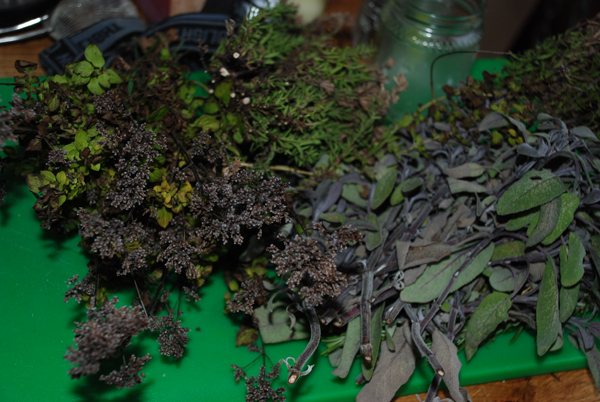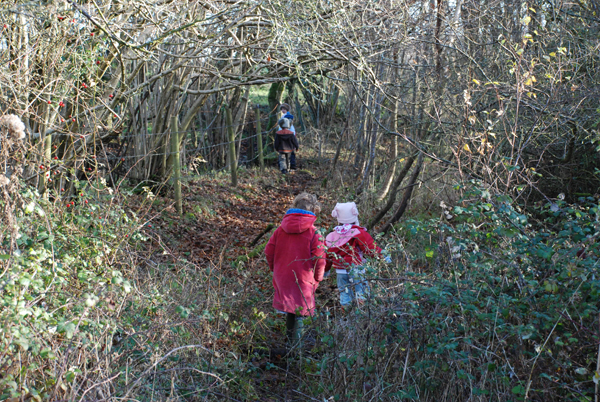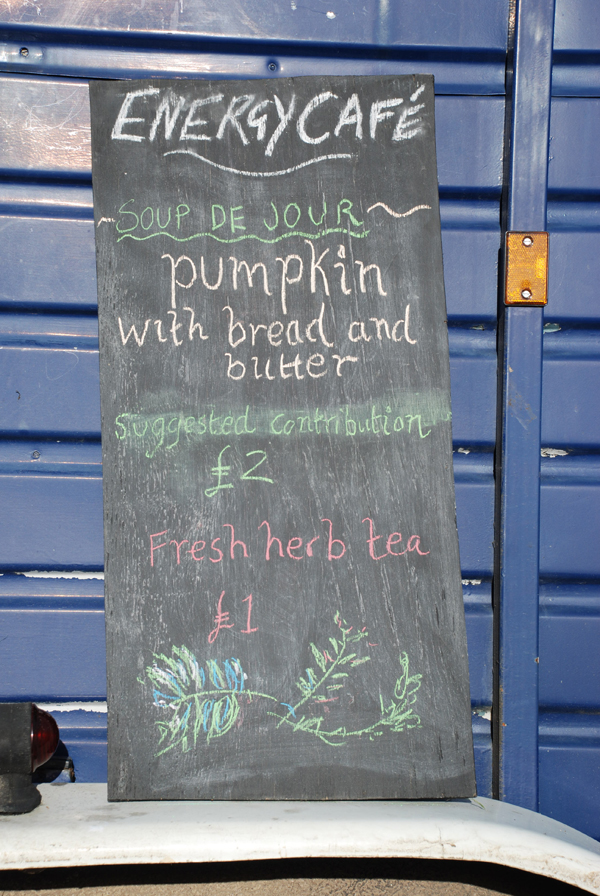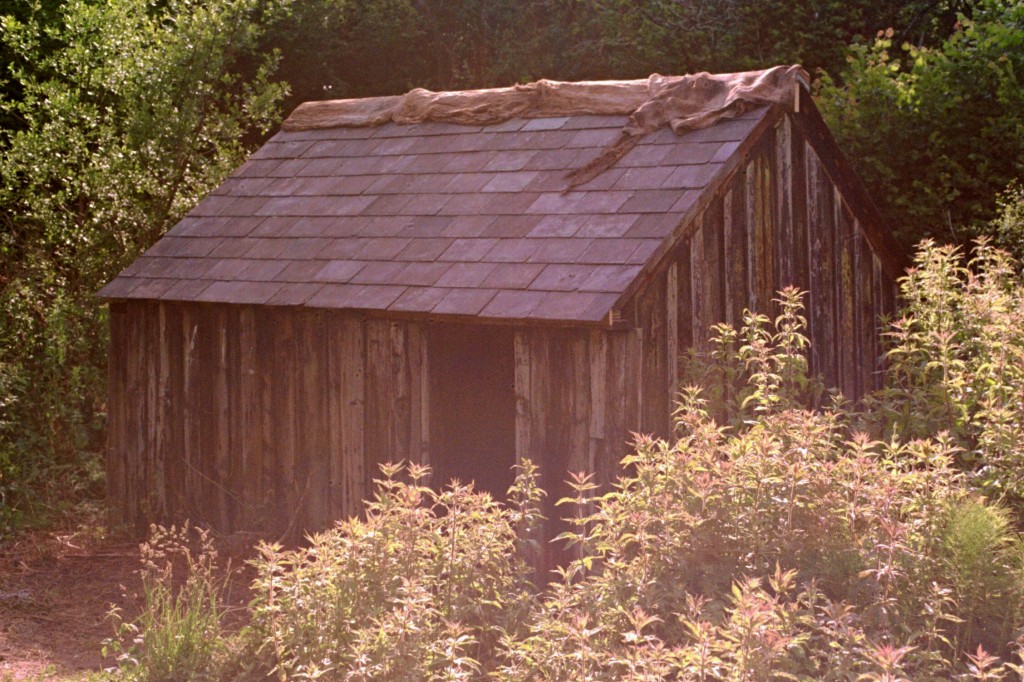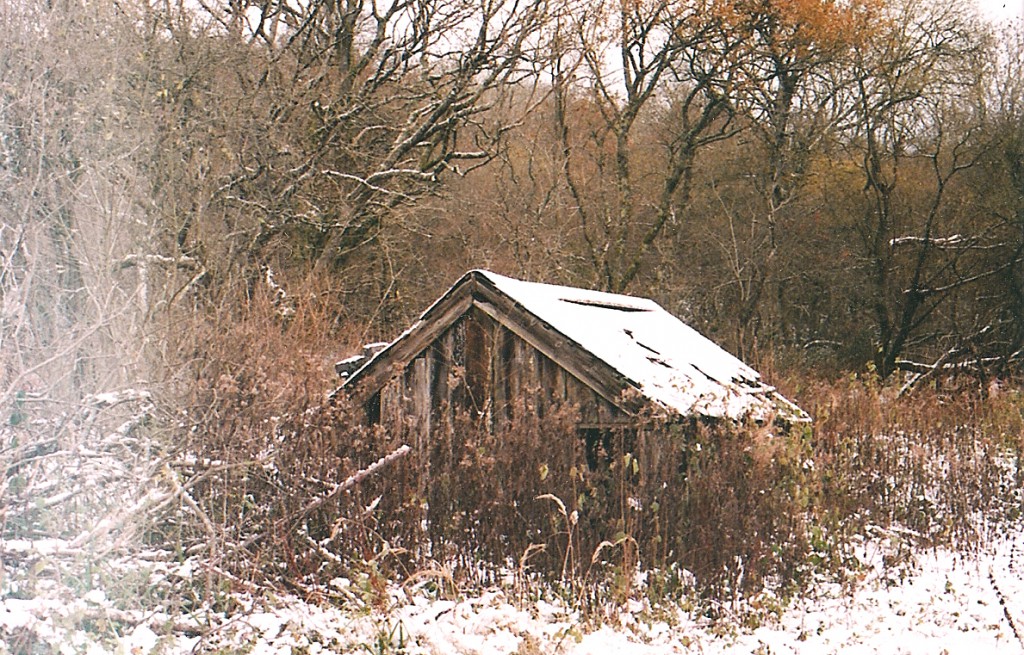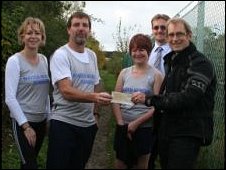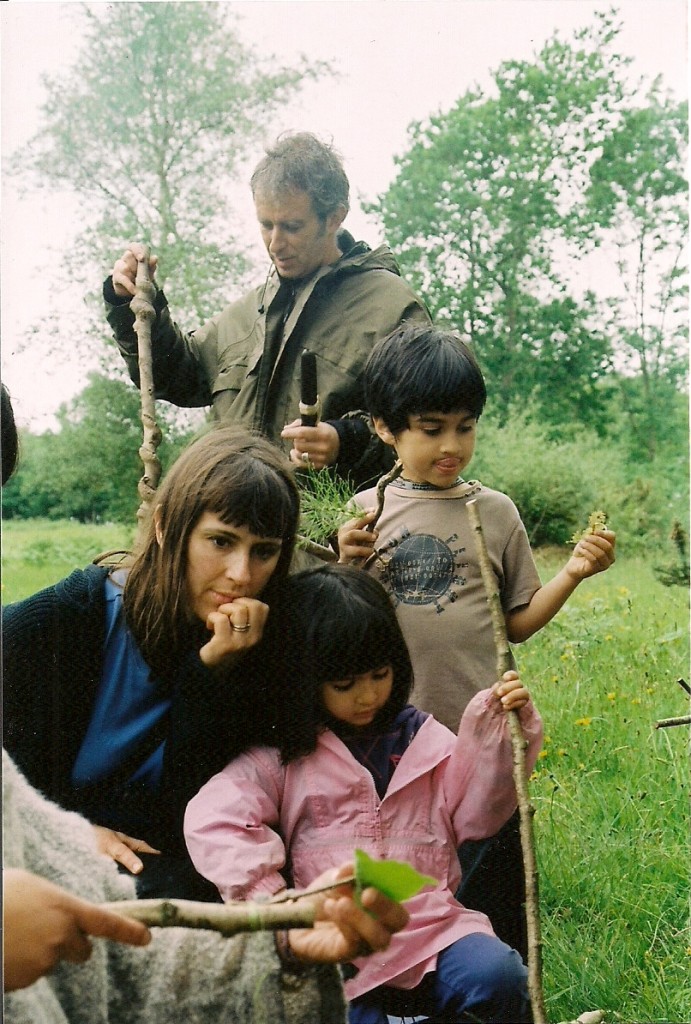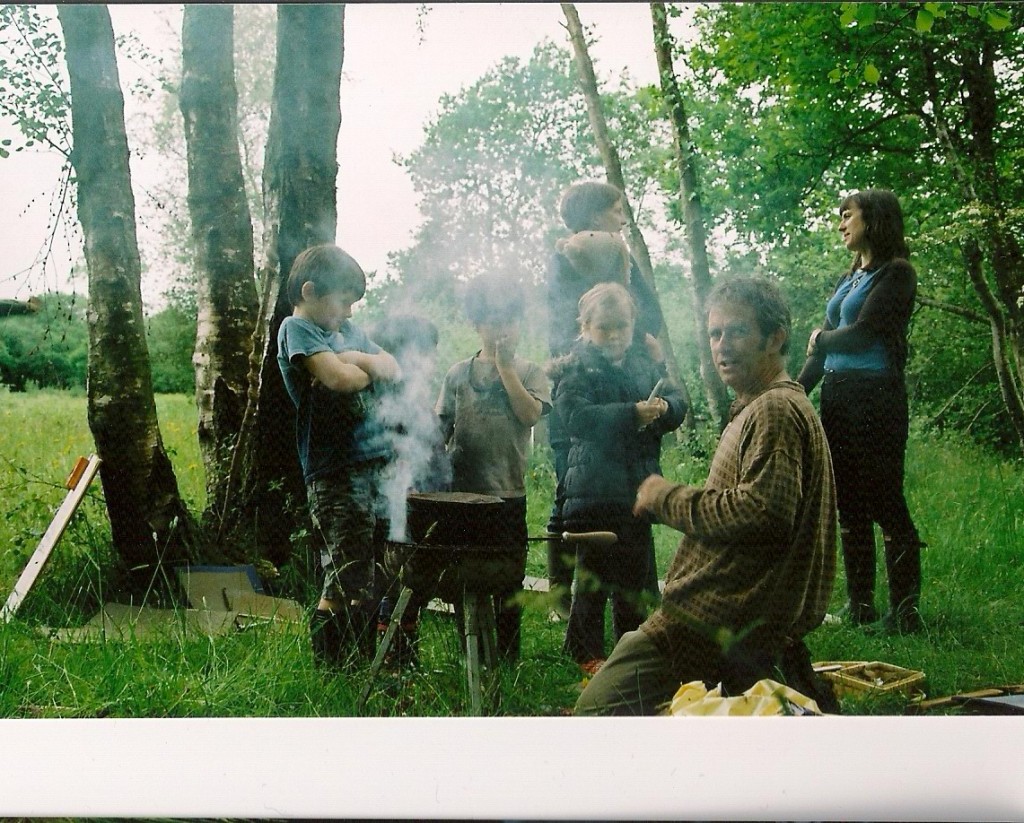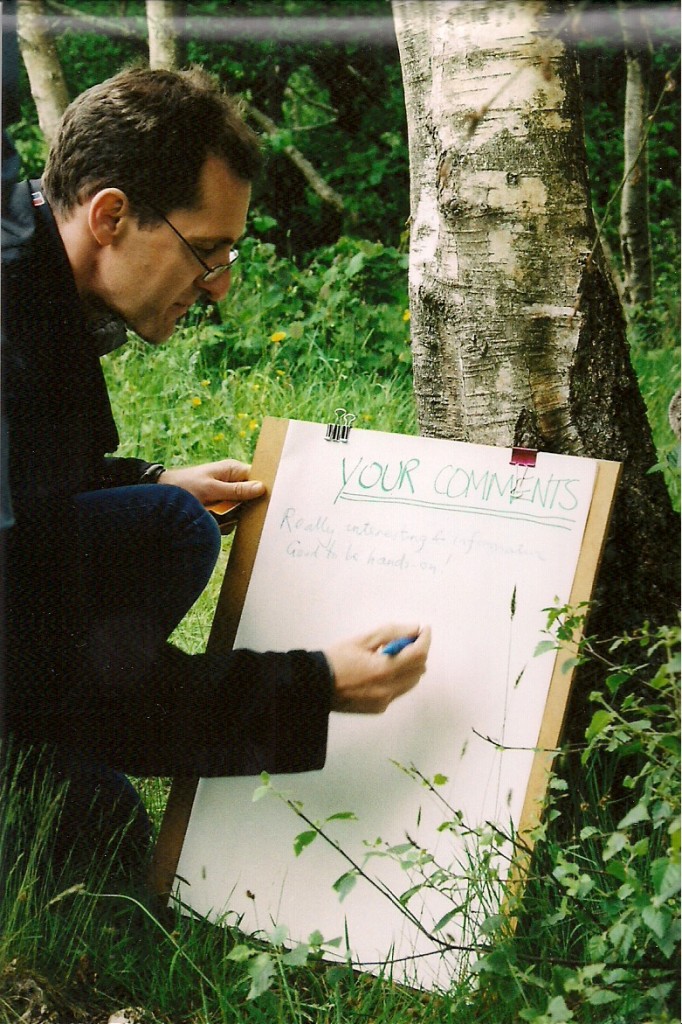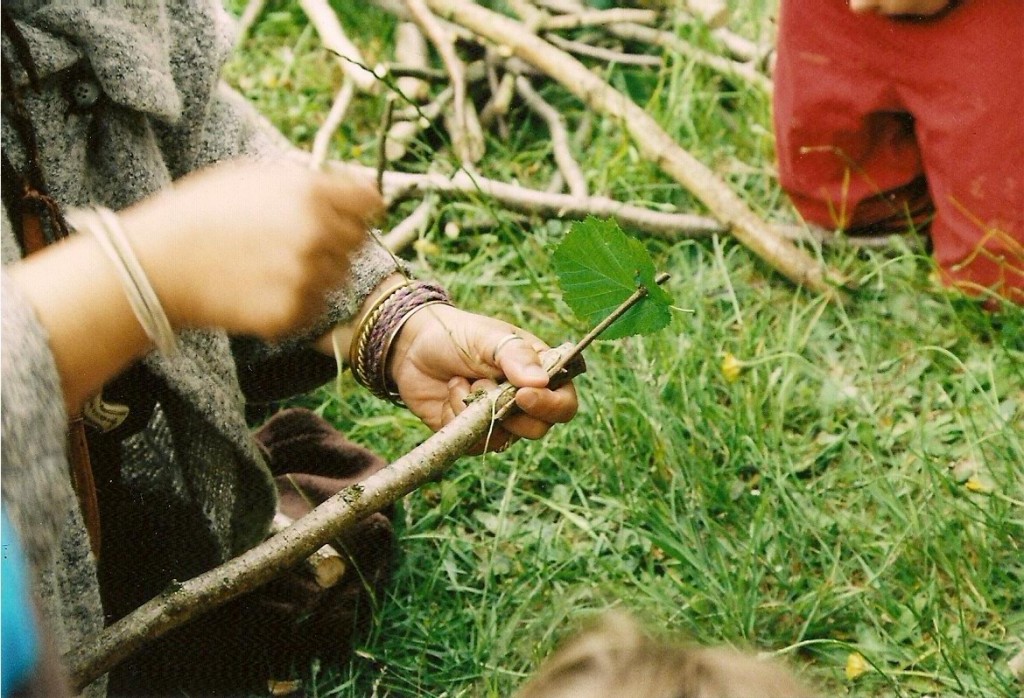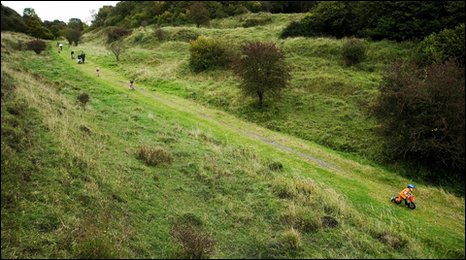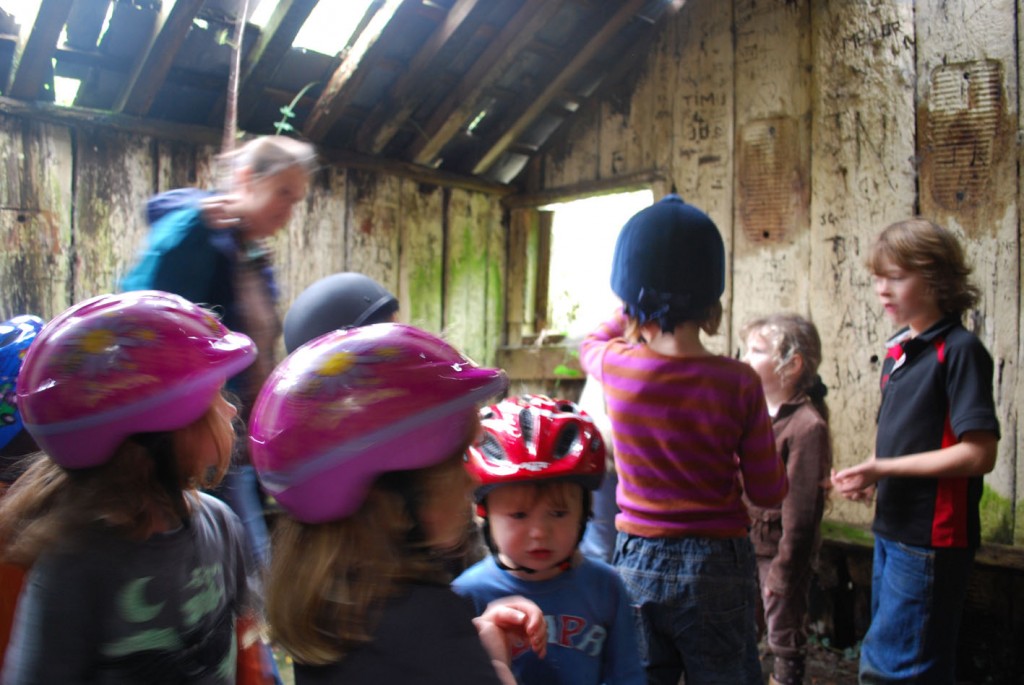Road for the Future
 April 2024
April 2024
Artists’ Biographies
Adam Chodzko lives and works in Whitstable, Kent. His art explores the interactions and possibilities of human behaviour. Working across media, from video installation to subtle interventions, with a practice that is situated both within the gallery and the wider public realm, his work investigates and invents the possibilities of collective imagination through using a poetics of everyday life. He has exhibited extensively in solo and group exhibitions in the UK (Tate St Ives 2008), Europe and the US, and has work in international public and private collections. www.adamchodzko.com
Anna Lucas is a London based artist film-maker. She makes work that develops observations of social networks and group dynamics in response to specific geographic and architectural locations. In 2008, she was Artist in Residence at The Oxford University Department of Physiology, Anatomy, and Genetics where she connected blindness, drawing and neuroscience through a series of events called ‘Land of Silence and Darkness’. Her films have been screened in the UK, Germany and US, and she has had a number of solo shows in the UK and Australia. Her work is distributed by LUX.
Judith Dean is a reactive artist who responds to whatever context she finds herself in, using a wide range of materials and methodologies including sculpture, installation, video and performance. Since winning the Jerwood Sculpture Prize in 2005 Judith has exhibited nationally and internationally. She has held solo exhibitions at the Slade School of Fine Art, London (2006), and at The Wordsworth Trust, Grasmere (2006). In 2006 she also exhibited in the Whitstable Biennale, and most recently at The Poetry Society in London. Dean currently teaches sculpture at University of the West of England, Bristol.
Sophie Hope Through her work, she tries to inspect the uncertain relationships between art and society. This involves establishing how to declare her politics through her practice, rethinking what it means to be paid to be critical and devising tactics to challenge notions of authorship. She writes and teaches on subjects such as public art, art and labour, the politics of socially engaged art and curating as critical practice at Birkbeck, University of London, where she works as a lecturer in the Department of Media and Cultural Studies. www.sophiehope.org.uk/
Anna Best’s work covers a range of media, publishing books, broadsheets and websites, film and video as well as the ephemeral format of live events. She has made work for public gallery commissions, eg. Tate Modern (1998), The Barbican (2007) and the Photographers’ Gallery (2003), taking place in diverse sites and contexts. She has initiated ambitious projects prior to Road For The Future including “Vauxhall Pleasure” on a local traffic interchange in London. She has maintained a part time teaching practice at a range of institutions including Goldsmiths College and Brighton University and currently lives in Dorset. www.annabest.info
30/04/2012
Adam Chodzko is making two works which transform Powerstock’s locality into a focus for global fantasies. In the first he has taken a series of short videos taken from the imagined viewpoint of a human or animal lying in wait or seeking refuge. Each video is uploaded onto Piratebay with the description that these are copyright-free videos, recorded on Powerstock Common, available to anyone who wants to use them as cutaways within other films. Thus over time the Common metaphorically lifts above its current location to spread globally as clods of earth and vegetation floating through digital and real space, able to freely enter other narratives.
The second work is a performance evoking another possible future; the vision of an overenthusiastic developer imagining a new branch of his bank opening in the incongruous setting at the centre of the Common. The bank is ‘created’ amongst the trees, simply and pragmatically, in order to indicate a few seconds of corporate video where the audience momentarily become the bank’s architecture, staff and protestors.
30/04/2012
Anna Lucas has made a film within which she observes and portrays three men at work, a deer stalker and squirrel trapper and an activist who utilises road kill skins. Who are they, why are we told so little, unanswered questions evoke a palpable atmosphere and take us to a place outside the verbal. In previous work Lucas has explored social networks and group relationships. This new work departs to focus on the solitary activities the men pursue, their relationship with animals and the land. Their aloneness echoes the fact that pre-oil the land was full of people working, and how at the same time the gentry had themselves painted in empty pastoral scenes, which have fed our notions of how the countryside should look. The almost stealthy quality of the men’s activity in Lucas’s film reiterates and questions this state of affairs. The film will be shown off grid using pedal power with Magnificent Revolution.
30/04/2012
Judith Dean has been working with ideas of territory and claiming, conflating the epic and the everyday, negotiating the omnipresence of cliché.
Faced with working remotely in relation to the Common, Dean resorted to trying to be there when she wasn’t, which immediately meant the Common didn’t have to be what or where it is, and that other places, where neither of them were or ever could be, could intrude.
The farce begins.
The Common becomes Rome, both as a foundation of British history and as a symbol of colonization, with a little persuasion and sometimes with the aid of props. This, in turn, is invaded by footage and sound from a variety of sources, that can both be related and unrelated to the Common and Rome; that offer simultaneously superficial and substantial relationships to both.
The work, a video, will be returned to Powerstock Common, where it will be shown on the tumulus, its oldest marked historical site. A performance / walk will take material from the video back into the unmediated world, a kind of excavation and / or reenactment of something that hasn’t happened yet, to see what happens next.
30/04/2012
Magnificent Revolution Workshops and Activities
25/01/2012
We understand the importance of equipping children and young people with the
knowledge and skills in order to actively participate in building a sustainable world.
MR has developed a series of workshops, and activities providing a space for children
and young people to express themselves creatively. In MR workshops attendees learn
about the issues surrounding energy production, consumption, climate change and
what can be done to ensure a sustainable future.
MR’s workshops are unique as they make use of our bicycle power generator, tying in
many aspects of the curriculum, from science to PE, in a hands-on and participatory
style.
Our inspirational and progressive team have knowledge of design, art and ecology, to
create a fun learning space with good role models.
Our workshops and activities generally engage participants in:
• Conceptualisation of energy, energy awareness and appreciation.
• Learning to examine issues critically and generate solutions creatively
• Recognising the implicit connections between energy use and climate change.
• Learning about renewable energy production.
• Exploration of the history of human behavioural habits and creative visions of
sustainable futures
• Building of motivation to take action and overcoming of barriers to change
our personal habits
In some workshops there may be an opportunity for the school to purchase the
generator that the children have built to create a lasting educational resource to teach
energy transfers/ electricity generation/ renewable energy sources/ environmental
topics in science, geography, citizenship and PE. Please speak to us to obtain further
information if you’d like to find out more.
_____________________________________________________________________
MR assembly
(Suitable for all key stages. Some of the KS1 children may be too small to have a go but they can watch the older
children from the assembly)
Duration: 45min to 1.5h (flexible)
Our assembly activity depends upon how much time we have. Our
workshops/activities are flexible and can be tailored to schools individually. The
school is asked to provide certain items prior to the workshop (see general list below).
The general outline of our assembly activity is as follows:
1. MR sets up a bicycle generator with 3 bicycles: 2 children’s bikes (24inch wheel size
minimum) and one adult bike. MR will also provides table lamps and bring along
different types of light bulbs.
2. At first we do a run with regular incandescent light bulbs. We pick a random
participant from the crowd to power the bulb. At first we switch on one 60W
incandescent light bulb (within the capacity of one child to power). Then we switch on
another light bulb, at which point there will be too much to power by a single
youngster. We then we do another lucky draw for an extra peddler. Between a pair of
them, they should be able to power two lights but it may take 3 lucky peddlers.
3. We repeat step two but with energy saving light bulbs to show that one child
maybe be able to power up to 3 energy efficient light bulbs on his/her own in
comparison with the incandescent light bulbs.
4. We then go on to try and power other appliances we find; trying to equate power
consumption with the number of people pedaling.
5. We will draw up a table representing the appliances and equating them to the
number of people we would need pedaling.
6. At this point we have a discussion about how appliances creating heat require a lot
more peddlers e.g. kettle would need 60 people cycling.
7. Lastly, we wrap up with a good lesson in pester power. Lets get those parents
understanding about what needs to be done!
School to provide:
• Table for appliances
• Teacher(s) at hand to help with powering appliances. It is good to have someone do this that
the children know as it adds a real fun element to see the teacher having a go!
• Some electrical appliances. This is something that the school can discuss with MR prior to
their arrival. MR can also bring items to power but we generally find that there are enough
around the school. The sorts of appliances that we are talking about are lamps, fans, radios,
and TVs.
• Blackboard with chalk or a flipchart with pens
• The schools will also be asked to promote the assembly and encourage children to ride their
bicycles to schools and have them used in our generator.
Powerama Workshop
(Suitable for KS1 & KS2)
Duration: 90min (flexible)
PART 1 (25min). YOU TELL US!
Throughout Part 1, we will map all the children’s answers.
• So, what is the big deal with climate change? Why is it a problem? Is it
important to you? If yes, why? If not, why not?
• Where does energy come from (geographically)? Coal, can be mined for in the
UK. Oil and gas often come from other countries such as the Middle East (oil)
and Russia (gas) and it is then transported all the way to the UK to be
transformed into energy in power stations.
• Why do we need to use energy? Do we ever use energy when we don’t need
to? E.g. leaving computer screens on when they’re not in use, leaving
computers on overnight, leaving lights on in empty rooms. Here we also
explore the complex web of energy use; from making food and clothes to
transporting ourselves around.
• Discuss the connections between energy use and climate change. Burning coal,
gas and oil produces carbon emissions, which contribute to climate change.
• Where do you expect the energy hotspots to be in the school? The IT room,
the kitchen, the offices?
PART 2 (25min). PEDAL FOR THE PLANET MEDAL – What Magnificent
Revolution did to address the problem?
In this section we introduce bike power and invite children to power various electronic
devices and appliances to conceptualise energy. The children will have a chance to
learn about how much power they can produce and how much power it takes to get
various appliances running. Children get to be part of the physical process of
generating electricity and feel the resistance as more power hungry appliances are
plugged in.
PART 3 (30min). SUPER DUPER POWER FUTURE – What could the energy
world of the future look like?
After getting inspired with the bicycles, children will be split into groups to do some
visioning about how we could make power in the future without harming the planet.
In groups, children will create newspaper articles/diagrams from the year 2500. The
work of different groups in all workshop sessions will then be collated together to
create a future energy newsletter.
WRAP UP (10min)
Informal chat about what the children thought about the workshop and if they ran it
for their peers what would they change, add or eliminate.
School to provide:
• Blackboard & chalk
• Scissors
• Colour pens & pencils
• Large sheets of paper
• The schools will also be asked to encourage children to ride their bicycles to school and use
them with our generator.
• Some electrical appliances. This is something that the school can discuss with MR prior to
their arrival. MR can also bring items to power but we generally find that there are enough
items around the school. The sorts of appliances that we are talking about are lamps, fans,
radios, and TVs.
_____________________________________________________________________
Human Power Workshop
(Suitable for KS3, KS4, KS5)
Duration: 2h -3h (flexible)
The Human Power workshop can work in one of three ways:
A. Building a simple bicycle-powered generator (1.5h)
We will take the children through the individual parts of our generator system to
explain how they function and then put a single bike generator together to power a
selection of appliances. Throughout the process we will ask the participants to guess
how much power each appliance uses and use this as a springboard discussion about
our personal power consumption and climate change.
B. Exploring human behaviour (30min)
Together, we will trace the history of the tools that we all use in the home and garden
and look back to what we did before the age of electrical appliances. We will discover
how much power appliances require and how this equates to bicycle power; not
forgetting to address the carbon footprints of productions. We will ask the kids to draw
a huge diagram to represent these ideas.
AND/OR
C. Addressing our needs and wants (1h)
We will host a topical debate based on environmental issues e.g. coal or nuclear
production in the UK. We will invite children to elicit their views and write a letter to
EU parliament/UK government.
School to provide:
• A4 Lined paper, pens, envelopes and 2nd class small letter stamps for attendees (option C only)
• Table for appliances
• Big sheets of paper and scotch tape to make a big sheet for diagram ((option B only)
• Some electrical appliances. This is something that the school can discuss with MR prior to
their arrival. MR can also bring items to power but we generally find that there are enough
around the school. The sorts of appliances that we are talking about are lamps, fans, radios,
and TVs.
• Blackboard with chalk or a flipchart with pens
• The schools will also be asked to encourage children to ride their bicycles to school and have
them used in our generator.
_____________________________________________________________________
iPower Workshop
(Suitable for KS3, KS4, KS5)
Duration: 2h (flexible)
iPower workshop runs in two parts. During the first part of the workshop participants
get to experience electricity production by becoming part of the physical process.
Participants will then go on to explore power consumption and production. This will
lead into a series of motivational sessions that will include the teachers and workshop
instructors. This part serves as a reinforcement and further engagement of
participants in their motivations to change.
PART 1 – Energy Exploration (1.5h)
In this part of the workshop, participants get to lean about the various parts that make
up the bike power generator and how they work. With the help of our instructors, the
participants will then get the chance to build a generator.
They will then go on to power various appliances from around their school and
discuss power consumption in terms of human power. The experience of the pedal
power generator and its function are then tied into exploration and discussion about
other renewable and non-renewable power sources and production.
PART 2 – Our motivation to change (30min)
The second part of our iPower workshop centres attention on the children and young
people’s own views. The instructors only ask questions. A comfortable space is
provided to allow participants to express their motivations for change, and the
concerns and circumstances that may affect their ability to lead a low impact life.
Children and young people are led to a better understanding of what motivates them
to change or what may be the barriers they will have to overcome to take action.
Through these discussions, workshop leaders can assess the readiness for children to
change their behaviour and offer hints, tips and appropriate websites, organisations
and publications to take action on the issues of sustainability.
School to provide:
• Blackboard & chalk
• Table for appliances
• The schools will also be asked to encourage children to ride their bicycles to schools and use
them with our generator.
• Some electrical appliances. This is something that the school can discuss with MR prior to
their arrival. MR can also bring items to power but we generally find that there are enough
items around the school. The sorts of appliances that we are talking about are lamps, fans,
radios, and TVs.
_____________________________________________________________________
Hopefully, see you at your school!
To find out more:
email: info@magnificentrevolution.org
tel: Barbora on 07843023538 or adam on 07736327958
write to us at: Magnificent Revolution, 15 Lister house, Lomas Street,
London, E1 5BG
Treewise proposed workshops
25/01/2012
Treewise propose 2 options exploring wildlife, charcoal making, whittling and storytelling about trees to the schools who can sign up for both or either.
1.to run a 2 hour outdoor workshop for each school on a site on the disused rail line near the school.
2. to do a day event for all schools to take part in along with 2 other local organizations.
see below
These workshops sessions are described by Treewise as follows
Each session will start with an exploration of the site through the senses, with short session collecting, sharing sensory elements, experiencing the site without undue mediation.
Duration: approximately 2 hours.
Numbers: a maximum of 15 children in each session.
Preferred adult to child ratio: 1 to 5.
Note: Ideally adults will also engage in the sensory exercises.
DENS AND HIDEAWAYS (SCIENCE)
Activity: Collecting and using finds on site. Making clay creatures and exploring what is needed to support them. Making homes from natural found materials
Follow up exploration of wildlife habitats. It may be possible to construction insect or invertebrate habitats on site.
JOURNEY STICKS (LITERACY)
Activity: tree exploration collecting leaves, twig, bark, seeds, fruit. Whittling wands and wish sticks, sharing ancient tree lore and tree facts through storytelling.
CHARCOAL MAKING (ART)
Activity: charcoal burning to make artists charcoal, stripping bark, cutting wood to size, stacking evenly, includes a demonstration of fire craft skills and fire safety.
It may be possible to follow with a mark making session to include earth pigments leaves and berries possible mapping.
These workshops will address elements of the key stage 1 curriculum –
Science
Life processes and living things:
– the differences between things that are living and things that have never been alive
– that animals, including humans, move, feed, grow, use their senses and reproduce
– to relate life processes to animals and plants found in the local environment.
Humans and other animals:
– about the senses that enable humans and other animals to be aware of the world around them.
Living things in their environment
– find out about the different kinds of plants and animals in the local environment
– identify similarities and differences between local environments and ways in which these affect animals and plants that are found there
– care for the environment.
ART Craft and design
– investigate the possibilities of a range of materials and processes
– try out tools and techniques and apply these to materials and processes, including drawing
– represent observations, ideas and feelings, and design and make images and artefacts
Knowledge and understanding
– materials and processes used in making art, craft and design
Literacy
Skills knowledge and understanding:
– sequence events and recount them in appropriate detail
Language Structure:
– how ideas may be linked in sentences and how sequences of sentences fit together.
Breadth of study:
– to communicate to others
– to create imaginary worlds
– to explore experience
– to organise and explain information
N
14/09/2011
I’m in London, sporadically and remotely working on this project for Powerstock Common. I have over 250 photos and piles of notes, and an inaccurate model I made a few weeks ago using an A1 photocopy, green watercolour and clay. I also have various props I bought earlier in the summer with the Common in mind (with the common in mind), some fragments of video footage shot from my computer, and a contact mic. And I’ve been thinking about Rome, with links to the Common, other recent projects and the desire to be somewhere I’m not.
(CRoW)
29/08/2011
The Countryside and Rights of Way Act 2000 (CRoW) gave a new right of access to mapped open country and registered common land. Section 16 of the Act gives freeholders and longlease holders the opportunity to voluntarily dedicate their land for public access, subject to the same rules as mapped access land. Many areas of England are mapped already, but full mapping for open access across England will be in place by 31 October 2005.
Enter between two circular spiral timber sculptures, drive slowly along a drive curving through young trees, past temporary structures built as tests. Two halves of a platform or stage are folded up in a small clearing. An open workshop site with shipping containers full of tools, tarp covered timber and concrete structural joints. The indoor workshop is a double bubble of white plastic. Lo-fi futurist, sodium lit giving an orange glow from inside. Large scale machines and international students. A tent roof covers an angular structure adjacent. This is the communal kitchen dining room. The doors lean outwards, at an angle, and have to be pushed hard inwards to open them into a clean functional kitchen, and on to a dining room with raw timber structure ceiling.
Next to this building is a small garden, old kids climbing frames and toys now form homes for bantam hens. A green painted caravan with a balcony and chimes and glass beads in the window.
The squirrel trapper comes out of here in camoflage trousers a long sleeved t- shirt and heavy boots.
We walk and talk. The first trap is not far off the gravel track behind the caravan. A small wooden box about 60cm long and 20cm wide under a tree with a couple of logs either side of it, and two sticks across each open end.
He removes the sticks and uses one to pull out a metal trap. It’s empty but he demonstrates the mechanism, which springs with a loud snap. Pushes it back into the box and releases the safety catch. Replaces the sticks across the entrance. Squirrels are curious, so changes to this little environment will attract their attention.
It is the end of the season. In May there were around three a day from the twenty or so traps laid all around the site. Now it is rare to find one. The traps need checking every day and it takes about an hour by foot and mountain bike.
Squirrels are destructive to the trees. They ‘ring’ them by chewing a strip of bark around the base of the tree and it gradually dies. Some of the trees have evidence beneath them of pine-cones stripped back and bark curling off the trunk.
The land was purchased cheap in the late sixties by Makepeace, an architect from the Architectural Association. He was interested in finding a use for the saplings that needed thinning to manage the woodland. He set up the space for students to experiment with using the timber from the site to create buildings. The squirrel trapper is the son of the site workshop manager, and his mother runs the dining room. He does the job for three months of the year, a tenner a round, plus he cleans and helps on site.
The circuit leads up through long grass and older beech and oak trees. Each box is slightly different, same structure and principle, some numbered, some exposed on earthy ground, some almost hidden. The trapper dashes in and out of the woods, half running to check each one. One hand gets covered in ticks after disturbing some soil near one trap. He brushes them off before they get lodged. Further on thin pines up a steep bank covered with bracken and foxgloves. A high seat attached to a low pine overlooking the path we have taken. Deer run from a clearing of beech trees where the last trap is checked. Also empty.
10/08/2011
paula orrell, anna best, adam chodzko, anna lucas, judith dean walking and talking
… about the project’s relationship to the art world audience …
30/07/2011
paula orrell, anna best, adam chodzko, anna lucas, judith dean walking and talking
… about the cycle path …
30/07/2011
paula orrell, anna best, adam chodzko, anna lucas, judith dean walking and talking
… about working with the AA at Hooke Park and the wild kitchen proposal …
29/07/2011
He calls whilst I am recording the dawn chorus. His two year old son has hidden his keys so he is late. He finds them in the funnel of the toy train, and arrives in a pick up at the head of the drive at six. We drive to the top of the hill, park and walk to the Warren, a large open field recently mown with bales dotted across it.
We stalk and talk.
He tries to kill two and a half does for every buck. You have to keep the female population under control otherwise they take over. They breed you see. They have twins or even triplets. Two this year had triplets.
Will leave a buck until he’s about six and then take him out. That’s the best age, if he’s a good one, let him pass on his genes.
If the antlers don’t grow up above the ears in the first year then we’ll take them. But we’ve got one roe buck who’s a six pointer already after only a year.
He looks after 25 – 30,000 acres. There’s no-where like this. They don’t fertilise here because it’s SSSI land, so you get so many butterflies and flowers here. Orchids that you’ll find nowhere else. Just up on the Dorchester road where it’s commercial farming, there’s nothing like what you’ve got here.
He’s going to have his ashes buried under a high seat in a field just over the road. Mapperton. Already squared it with her ladyship.
I hate squirrels, and foxes and badgers. Shoot them or poison them. Get rid of them, grey squirrels. Ninety percent of the trees they took out of the woods there were ruined by squirrels. They ring ‘em.
When he has shot an animal, he’ll hang it straightaway in a tree or on a fence, and then come back with bike or truck with a winch, grollock it right there, and then winch it out. He takes them back and hangs them in the larder for a month and butchers them for burgers, sausages and meat which he sells from a trailer at fairs. You have to check them from the diapraghm down. He has a man who comes once a week to take the innards and the legs to be incinerated.
He saves some of the bits. All the light pulls in his house are made from antler bits. There’s a factory that still make coat toggles out of the antler ends. He knows a guy who builds furniture out of antlers. He’s a real artist. He carves a stag head onto the end where the antler joins the head at the end of the armrest.
He talks about a millionaire he knows in the states who has a trophy room the size of a football pitch with a retractable roof that he used to crane in two elephants. He has everything he shoots taxidermied. He has built a fiberglass mountain in there for all the goats and sheep. He has two Marco- Polo longhorns in there, the rarest thing you can shoot, they cost quarter of a million each.
10/07/2011
White pick-up truck, grey morning. Blue tongue and black foot are the livestock diseases to inoculate against. This is done through a chase. Thirty or so steer, handled three times a year and thus quite wild. Two age groups who separate. They might be thirty yards from you and you wouldn’t know.
Their sperm tubes get crushed by a specific tool at around five months old and their bollocks then shrivel up. They get a good five months growth before this happens which helps make them strong enough to cope with it. Their horns will be corterised too, and that act of both this and the castration keeps them calmer animals. They are still quite wild because they are infrequently handled.
A lot goes on at night. The poachers know where to find the key – it’s easier than repairing the gate. They will vandalise it if they can’t get in with the key. It’s not like a managed cull because they poach any deer, they are not discerning. You can get 50 or 60 quid for a deer from a butcher how doesn’t ask too many questions. So three in a night is not bad going. The police won’t do anything about it.
They hang the legs in the trees near the track as trophies, and grollock the animals in the open so they have less weight to carry out. Some of them have winches hidden in the vehicles to help them get out quick.
The steer are good for the common. They keep it grazed which promotes new growth of the diverse plant species. In the winter their footprints help aerate the soil.
The farmers eyelashes are thick and dark, like cows lashes.
After four days of criss-crossing the common on foot, there is still no sign of the livestock.
30/06/2011
Group of botanical illustrators eating lunch.
All but one seem to be beyond retirement age – it’s a hobby more than a profession. One with straight hair clipped back. Pastel shades. There’s only one man whose wife Daphne is also doing the course.
Magnifying glasses, hairline paint brushes, trays of ancient moth samples from a purpose built chest of drawers.
We talk about the Art room atmosphere of intense silent concentration arising from studied drawing.
Wilting nettles in a marmalade jar.
Yellow moth painted on velum.
Delicate ink pen drawing of a plant hosting a delicate water-colour painted moth.
Books on British moths and butterflies and related n atural history laid out on a round table under the stairs.
A box of small clamps and clips like jewelers use.
Cloth topped jars of jam next to raku-fired pots on the windowsill.
View onto picnic benches where three women spanning five decades eat homemade sandwiches and talk about the poly-tunnel.
A blonde woman feeds brown lambs in a small enclosure beyond the picnic area.
Lanolin smelling dark brown sheep shearings in two huge sacks in a barn.
